-
Posts
2.332 -
Joined
-
Last visited
-
Days Won
60
Posts posted by Sundiata
-
-
@Alexandermb, ok, better now, but the last remark is that the hind leg shouldn't stretch so far behind the horse when bent. They should be bent underneath the body. A rounder butt would also help define the leg. (don't hate me please
 )
)
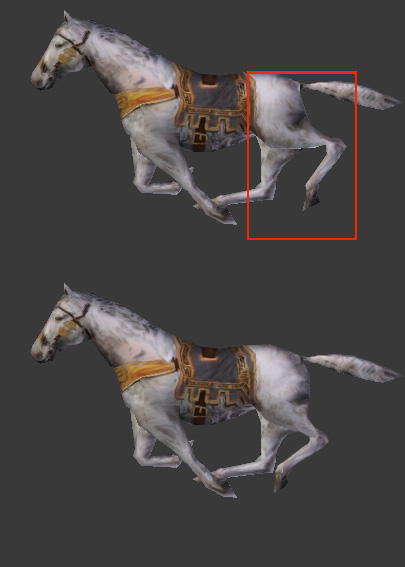
-
 1
1
-
-
@Alexandermb, like phalanx said, sorry for the nitpicking, but the chest went missing again. The upper front leg bones are positioned too much to the front, or too high, or something causing the leg to flex weirdly. The leg should stay the same size throughout the animation, and the chest remains prominently visible (and unchanged) throughout every step of the sequence. Ideally, the last bone on the hind legs (the hoof) needs to be a little bit shorter (so the hoof can bend more sharply).
Another useful image (download and zoom):
-
 1
1
-
-
@Alexandermb, I actually think what makes the back legs still look a bit bizarre are the fact that in the animation, when the hind legs are at their highest point underneath the horse, the bottom of the horse's hoofs are pointing downwards at an angle of 180°, while the bottom of the hoofs are supposed to point outwards at an angle of about 135°. Basically it needs to bend a little more (it's a little detail, but it could make the anim more natural).
Another small suggestion is to add another bone to the back half of the tail, so that the tip of the tail can whip up and down more convincingly.
@Phalanx Nice vid, but the horse's gait in that vid is canter, while the horse in Alexander's anim is galloping (faster/intenser). It makes the comparison at bit difficult, though I agree that the lower half of the back leg doesn't need to come up as high it does in the anim (it should indeed still angle a little downwards at it's highest).
ps: wasn't wowgetoffyourcellphone referring to this guy's wrist:
Spoiler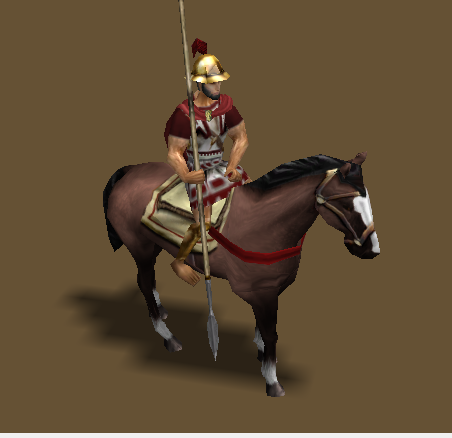
Also, maybe:
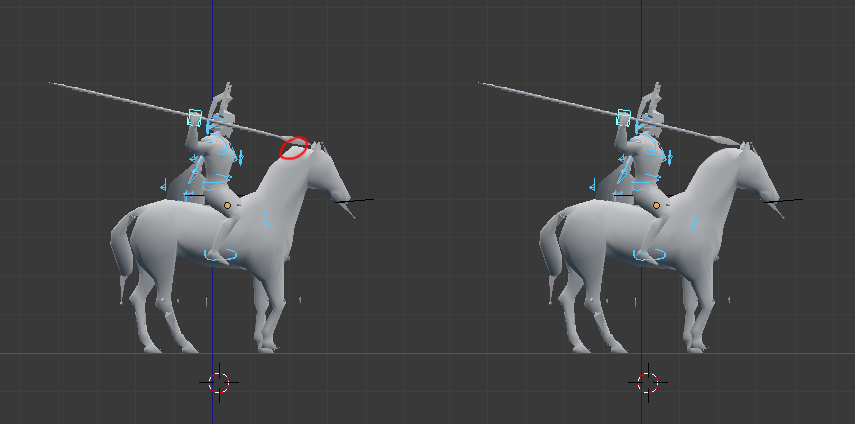
You're almost there!

-
 1
1
-
-
@wackyserious I love them, especially that Kausia cap is really cool (you'll use it for some of the Macedonian and Seleucid units as well?).
One awkward question though: Those double stripes on the tunics, what's the reference? A quick google search only turned up one similar example (with thinner stripes) from a secondary source. I'm not sure, but I think those are closely associated with Roman tunics
, not Hellenistic ones... Maybe a slightly different variant is in order, to distinguish them, like only one stripe on the left or right side, or something. I don't know.ok, scrap that, I found a Hellenistic reference, from Sidon, Lebanon, but it does show much thinner stripes, different from the Roman looking example in your texture. Maybe just narrow the stripes a little.
-
 1
1
-
-
The Kingdom of Kush: Architecture
Throughout this thread, the architecture of Kush is discussed and illustrated at length. LordGood has made a very intuitive use of the reference material and has created an absolutely beautiful building-set! This reference post on Kushite architecture aims to provide the final "raw materials" including many details and illustrations for the final great push towards the most accurate representation of Kushites in any work of modern times.
@LordGood This post will be of particular interest to you. I'm not expecting you to do anything with the current models yet, I'm sure you have your hands full, and I still need to do stuff with the textures. As I said earlier, I will make a specific "architecture revision" post, to discuss the current models and make my final remarks/suggestions, in part based on some of the stuff shared in this post.
The Architecture of Kush:
SpoilerThe palaces of Kush:
A Meroitic period palace from Jebel Barkal, Napata.
A palace from Meroë
A picture of an excavated section of the palace, with an open courtyard in the middle.
A large Napatan palace
Another little known palace
The Pyramids of Kush:
On a wall of the pyramid chapel of BEG N8, the geometric schematics necessary for building a pyramid are actually carved on to stone! Apparently Kushites used the Cubit, for measurement.
The pyramids at Nuri look a lot more like the traditional Egyptian pyramids we're used to.
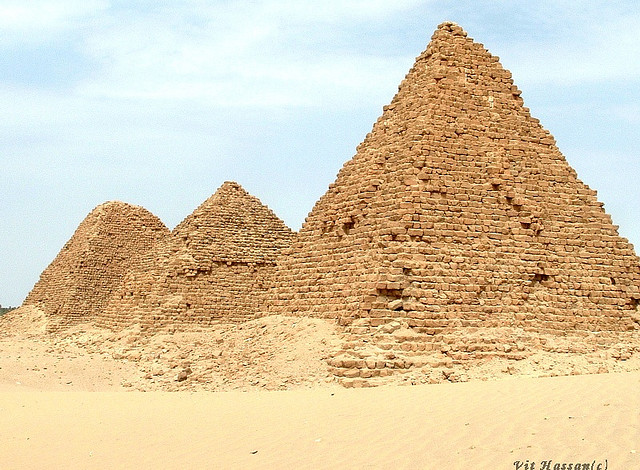
Although this is no pyramid of Gizeh, it's size is still quite impressive. Nuri.
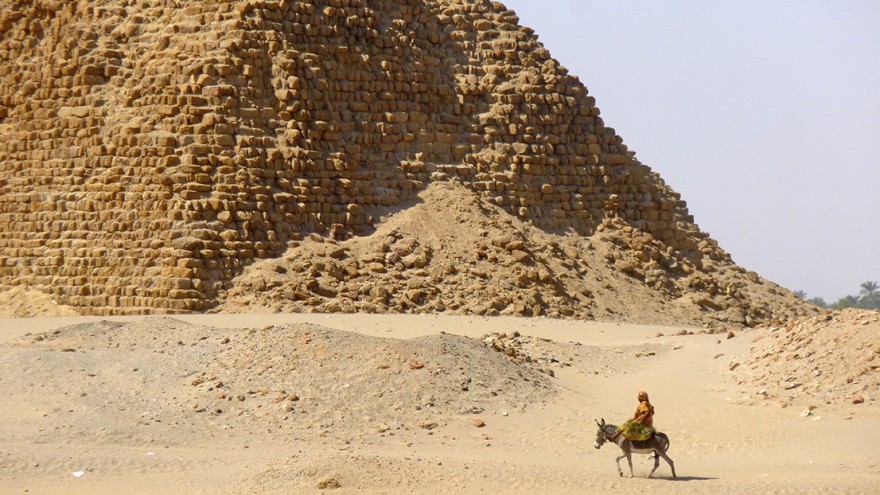
A model of the Pyramid of King Aspelta at Nuri, Nu8
A cut stone doorway leading in to a pyramid chapel
Kushite pyramids were fundamentally different from their Egyptian counterparts in the fact that Kushites actually cut out a subterranean burial chamber in solid rock, and then built their pyramids on top of this often vaulted chamber. A steep descendary running underneath the pyramid chapel, connects the chamber to the surface. The chambers are usually entered through a doorway cut from the rock itself, like the rest of the chamber. These doorways mimic domestic designs. The descendary would be filled with sand and rubble after the funerary rituals.
Another fine example of a cut stone doorway leading to a burial chamber underneath a pyramid.
The Rams of Kush:
One of the rams lining the processional avenue to the Amun temple in Napata. The cut stone wall behind it is the right half of the absolutely massive pylon (which had a staircase inside of it leading to to the rooftop!)
Processional avenue of the Amun temple at Naqa, lined by stone Rams on pedestals.
The rams of Naqa
The rams of Naqa
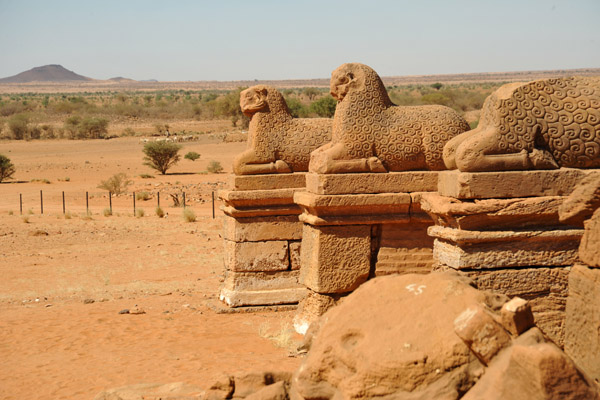
A collection of Kushite stone Rams from el-Hassa, Soba, Dangeil, Naqa and Kawa.
The Temples of Kush:
The Temple of Taharqa at Kawa:
A magnificent temple built by Taharqa, currently reburied by the desert sands (as with many other Kushite sites)
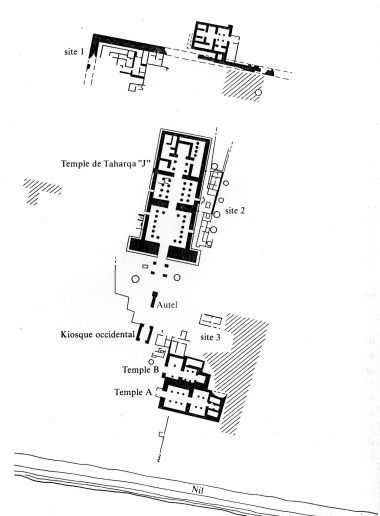
Inside the massive temple after excavation.
Taharqa also commissioned a freestanding shrine inside the temple, highlighted in the picture (red), which was removed during the excavations and taken to the Ashmolean Museum of the University of Oxford, where it still stands today. The shrine also features the Prayer of Taharqa, a surprisingly personal and emotive prayer, in which he laments the loss of tribute from Israel after the Assyrian conquest of the levant, and prays for his sister and her children, who are presumed captured by Essarhadon's troops when they entered Memphis.
The Shrine of Taharqa, gives decent impression of the size of the temple itself, which dwarfed this shrine.
You can see where the stones of the shrine are cut away in a semicircle, to fit it in between the pillars of the temple. A Statuette of Taharqa can be seen inside the shrine
One of the rams from Kawa, with Taharqa carved under it's chin, in front of the Shrine of Taharqa. On the Shrine, Taharqa is seen offering gifts to a seated Amun.
The Temple of Amun at Meroë:
The first Hypostyle hall of the Amun temple in Meroë (the forecourt). Judging from the size of these remains, this temple would have rivalled the one at Napata.
One of the altars. The cut stone wall behind the altar is a part of the Royal City walls, the Amun temple itself stood outside of the Royal City, but was walled by it's own enclosure wall, attached to the city walls.
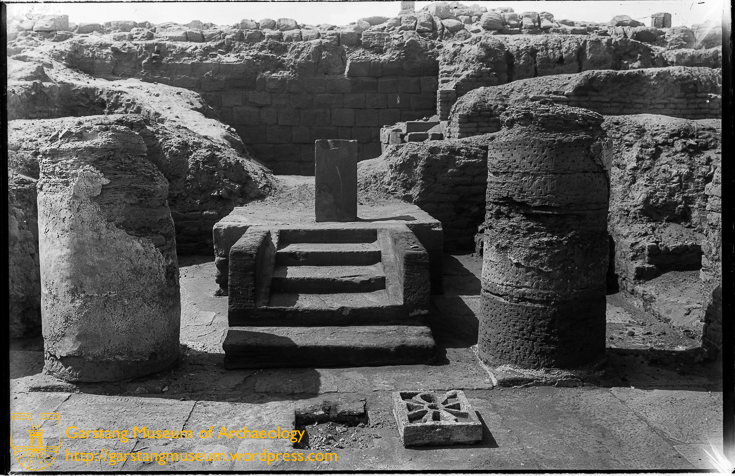
A complicated maze of rooms in the back of the Amun temple, where the holy of holies was located.
Detail of a "papyrus shaped" column capital on it's head inside the temple
The second Hypostyle Hall in the Amun temple, leading to a third and fourth open court, before reaching the altar. An interesting detail are the relatively rare, square shaped brick columns in the front two halls, but the use of the more common, cut stone round pillars in the back chambers.
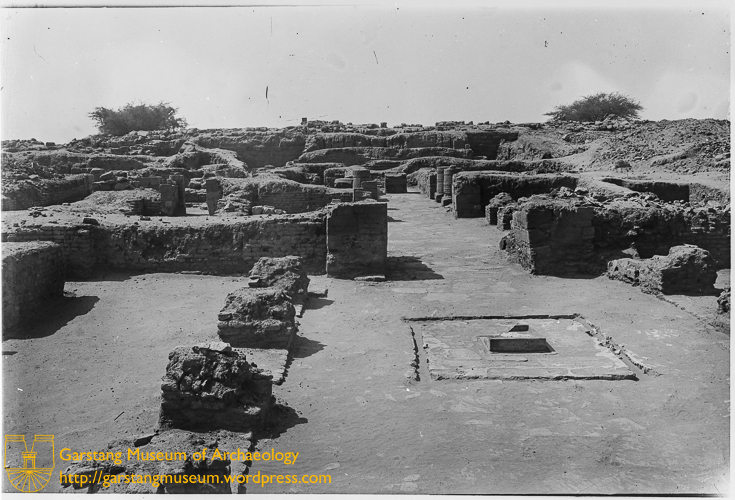
Excavations under way. The large heap of rocks and rubble behind this temple are actually the remains of the massive eastern wall of the Royal City
The Temple of Amun at Naqa:
The elegant remains of the Amun temple at Naqa. This temple was a smaller, more truncated version of the larger Napatan and Meroitic Amun-temples.
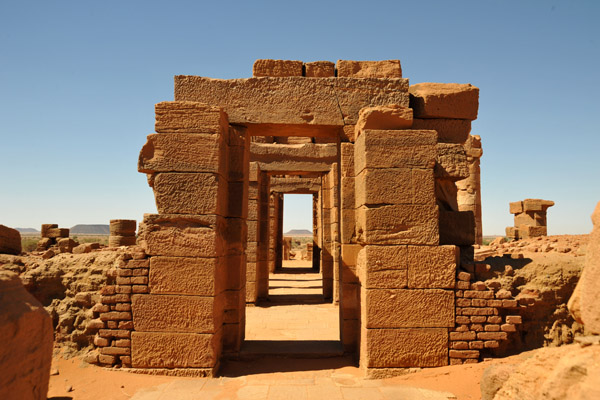
The remains of white lime-plaster which would have once covered the entire temple, are still clearly visible on many parts.
Rare square shaped column capitals.
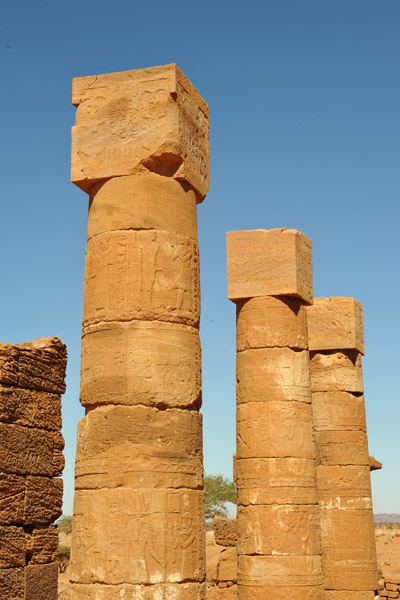
A detail of the square column capital
Temple M 250 at Meroë, also known as the "Sun Temple", although it almost certainly wasn't a "Sun Temple":
An aerial shot, showing the remains of the temple, as well as it's temenos walls and a very large round haffir, used to catch water runoff from the adjacent wadi during the rainy season.
The temple was built on raised podium, and it's reliefs feature battle scenes
A number of 3D reconstructions of Temple M250.
Musawwarat es Sufra:
The great cult complex of Aborepi (Musawwarat es Sufra) has many unique details, like it's richly carved columns
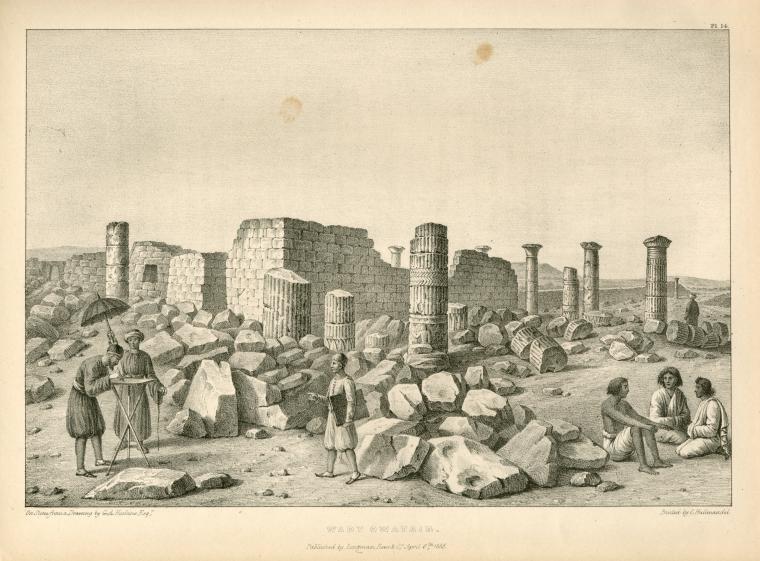
Temple 300 (the current reference for the Kushite wonder in game). Statues of rulers or gods holding lions on leashes flank the entrance.
Temple 200. Even in it's throughly ruined state, the bottom register of the pylon reliefs can just be made out: bound prisoners.
Other temples:
The kiosk in front of the Amun temple at Dangeil
Lion temple of Naqa
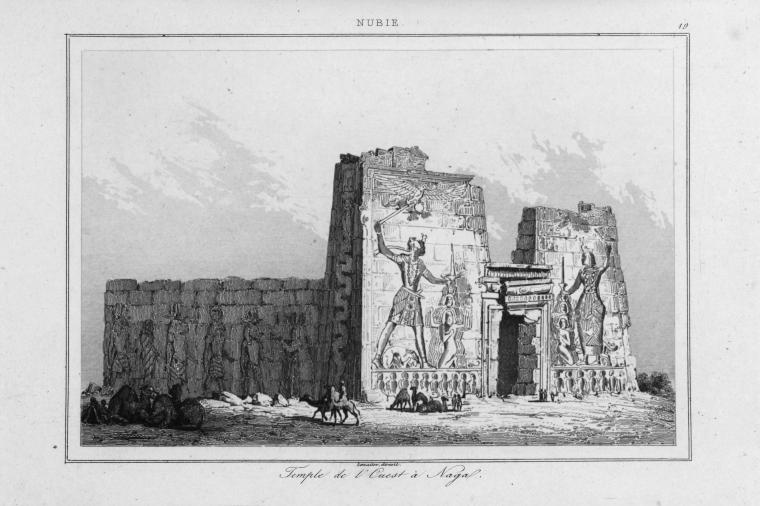
Pylon of the Lion temple at Naqa
A temple from Sonijat, a recent archaeological site that has also turned up a massive Kushite palace, still under excavation.
A partially rock cut temple at El Kurru
The central temple of Hamadab, a Meroitic town less than 3km from Meroë. The entrance of the temple was flanked by the so-called Hamadab stelae, which feature a single continuous inscription, the longest known Meroitic text. Commissioned by Queen Amanirenas and Prince Akinidad, it is believed to mention Rome (Arme) as well as the T'mey or Temey, a generic term for White people or Europeans, and mentions how the inhabitants of Napata were "taken away" (men, women and children), seen as a reference to the enslavement and deportation of Napata's inhabitants during the Roman sack of the city.
The remains of temples with Bes shaped pillars and pillars with Hathoric capitals at jebel Barkal, Napata.
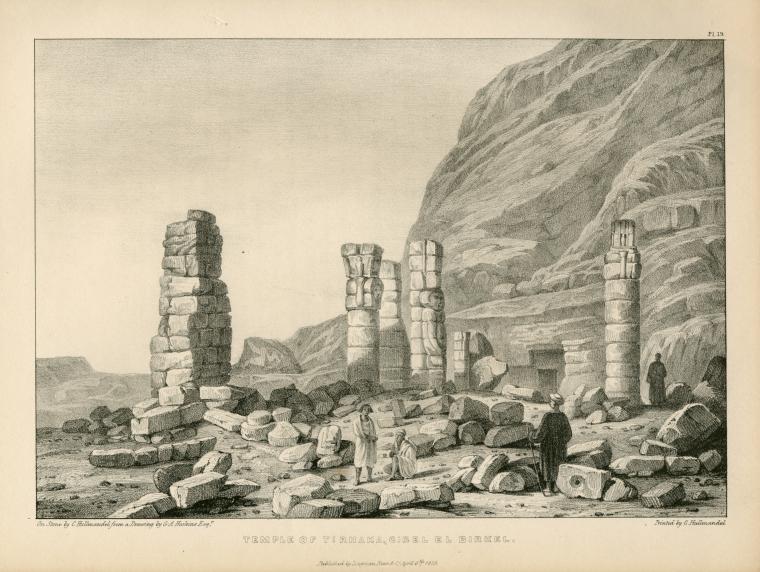
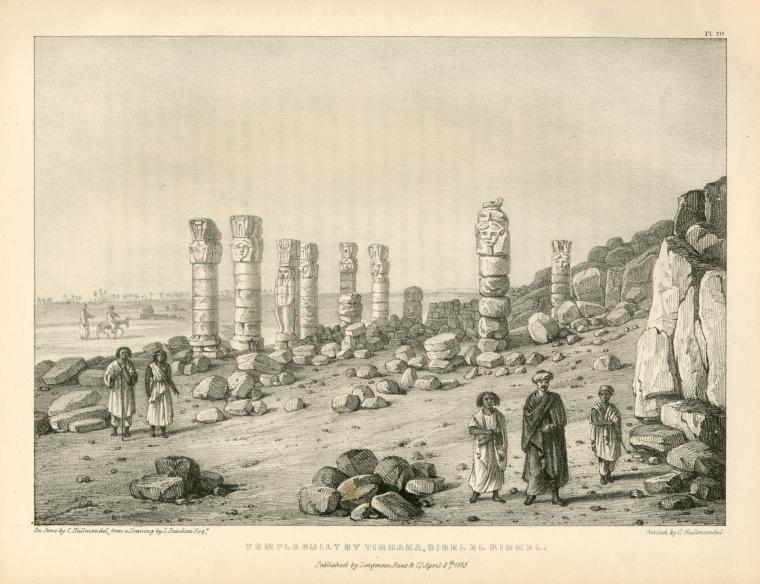
A partially rock cut temple
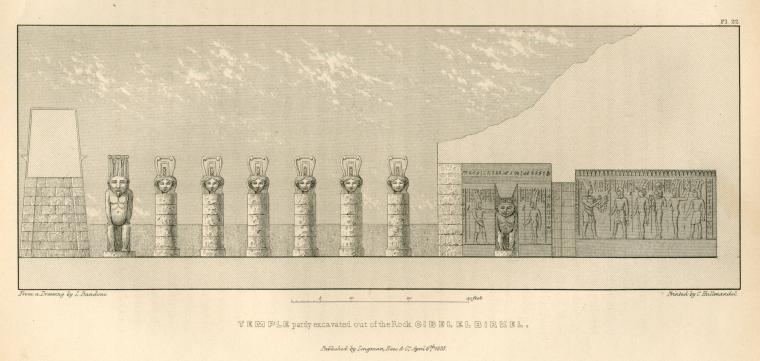
John Garstang, the British archaeologist who performed the first large scale excavations at Meroë between 1909 and 1914, at the Isis temple in Meroë, with a local boy. It seems that Garstang's excavations were the most comprehensive to date, and many pictures I've shared before come from these particular excavations.
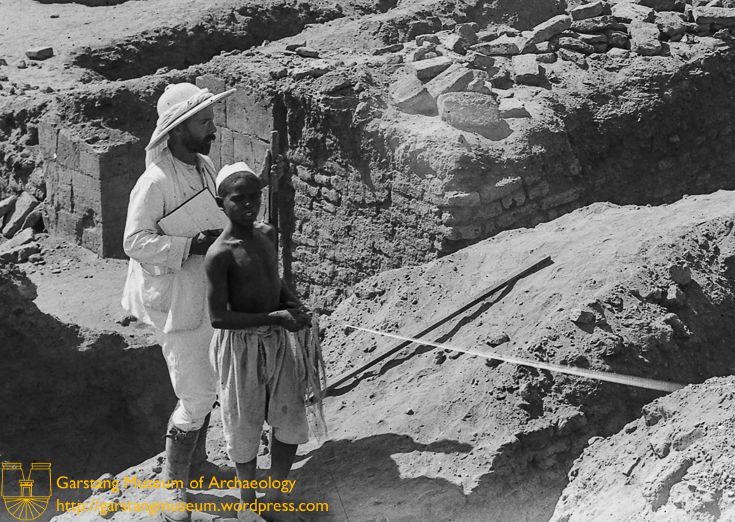
Qasr Ibrim (Premnis):
The fortified city of Qasr Ibrim, known to the Romans as Premnis, was a flashpoint throughout Nile valley history. It was sieged and occupied by Gaius Petronius during the Roman war. He repaired and updated the defensive walls and made use of impressive ballistas to defend the site from attack, which operated from the top of specially built platforms, and would have been able to rain down stones from at least 300 meters distance, rendering any frontal assault on the site suicidal. The hundreds of Roman ballista balls (some inscribed with their weight) attest to the importance of these machines during the Roman campaign.
A rare picture of Qasr Ibrim before the construction of the Aswan High Dam, which submerged large parts of the ancient site, except for the ancient citadel.
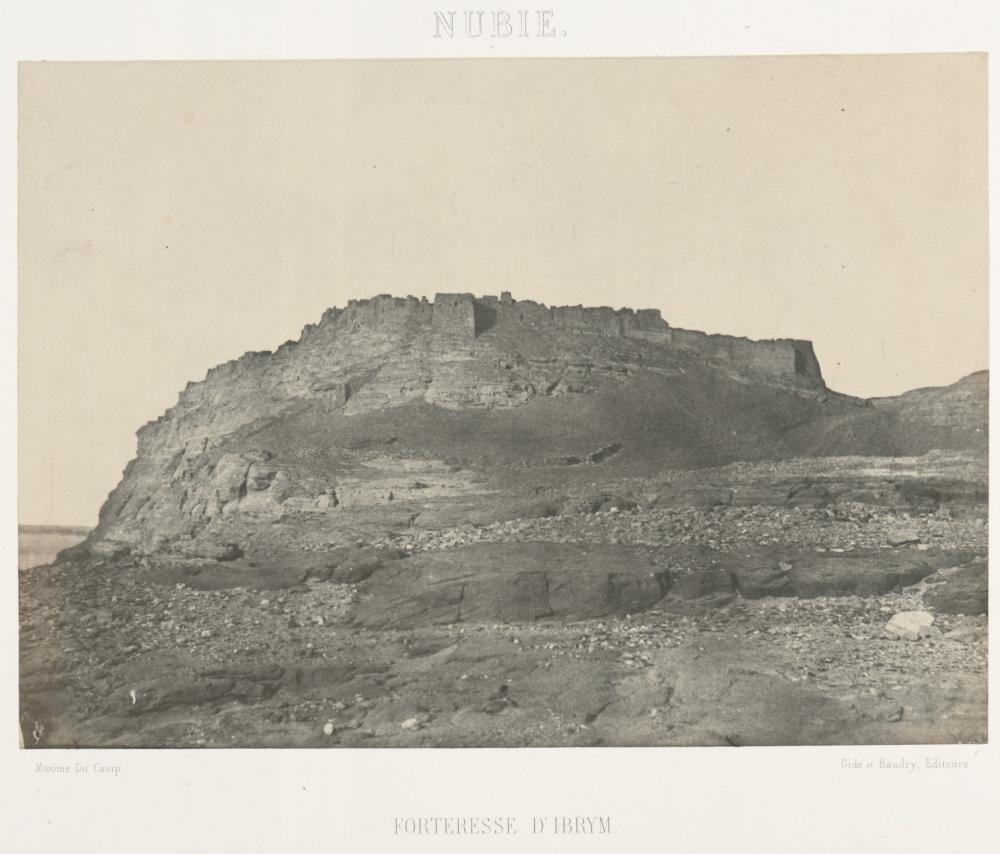
Other details:
The walls of Meroë's Royal City, still reaching several meters high, faced with brick, and sporting a stone gateway. At an avarage thickness of c. 3,5m to 7,5 meters, these walls were massive.
Stone paving at the entrance of a temple
Archaeologist Geoff Emberling seems to be entirely enchanted by the Kushites, and speaks with great passion and knowledge on this history. He is one of the unsung heroes of modern archaeology, and continues major excavation projects in different parts of Sudan. Here, he is seen inside a burial chamber with lovely pillars, explaining something very vividly, it seems.
Typically Kushite drystone walls, a recurring feature in military contexts.
The gateway to the town of Hamadab
Remains of the brick wall surrounding ancient Hamadab. The bricks only look a few decades old, but are in fact more than 2000 years old!
A building in Meroë, with an intact pillar, originally one of four, and a beautiful intact stone doorway, identical in style to the doorways to the burial chambers underneath the Kushite pyramids
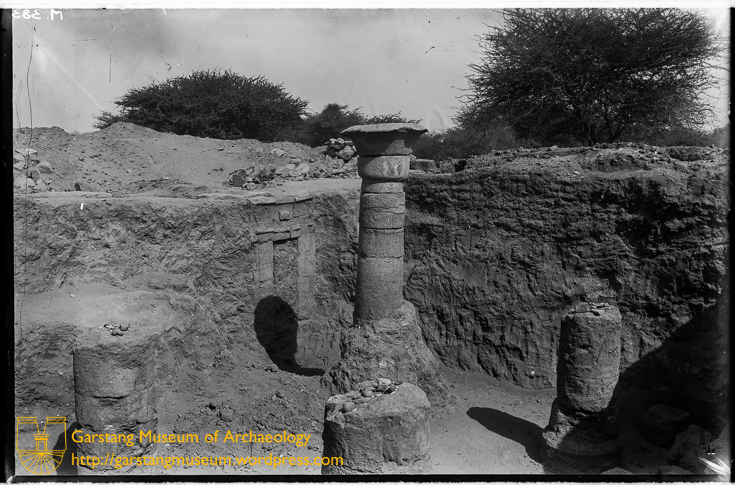
The Bes pilars at Naqa
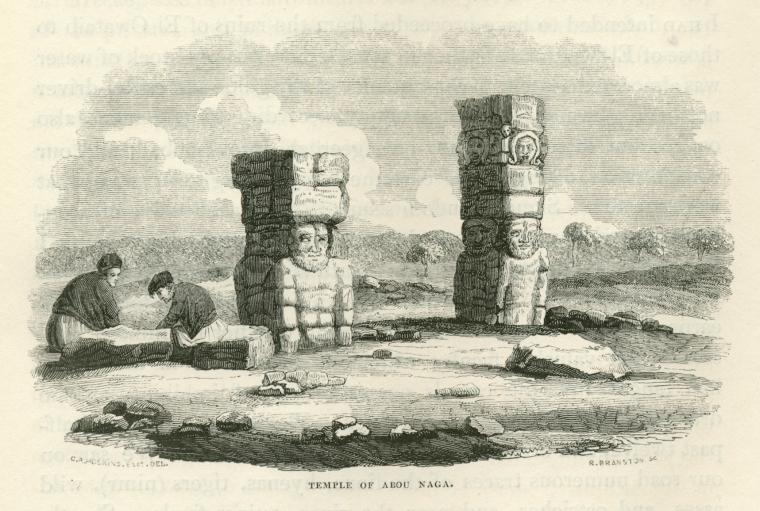
A colonnaded courtyard built on a platform as part of one of the temples in Meroë.
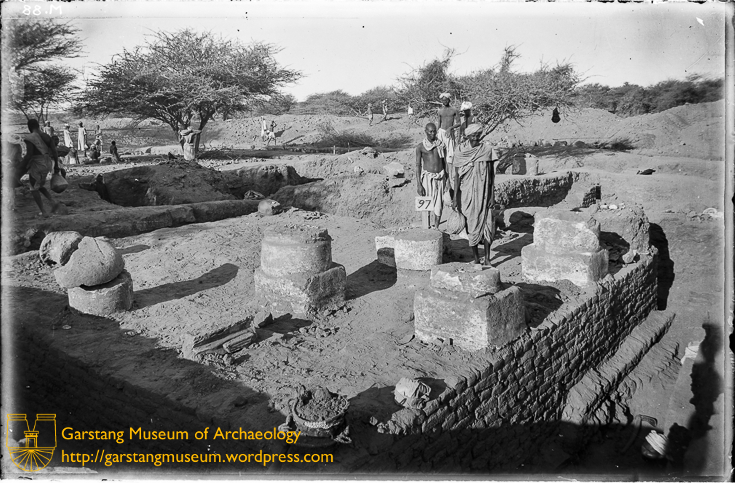
A staircase inside the pylon of a Kushite temple
A House from Meroitic Kush:
A 3D reconstruction of one of the Meroitic double houses at Al Meragh (AM 600)
Contemporary Nubian Houses:
The general floorplans, building materials and construction techniques used in northern Sudan have barely changed over the millennia. Contemporary Nubian populations have inherited the domestic architecture of ancient Kushites, especially the Nubian villages and towns that were submerged by the Aswan High Dam, forcibly removing Nubians from as many as 71 villages! Their ancestral home was completely submerged for a stretch of more than 500 km, with only the measliest of compensations... Nubians remain one of the most marginalised populations of both Egypt and Sudan, and both governments actively target this population, because their cultural distinctiveness and adherence to their traditions. It's a very sad story, really...
Contemporary Nubian domestic architecture is an ok source for domestic Kushite architecture, though there a few things to keep in mind. Firstly, modern Nubian homes are often very brightly painted, but this tradition began with the introduction of modern paints. The bright colors also attract a lot of tourists, one of the main sources of income in Nubia today. Ancient homes might have been brightly painted (we know the interiors were), but they would have made use of paints manufactured from organic materials (e.g. organic colors). Some of these images are from guesthouses, which might feature idealised Nubian architecture.
Many, many more examples of contemporary Nubian Homes:
-
 4
4
-
-
Still under development, set to be released somewhere in 2018. It seems to draw a lot of inspiration from one of my all time favourite games, Sierra Entertainment's Pharaoh. Lovely environments and living towns!
http://www.hardancientlife.com
-
 3
3
-
 1
1
-
-
-
19 minutes ago, wackyserious said:
I just happened to come across with this information a few days ago while reading about the Achaemenids. I find this very interesting, along with the other supporting facts, I really hope that the Kushites will be approved and make it to Alpha 23. Though I do understand that adding another faction will add more maintenance to the game. I just hope that this will be included in A23, after all this coming release is special to the community and it deserves some nice contents.
About the Achaemenids (I'm sorry, this one is not relevant to this post, I just don't know where to post this, I don't want to open a new task yet)
 Also, @Sundiata Your Kush textures are still with me and is going along with the minor improvements that I make to my texture source file. Forgive me if I cannot give some time to it at the moment.
Also, @Sundiata Your Kush textures are still with me and is going along with the minor improvements that I make to my texture source file. Forgive me if I cannot give some time to it at the moment.
Thank you for the encouraging words and support wackyserious! I'm delighted to hear you're still working on the Kushite units, it really doesn't matter if takes some time, all good things do. I've fallen behind dramatically on my reference posts as well. I have most of the stuff ready, I just need to find time and energy to actually post it. One of the future posts will be particularly interesting for you (Kush in popular art), which will feature relatively accurate contemporary art works of Kushites.
25 minutes ago, wackyserious said:after all this coming release is special to the community and it deserves some nice contents.
That's one of the reasons I really hope the team really takes their time for the next release, include as much of the work done by so many talented and passionated volunteers, and polish as many aspects of the game as possible, from the GUI to maps, buildings, unit textures, animations, pathfinder and AI. The upcoming AoE releases also further makes these ambitious goals imperative, in my opinion.
I love those Persian unit textures of yours! They look very convincing! I hope you continue this marvellous project. These updates go well with LordGood and Stanislass building updates and alexander's new animations. I'm already very excited about alpha 23, but there's still lot's that needs doing. Vim!
-
 2
2
-
 1
1
-
-
2 hours ago, wowgetoffyourcellphone said:
It's just that some of us have seen some of Enrique's horse and cavalry work and it's incredible.
4 minutes ago, stanislas69 said:But indeed I understand it makes it weird to you that I don't commit them as is (Provided they are even bug free) There are some reasons why.
You're both absolutely right, I saw a youtube video on his horse anims and other stuff relating to unit meshes and textures and I have to say they do look incredible. But nobody seems to know when/if he'll be back, so until then, I would utilise the highest quality work which is actually available to us, and in this case, it's alaexandermb's work, which looks way better than the current stuff in my opinion (even if they're "just placeholders" they're still better). fyi, I really hope enrique comes back though.. I really don't mean to disregard or disrespect his legacy. He's work is really amazing!
Perhaps a final decision can be made in the month(s) running up to the next release. If we haven't heard from enrique by then, I really think it's strongly advisable to use Alexander's updated models, for the sake of 0AD itself, and how it's received by the the people unaware of enrique's work.
-
 1
1
-
-
Correct me if I'm wrong, but Alexandermb's horses and animations look better than the current ones... This means that all the current horses in the vanilla game need to be replaced with Alexandermb's superior models and anims. I would love to see enrique's work in the game, but why would you hoodwink current development unless you got a message from enrique telling you he's coming back soon to work on the horses?
-
 1
1
-
-
Hsiung-nu is another way of spelling Xiongnu, which makes it a little easier to understand how to pronounce it.
-
21 hours ago, Alexandermb said:
Any xion building don't attack so they have to rely only in their units so if you are moving your CC near the enemy you better be prepared or you are risking everything is not a walking fortress they have.
I think this is a good idea, and sounds really interesting (and fun). It makes sense from a nomadic perspective and the fact that they don't have any defensive structures like towers or fortresses further mitigates any overpowered advantages created by this play-style. A TRUE nomad civ, how exciting... I'll be captain obvious and state that this thread can serve as the framework for the nomadic Scythians as well. Scythians as the Western Steppe-people, Xiongnu as the Eastern Steppe people: the ancient the Silk Road is complete...
@Lion.Kanzen, I just noticed, the title of this thread should be "Minifaction: Nomads Xiongnu" (you're missing an "n")
-
The Fortifications of Kush
Between the first cataract of the Nile and Khartoum are more than a hundred, possibly hundreds of stone and brick fortifications, dating to the Egyptian, Napatan, Meroitic, Post Meroitic, Christian, Islamic/Arabic, Ottoman and even British periods. A number of them date to 0AD's time frame, like the large Napatan fortress of Gala Abu Ahmed (discussed here and here), and a number of smaller late-Meroitic period fortresses I'll share in this post. They come from surveys of hundreds of fortifications focussing on the post-Meroitic and Christian period, but also turned up late Meroitic dates for a significant portion of these structures. What's interesting is that almost every fortress that dates to the Meroitic period is typically square shaped, just like their palaces. The fortifications with round or irregular patterns all exclusively date to the post-Meroitic period. Most of the Meroitic fortresses were reoccupied in later Christian times, which produced a second layer of Christian artefacts.
These fortresses were often situated at the edges of wadis (seasonal rivers) running through the desert, or lining the Nile river at strategic places. Many are situated along an ancient trade route running through the Bayuda desert, between Napata and Meroë, like those at the Fura Wells. Large wells often found around these structures indicate that the water table was significantly higher in those days. These forts are almost all built up from walls of uncut drystone blocks, sometimes using clay as mortar, reaching anywhere from 2 to 7 meters, surmounted by mudbrick parapets, potentially reaching another few meters. The mud brick superstructures have mostly been scavenged as building materials in later times or melted away during the annual rains. Store-rooms and sleeping quarters for the garrisons often line the inside of the walls, also built from drystone, or mudbrick. Most of them feature square or round bastions, with stairs in the corners leading up to the top of the walls. Some of them feature a finely built central building, reminiscent of palaces, with what seem to be throne rooms.
The Fortifications of Kush:
@elexis Thanks for the interest! Yes, Kushites were surprisingly connected to the rest of the ancient world, through trade and war. Of particular interest are:
- Ptolemy II's "Nubian campaign": in which he occupied part of lower Nubia (the Dodekaschoinos), and the subsequent loss of the Dodekaschoinos to the Kushites less than a century later. Followed by Kushite supported rebellions against Ptolemaic rule in Upper Egypt (one of the unspoken reasons behind the late Ptolemaic weakness. No, it wasn't just the incest).
- The Roman war: when The Romans were planning to invade Kush, the Kushites decided to act first, taking advantage of the low number of Roman troops in Egypt due to the Arabian campaign, they invaded, pillaged and burnt Roman occupied Southern Egypt, taking Philae, elephantine, overwhelmed the Roman cohort at Syene, and enslaved it's inhabitants. On the orders of Emperor Augustus, Gaius Petronius was sent with an army of 10.000 infantrymen, and cut to pieces a Kushite army numbering 30.000 fighters (according to Strabo). They reached Napata and razed the most important religious centre of the Kushites, but were unable to reach any further. Abandoning any hope for taking Meroë, the capital, they were forced to retreat to Qasr Ibrim, close to the Egyptian border, and a second Kushite force moved against them and besieged them there. A stalemate followed, and 5 years of war ended with a negotiated truce under Queen Amanirenas. Nero also had plans of invading Kush, but you know, things happened...
- Cambyses II's invasion of Kush: The Achaemenid Persian Empire under Cambyses II invaded Kush, but was met with miserable failure, apparently "unable to cross the desert". According to Herodotus, when Cambyses II sent spies to the court of the "Ethiopian" King, the King saw straight through them, and said to deliver the following message to Cambyses, along with a bow: "The King of the Ethiopians advises the King of the Persians to bring overwhelming odds to attack the long-lived Ethiopians when the Persians can draw a bow of this length as easily as I do; but until then, to thank the gods who do not incite the sons of the Ethiopians to add other land to their own.', So speaking he unstrung the bow and gave it to the men who had come". Just got to love that ancient diss... http://www.reshafim.org.il/ad/egypt/herodotus/cambyses.htm
- Don't forget: Greek mercenaries fought for Sait Dynasty Egypt in Kush, Kushite mercenaries fought for Xerxes in Greece. Galatian mercenaries campaigned in Kush under the Ptolemies and Alexander the Great himself received a Kushite embassy when he was in Babylon. People from Kush also lived in Rome and Kush was probably one of the main sources of black people serving in the later Roman armies. Also, at almost every point in Kushite history since the 25th Dynasty, they at least nominally claimed rulership over Egypt, and often fought for and occupied the southern area's of Egypt up to the Thebaid, whose people were more sympathetic to the Kushites than other foreign rulers.
-
 1
1
-
 1
1
-
14 hours ago, wowgetoffyourcellphone said:
Perhaps a stylistic choice more prominent in the Hellenized East.
That's what I was thinking... Hellenisation actually spread faster under Roman rule than it did in the Hellenistic period. Probably one of the reasons why Greek was more important in the Byzantine Empire than Latin. The Temple of Augustus and Roma in Ankara actually has the Res Gestae Divi Augusti inscribed in Greek on the outside, and Latin on the inside...
-
 2
2
-
-
The Moon and Sun symbol are quite a good choice for civ-emblem, it's a recurring thing among the steppe people, and I've seen it a number of times on Xiongnu artefacts. The fire and the Chinese character should be omitted as they are more contemporary additions.
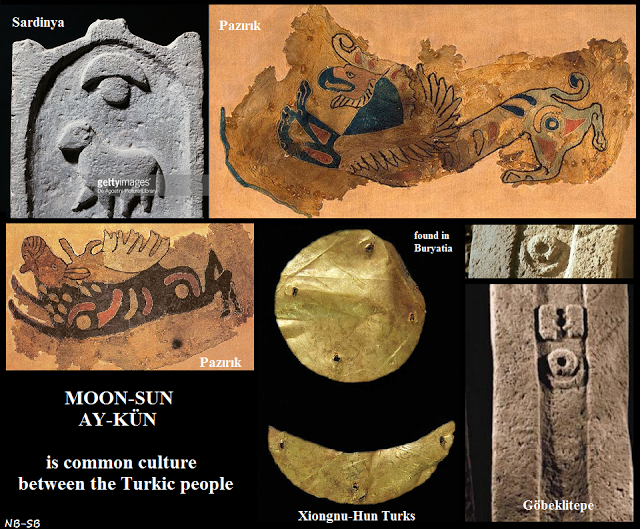
-
 2
2
-
-
-
The Kushite War with Rome, as mentioned by Emperor Augustus himself, in the Res Gestae Divi Augusti
I found Emperor Augustus' very short take on the war with Kush (which he calls Ethiopia), from a funerary inscription, in which he mentions both Napata and Meroë. After Strabo, this is the second written Roman reference to the war, in the words of the Roman Emperor himself, and it's equally omissive with regard to their inability to capture the Kushite capital, Meroë, the reasons for the Roman withdrawal, cession of territory or relinquishing any claim of tribute... Another interesting point is that there is debate about whether Augustus ordered the attack against the Kushites himself or an insubordinate general, but this inscription actually sees Augustus bragging about it. Obviously it doesn't mention Augustus loosing the finest bronze bust of himself, found to date
 . What's also interesting is that there's a Kushite parallel to this inscription, known as the Hamadab Stela, commissioned by Queen Amanirenas and Prince Akinidad, which mentions Rome. Unfortunately for us, it's written in Meroitic script, and therefore our understanding of it's content is very limited. If the Meroitic language is ever deciphered, this stela will provide a wealth of information, and an alternate view on the war with Rome.
. What's also interesting is that there's a Kushite parallel to this inscription, known as the Hamadab Stela, commissioned by Queen Amanirenas and Prince Akinidad, which mentions Rome. Unfortunately for us, it's written in Meroitic script, and therefore our understanding of it's content is very limited. If the Meroitic language is ever deciphered, this stela will provide a wealth of information, and an alternate view on the war with Rome.
From Wikipedia: "Res Gestae Divi Augusti (Eng. The Deeds of the Divine Augustus) is the funerary inscription of the first Roman emperor, Augustus, giving a first-person record of his life and accomplishments.[1] The Res Gestae is especially significant because it gives an insight into the image Augustus portrayed to the Roman people. Various portions of the Res Gestae have been found in modern Turkey. The inscription itself is a monument to the establishment of the Julio-Claudian dynasty that was to follow Augustus.[2]"
The actual part of the inscription which mentions "Ethiopia", "Napata" and "Meroë", as well as the simultaneous Roman campaign in South Arabia (Yemen) against the Sabaeans and their capital Marib:
Part V, 26
I extended the boundaries106 of all the provinces which were bordered by races not yet subject to our empire. The provinces of the Gauls, the Spains, and Germany, bounded by the ocean from Gades to the mouth of the Elbe, I reduced to a state of peace.107 The Alps, from the region which lies nearest to the Adriatic as far as the Tuscan Sea, I brought to a state of peace without waging on any tribe an unjust war.108 My fleet sailed from the mouth of the Rhine eastward as far as the lands of the Cimbri to which, up to that time, no Roman had ever penetrated either by land or by sea, and the Cimbri and Charydes and Semnones and other peoples of the Germans of that same region through their envoys sought my friendship and that of the Roman people.109 On my order and under my auspices two armies were led, at almost the same time, into Ethiopia and into Arabia which is called the "Happy," and very large forces of the enemy of both races were cut to pieces in battle and many towns were captured.110 Ethiopia was penetrated as far as the town of Nabata,111 which is next to Meroë. In Arabia the army advanced into the territories of the Sabaei112 to the town of Mariba.The original Latin version:
Meo iussú et auspicio ducti sunt duo exercitus eódem fere tempore in Aethiopiam et in Arabiam, quae appel latur eudaemón, maximaeque hostium gentís utriusque copiae caesae sunt in acie et complura oppida capta. In Aethiopiam usque ad oppidum Nabata perventum est, cuí proxima est Meroé.
Editor’s note:
111 Queen Candace, taking advantage of the withdrawal of Egyptian garrisons for the Arabian expedition, captured some towns in upper Egypt. They were retaken by C. Petronius, 24‑22 B.C. His punitive expedition penetrated Aethiopia."The ruins of the Temple of Augustus and Roma in Ankara, Turkey, with the Res Gestae Divi Augusti inscribed on its walls"
A model of the ruins:
The full text (Latin/Greek/English): http://penelope.uchicago.edu/Thayer/E/Roman/Texts/Augustus/Res_Gestae/5*.html
Full text in one piece (English): http://www.livius.org/sources/content/augustus-res-gestae/
-
 1
1
-
-
8 minutes ago, Lion.Kanzen said:
Incredible they evolve...
Yeah! When I first came across Tongwancheng, I had a similar feeling of amazement as I did when I first came across Karakorum, the Mongol capital built by Genghis Khan in Mongolia. Both Tongwan City and Karakorum have this curious mix of Inner Asian nomadic steppe culture and their Chinese contemporaries. What people often don't realise is that nomadic peoples, especially the powerful ones, have sedentary, and even urban complements which are often obscured by their nomadic might. Anyway, check out Karakorum, built between 1235 and 1260 AD:
-
 2
2
-
-
Wouldn't it make sense for such an explicitly horse-orientated culture to have (a simple) cav-unit right off the bat?
As for possible wonder to potentially fully integrate Xiongnu as a playable civ, I was thinking about the Xiongnu Kurgans. They built many of these Tumuli, or burial mounds, that were typically square shaped, but also round I believe. Surrounded by a circle or square of rough stones, resembling mini-menhirs. One burial mound isn't impressive, but see how the Kushites integrated those small pyramids. You could build up to 5 of them, and that could be the "wonder requirement" for Xiongnu. Instead of one major monument, a few burial mounds, typical of steppe-nomads. Images of various Steppe Tumuli, belonging to Sarmatians, Scythians and Xiongnu:
SpoilerAnother thing to check out would be Tongwancheng, or Tongwan City, the capital city of the Southern Xiongnu, built by the Xia Kingdom under Helian Bobo, around 419. From Wikipedia:
"The Great Wall of China was built to contain the Xiongnu threat, and Tongwancheng was the main Xiongnu capital that stood on other side of that wall. The city was largely of wood construction and had very thick outer walls which were made white with white clay earth and powdered rice. From a distance the white city was said to have had the appearance of a giant ship. At its centre the city had a lake. Jin Shu gives us a contemporary eyewitness description of the city...
"The hill is beautiful, in front of it the plain is wide, and around this there is a lake of pure water. I have wandered in many places, but I have not seen a land whose beauty can compare with that of this place".
At its height the population was around 10,000, likely to have been greatly supplemented by an encircling encampment of nomadic kin groups at certain times of the year. White cities were generally ceremonial and status centres built following conquest, rather than outright military positions, white being a blessed colour for the Xiongnu. Yet the thickness of the walls was certainly required since the city was originally built at a time of perpetual warfare. The threat was also internal as well as from the Chinese - for instance, Helian Bobo was attacked with an army by his deputy Helian Gui in 424 following a dynastic dispute."
Images of the ruins of Tongwancheng, the great Xiongnu city:
http://www.silkroadfoundation.org/toc/index.html
http://www.chinauniquetour.com/html/Xian/201727/arts-7798.html
-
 1
1
-
-
@tuk0z Thank you for your support! I love their artwork as well, and some of the pieces do indeed showcase a level of naturalism that is rarely seen in the ancient world, while others are simply bland copies of ancient templates. I love the immense diversity in their work, both in subject matter and medium.
I've been reading history since I can read, and I've been informally studying African history for almost 16 years, but before I embarked on this project I knew next to nothing about them. I knew they were important, powerful, and had a long history, but not in my wildest dreams did I think I was going find the things I did. I was profoundly shocked about many things I saw for the first time, including their cities, temples, palaces, reliefs, gold, bronze, silver and iron artefacts, weapons, and jewellery, and the extensive written histories by the Kushites themselves as well as external period sources. And we're still just scratching the surface here. It blew my mind, and still does that this isn't mainstream, not even among Africanists... That's why I believe creating such an extensive repository of illustrations and quality sources was necessary for people to be able to correctly visualise this forgotten powerhouse of antiquity.
By the way, if you like naturalism in African art, you should check out the Ife bronzes (actually brass), and terracotta from Southern Nigeria 13th-14th century AD:
-
 1
1
-
 1
1
-
-
Nice...
-
 1
1
-
-
@Alexandermb I'm loving the work you're doing. I have a few remarks though:
- Firstly, the old head does actually look better than the new one (horses have eyes looking to the sides, not the front)
- The main "issue" with your current animations is anatomical: the horse is missing it's chest. The chest is a pronounced feature of any horse. It's absence makes the model and animations look a little awkward. (perhaps this is a skeletal issue, horses front legs go underneath the body, not awkwardly blending in to its neck.
Comparison:
And finally a video that might help with the animations, especially, walk, trot and gallop:
-
 2
2
-
 1
1
-
This faction is indeed turning out to be a fully fledged and playable civilisation... Nice... 0AD's first playable nomad faction? If all the content produced over the last few months is properly valued and implemented, the next alpha is going to be the most amazing and memorable one in years!
-
 1
1
-
-
35 minutes ago, wowgetoffyourcellphone said:
battalion system
I'd really love a battalion system, but I'd still rather see it appear only after researching a tech in town phase. Similarly, a tech in city phase could allow organising those battalions in to larger armies.
Disorderly bunch of morons in village phase → organised battalions in town-phase → Battalions organised in to larger armies in city phase


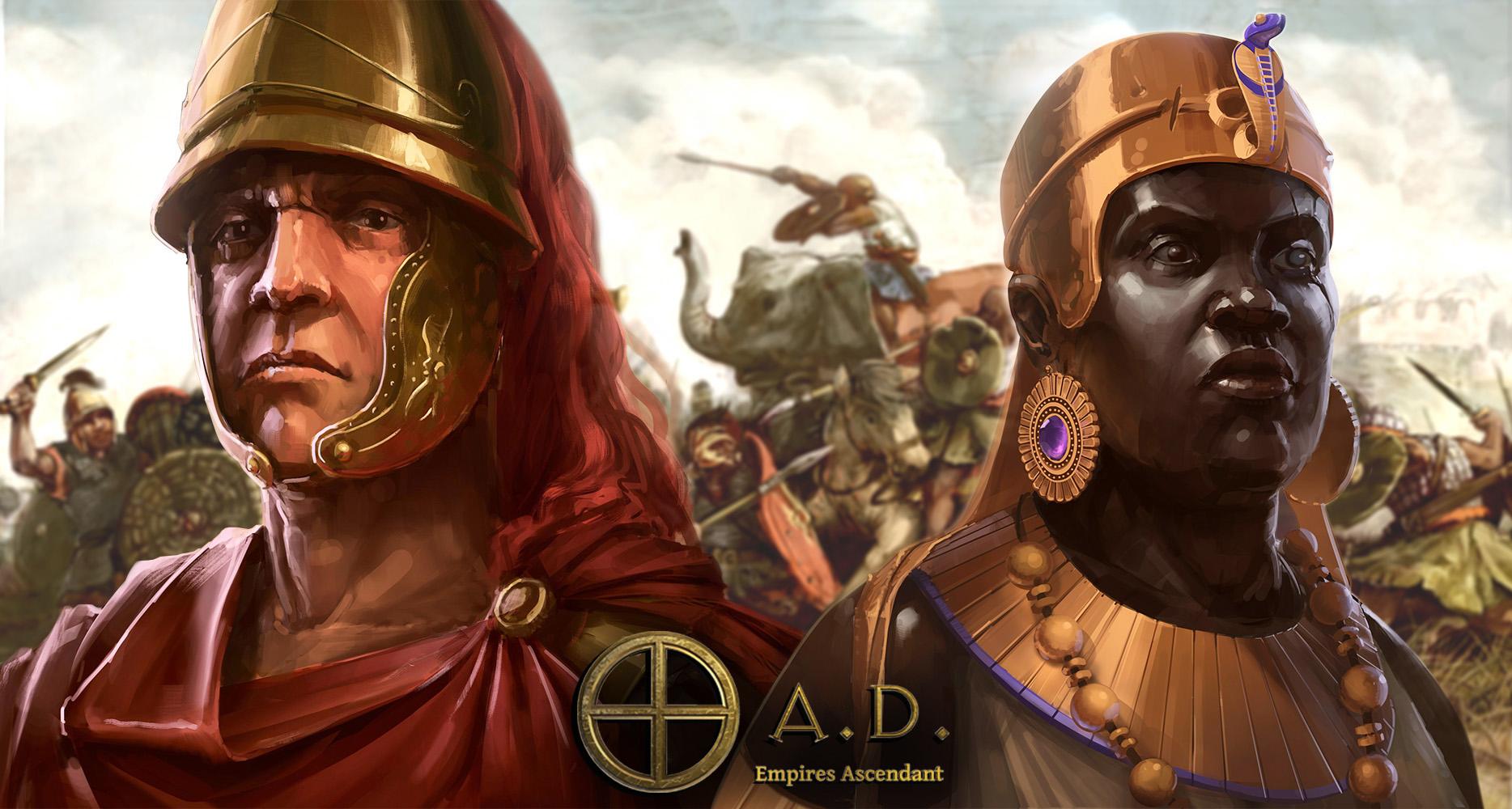

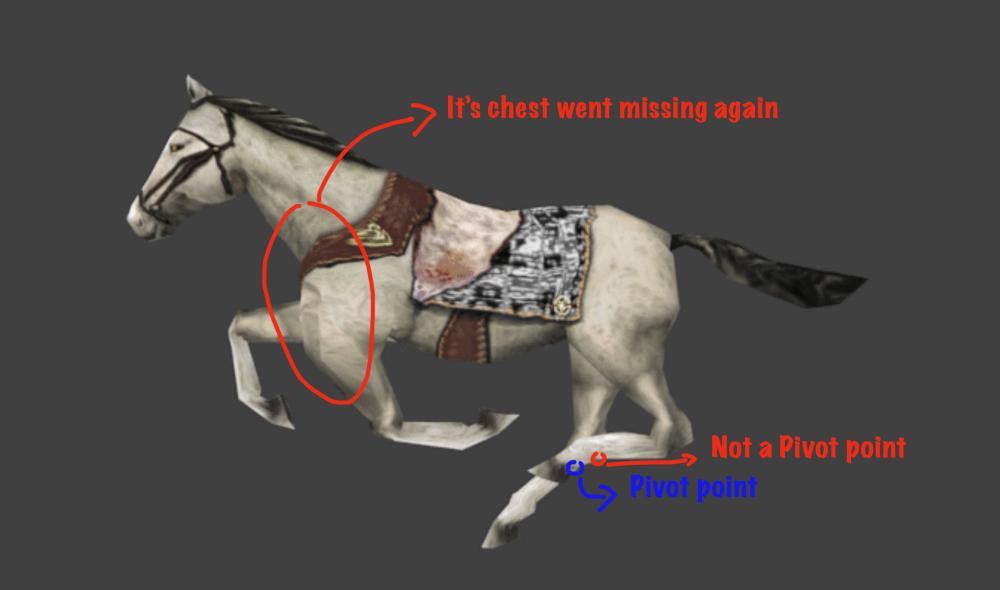
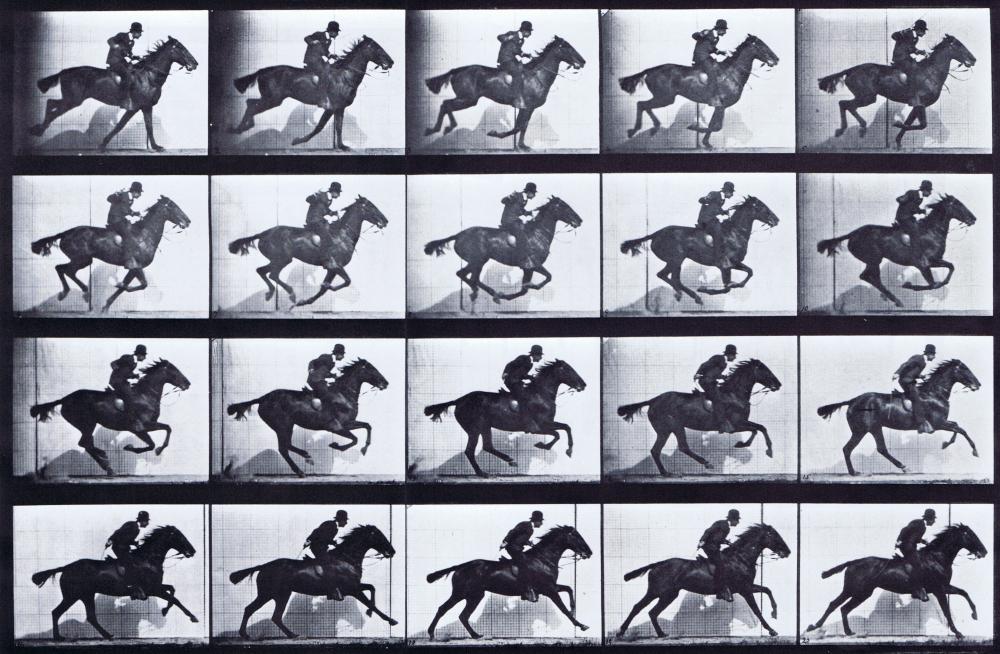
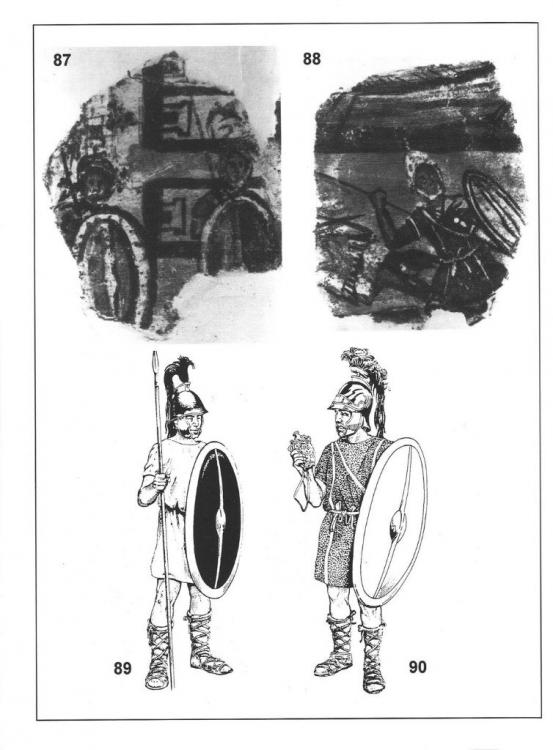
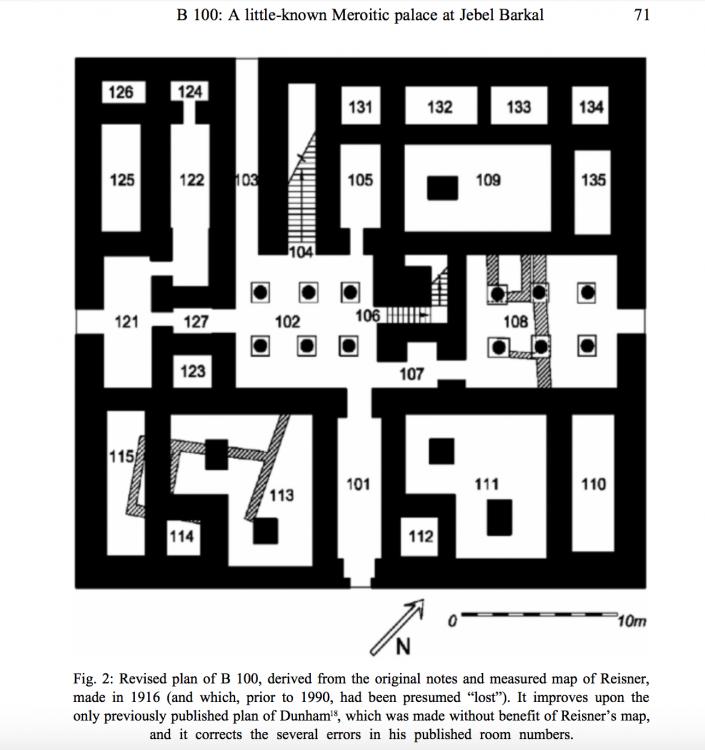
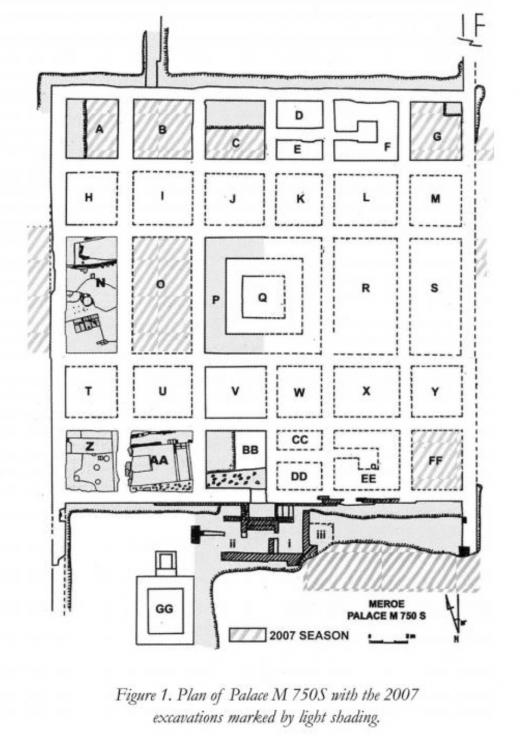
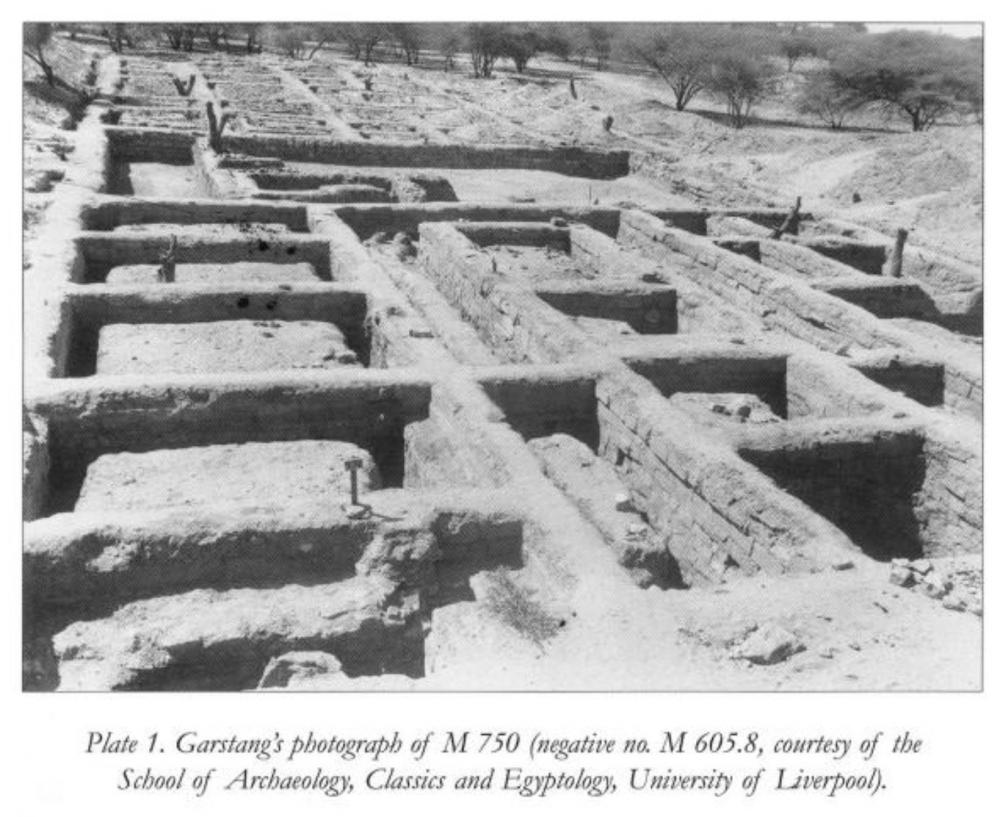
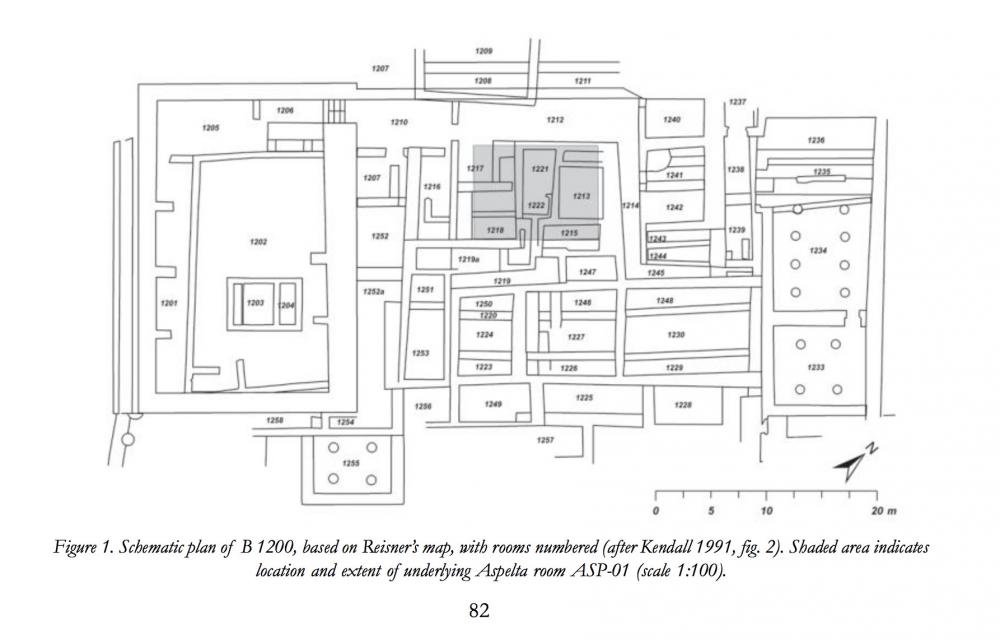
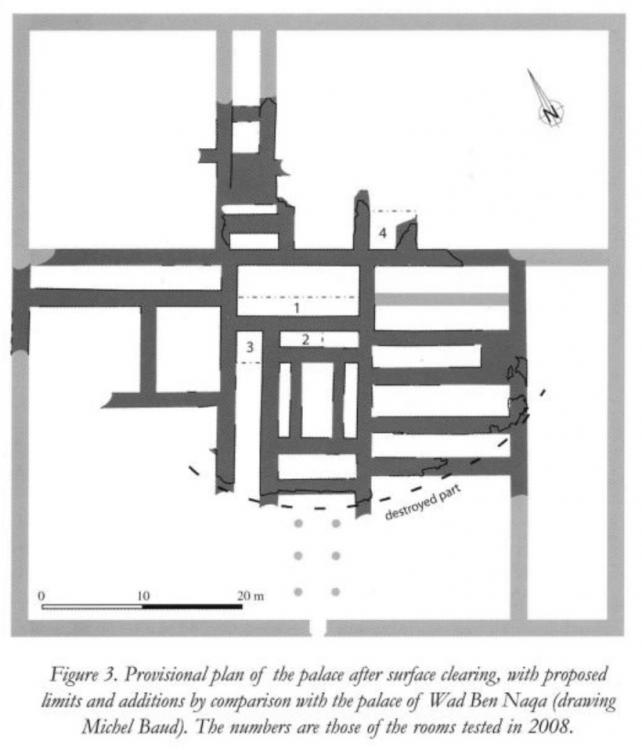
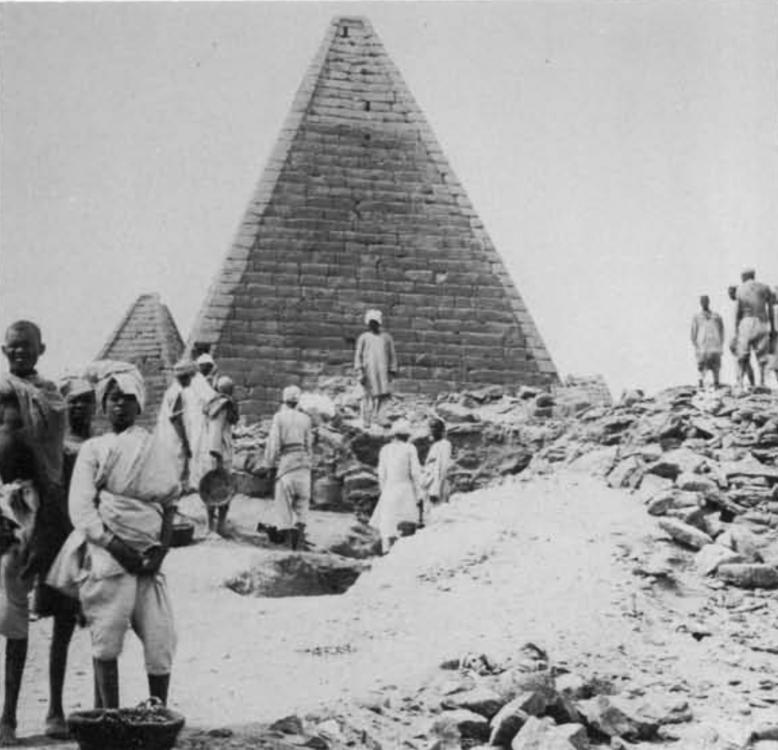
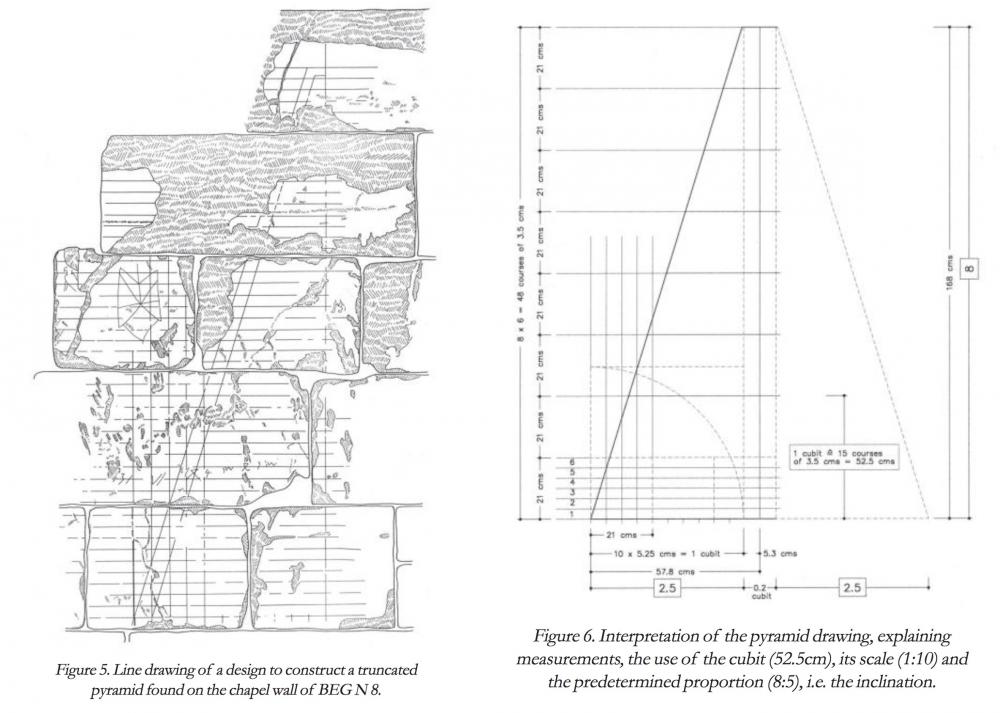
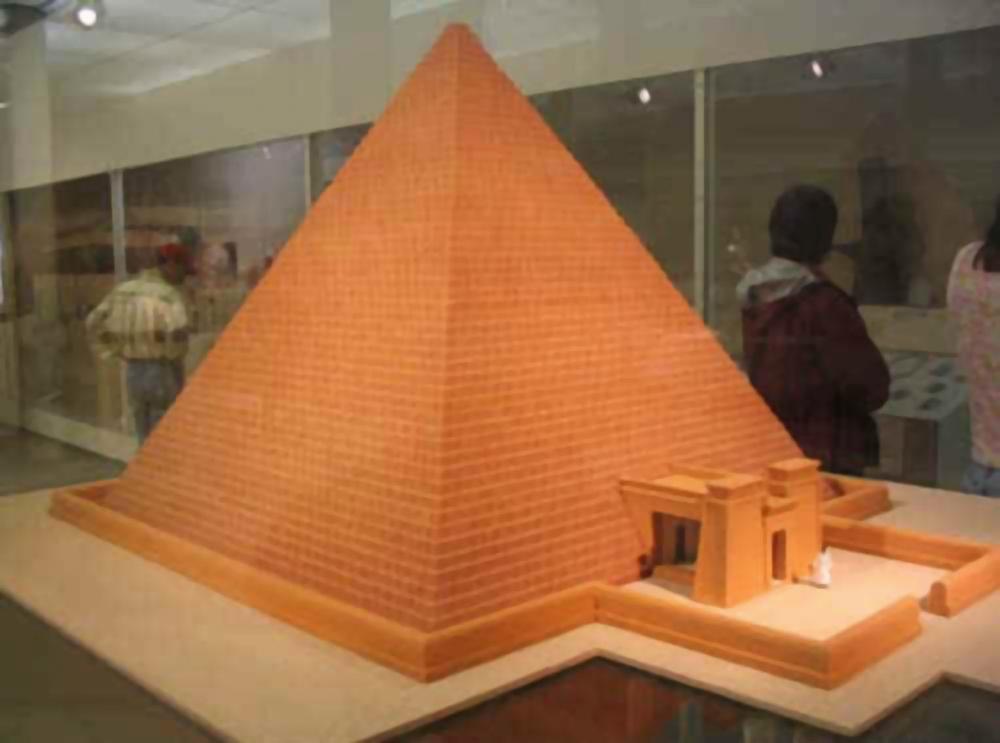
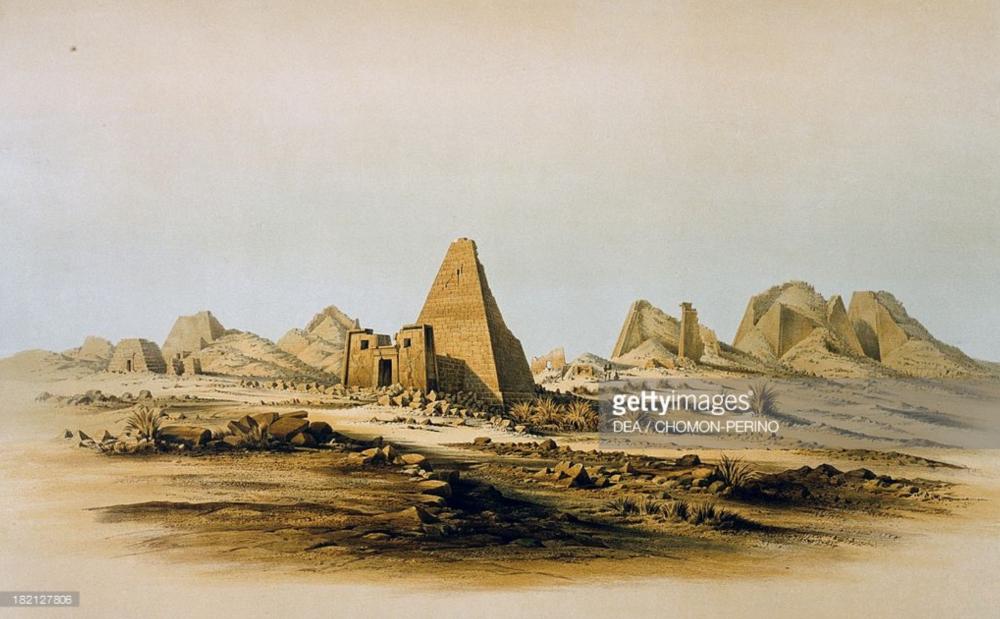
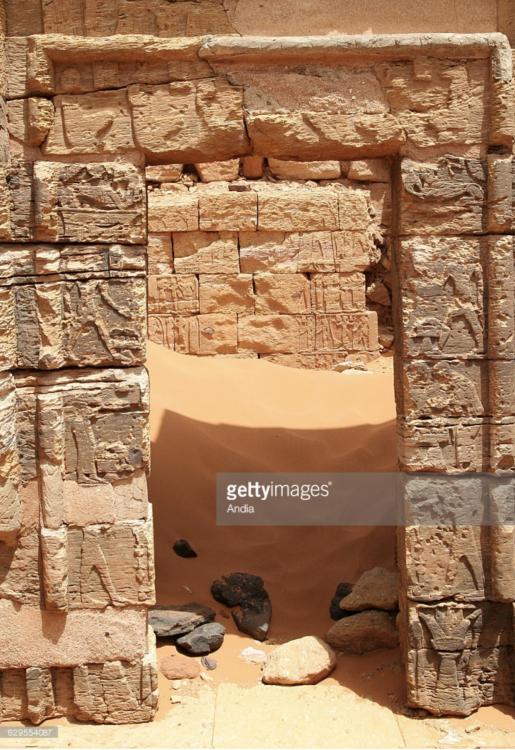
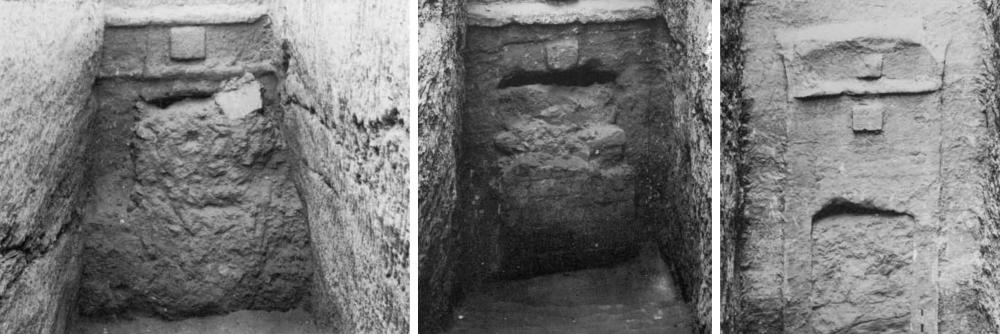
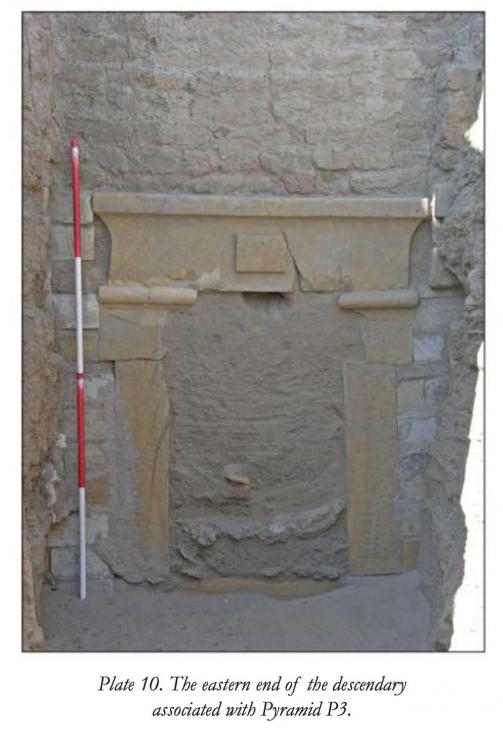
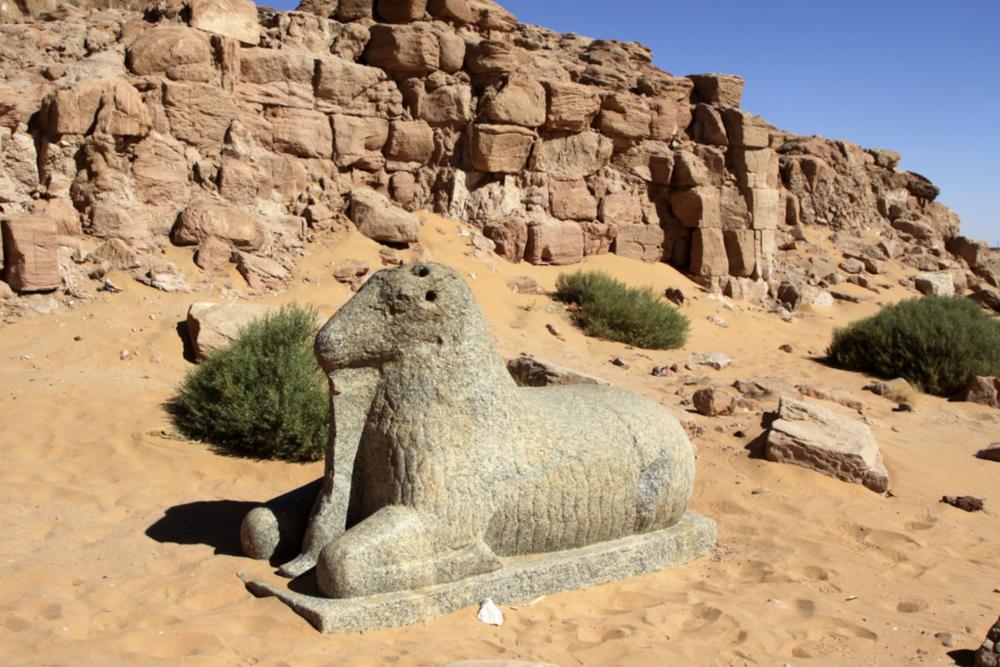
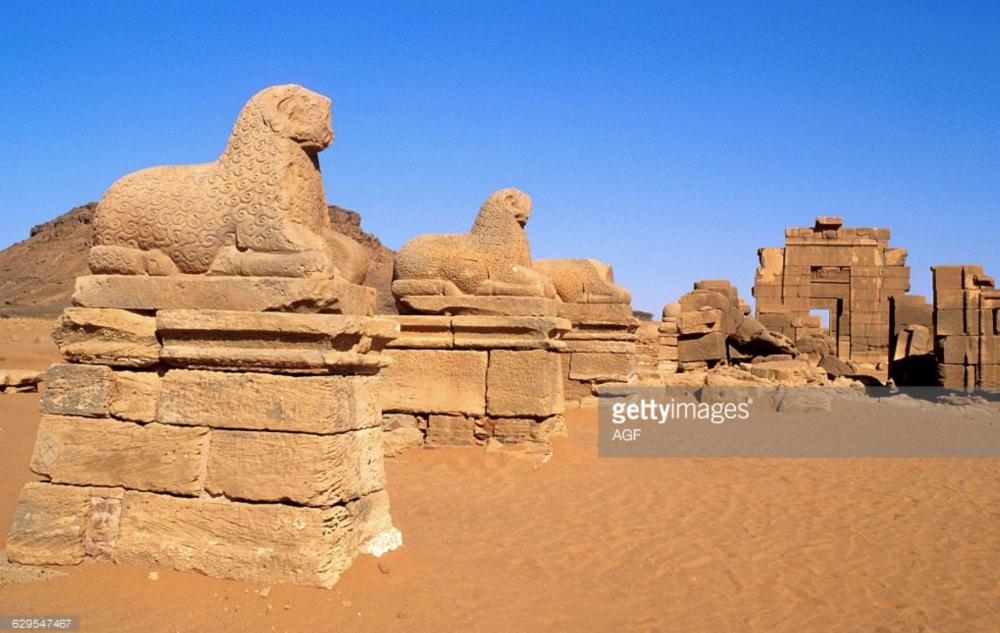
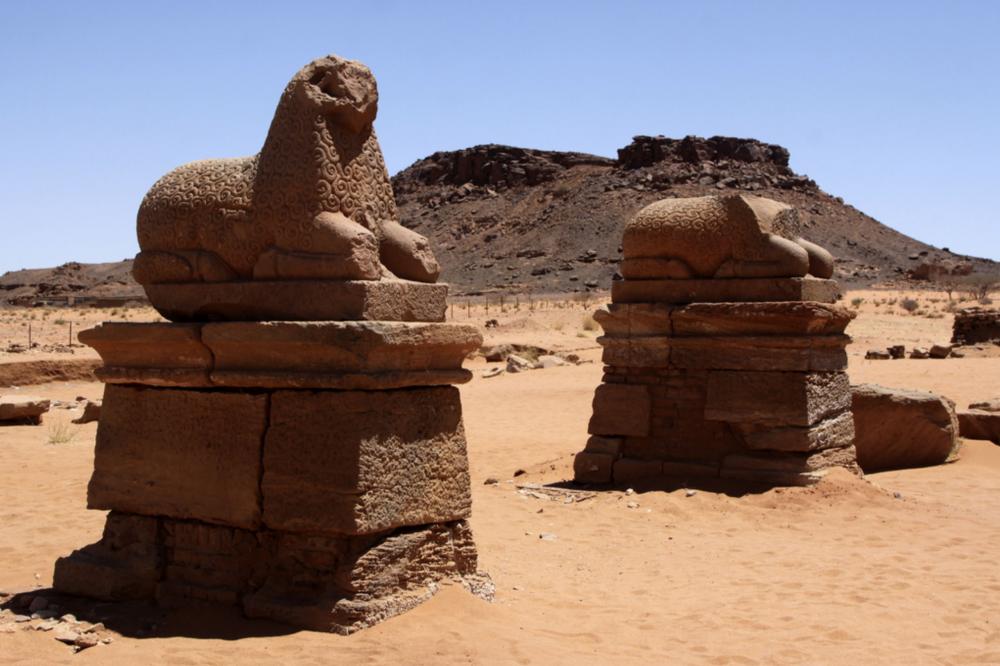
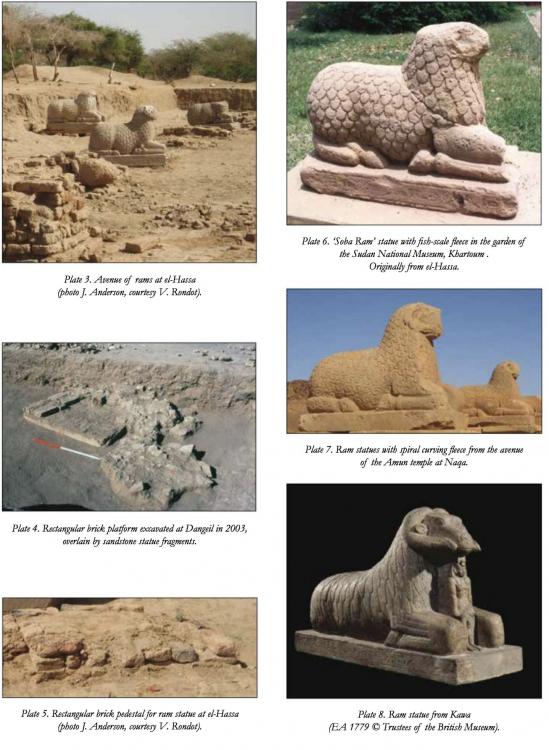
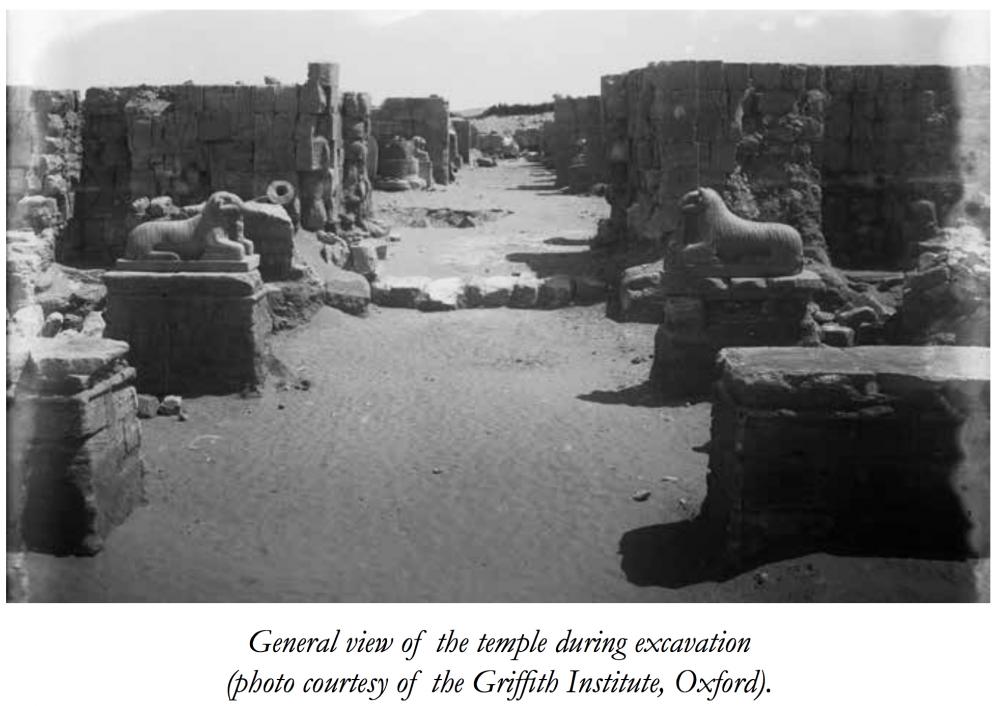
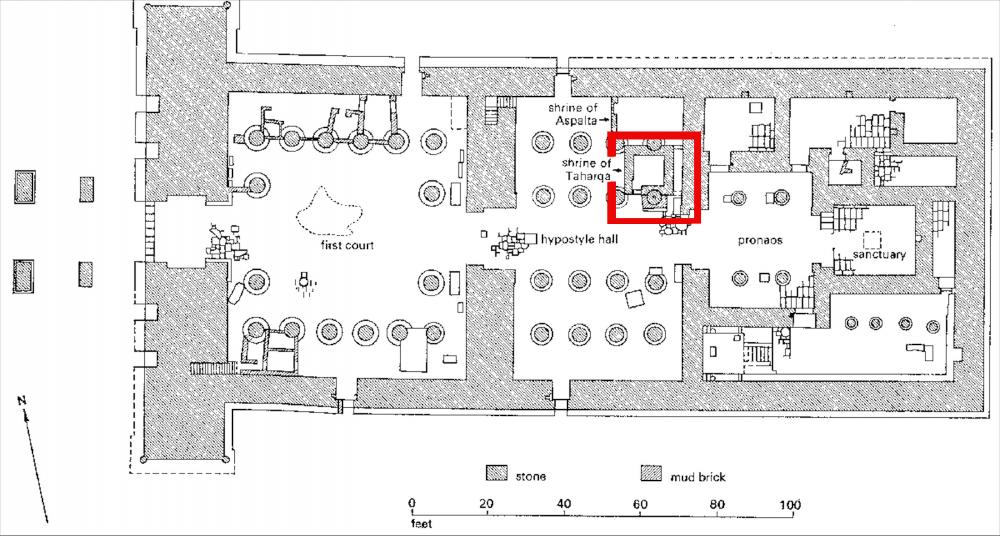
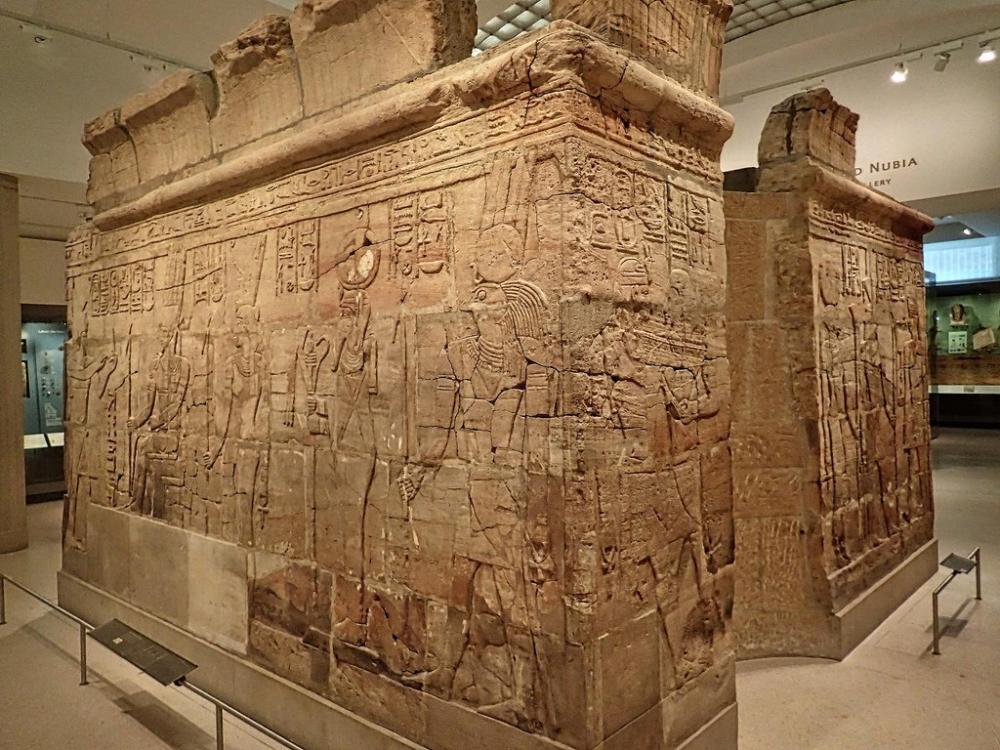
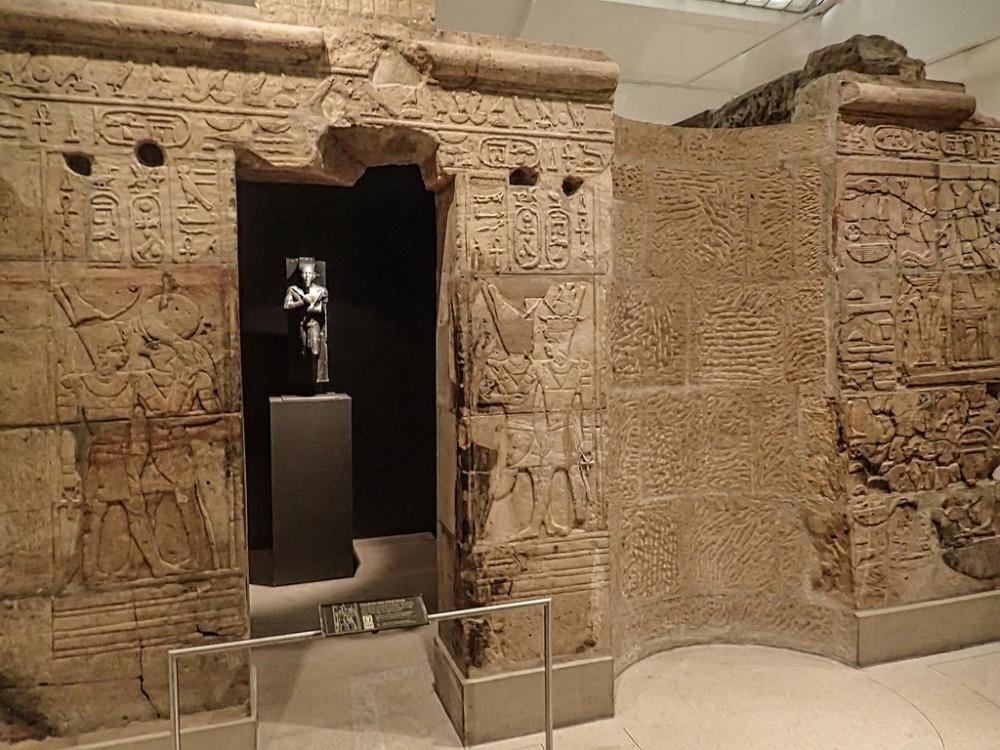
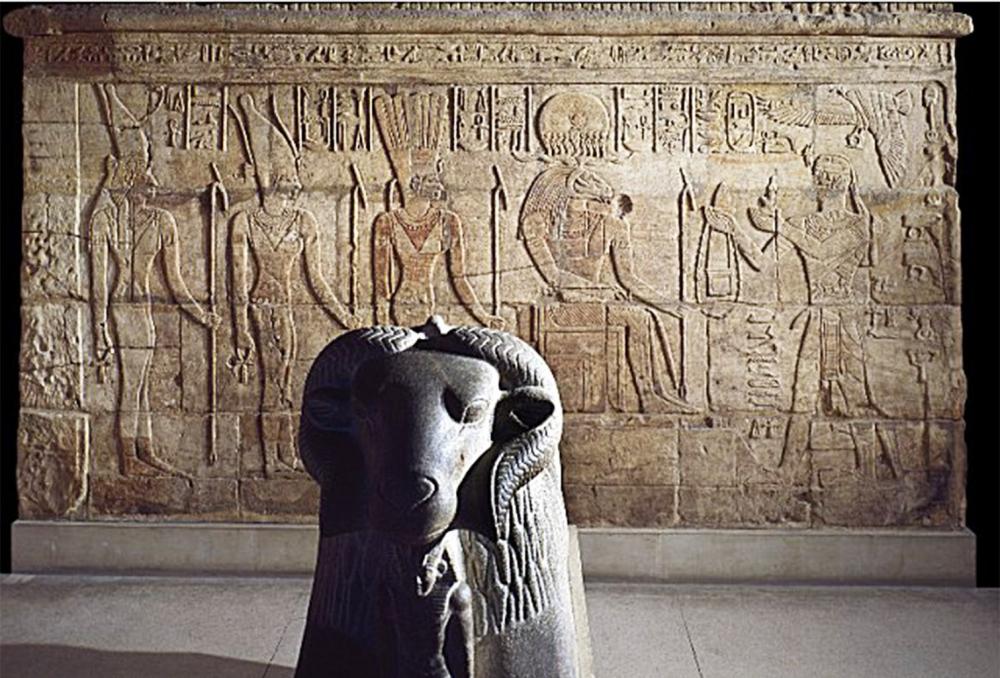
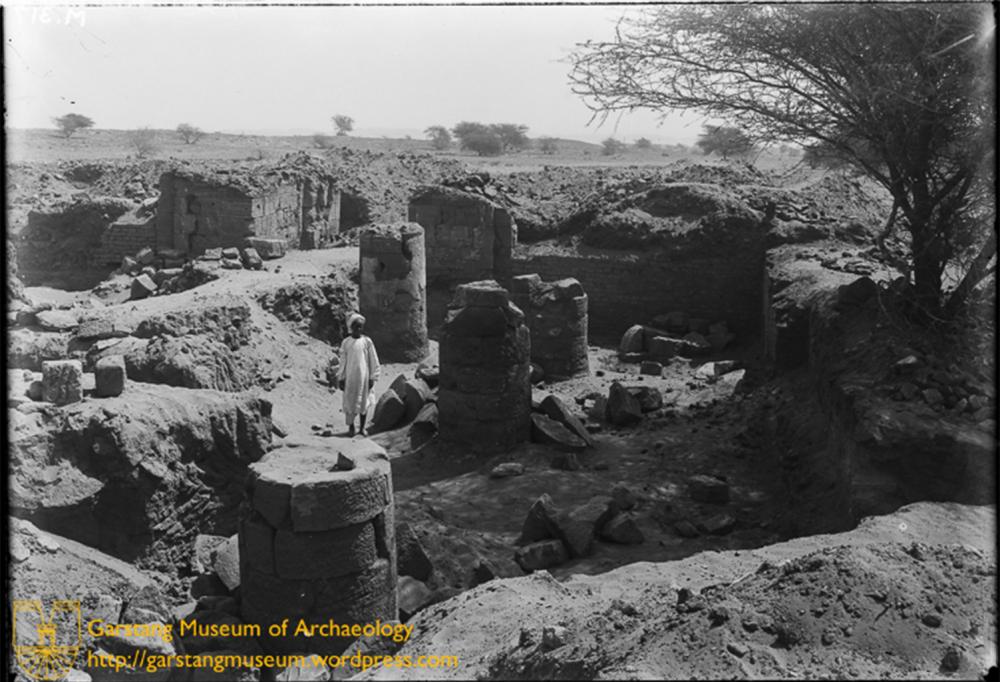
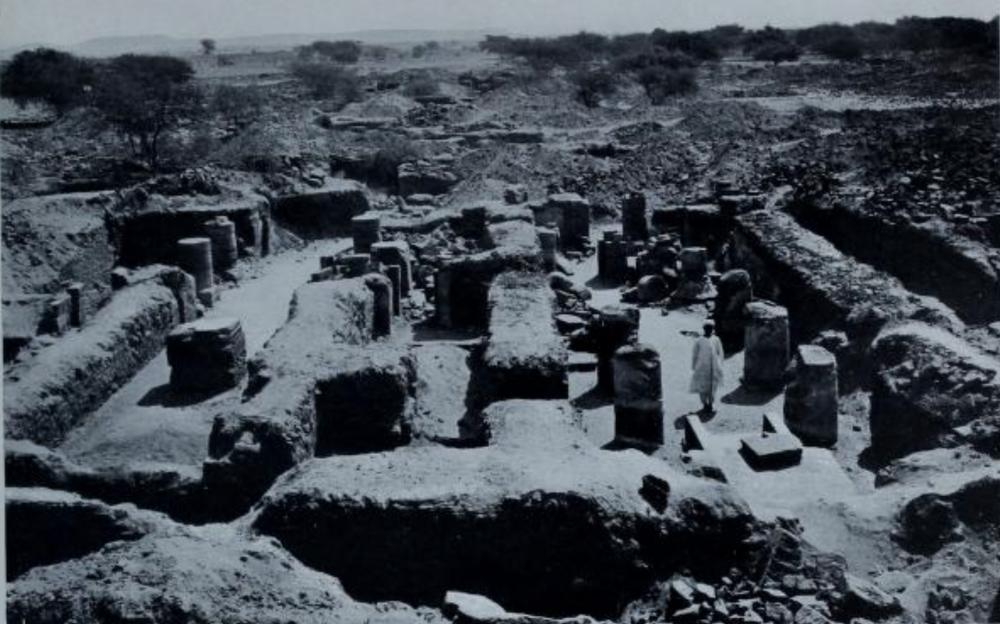
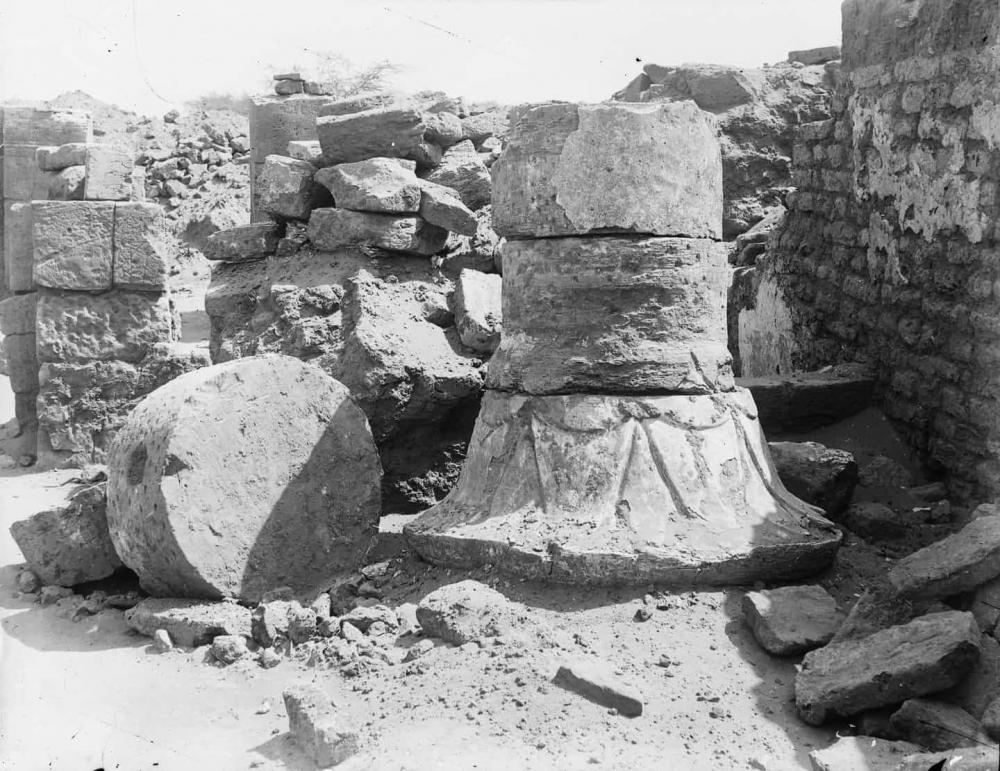
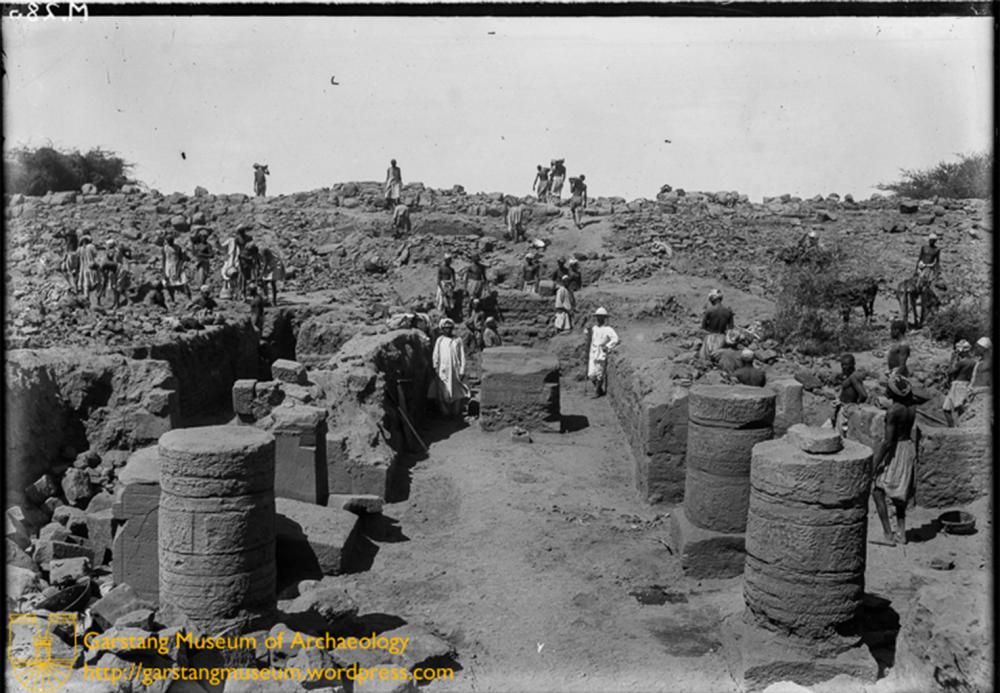
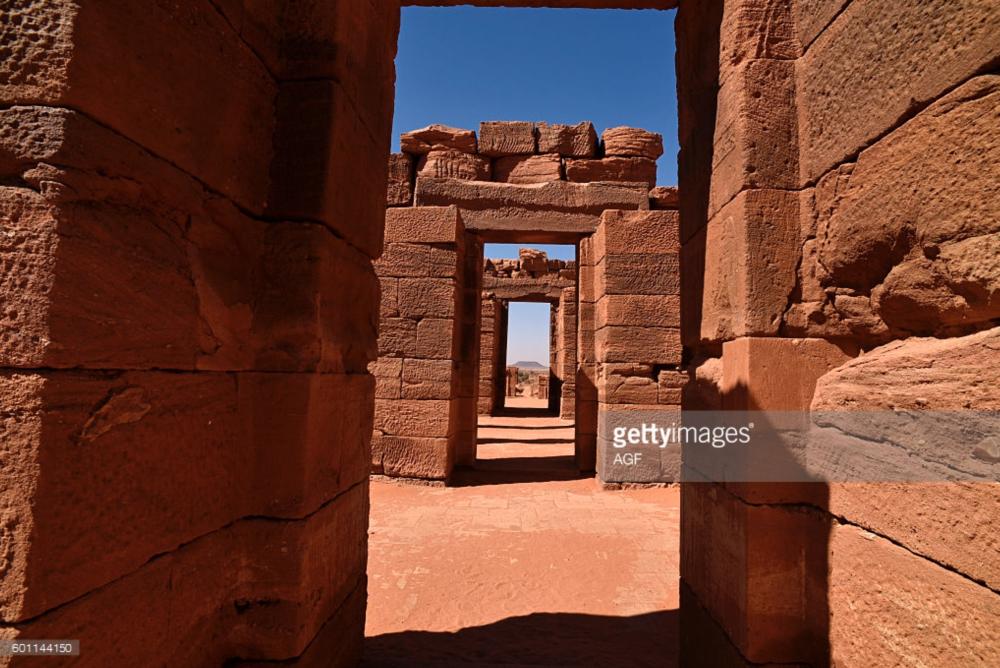
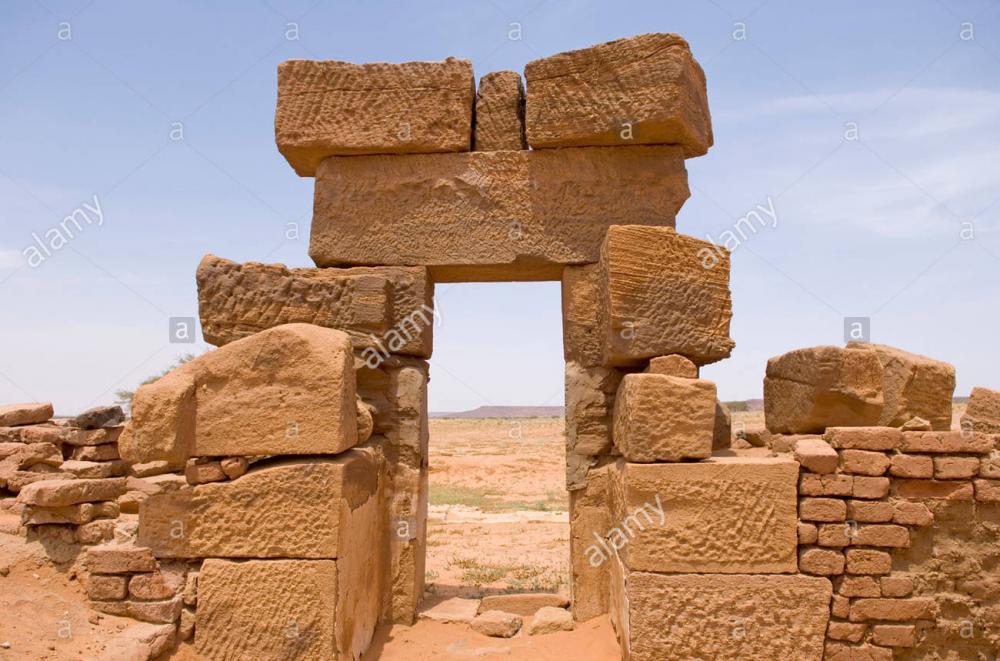
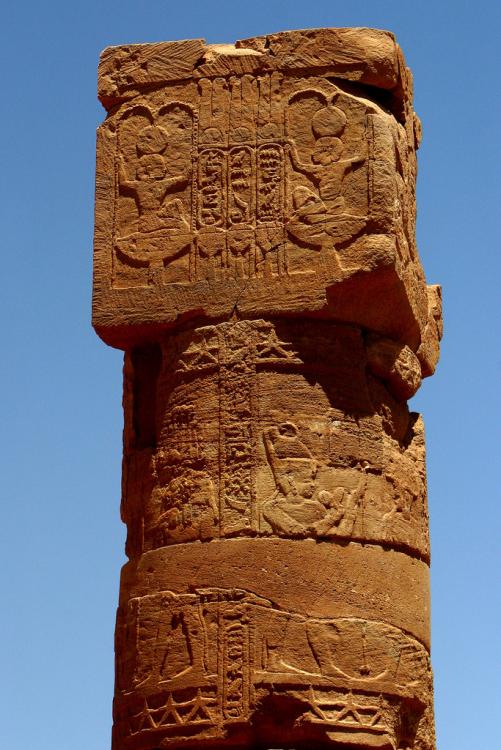
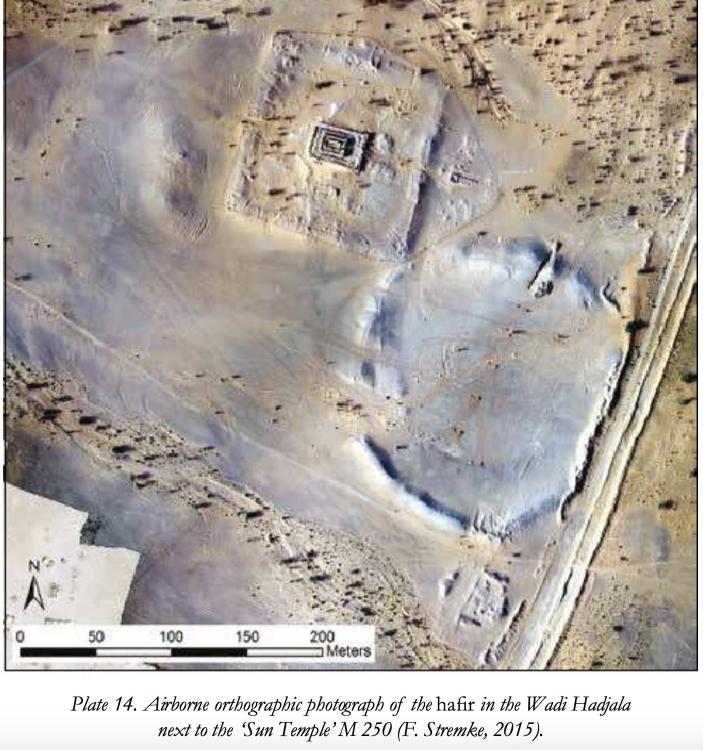
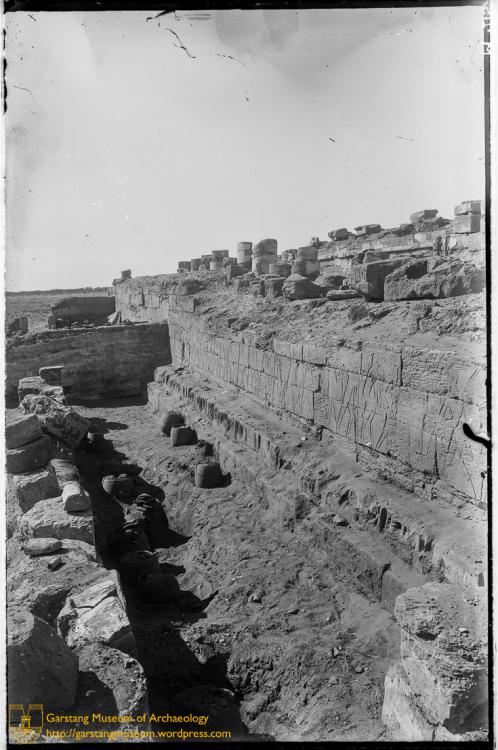
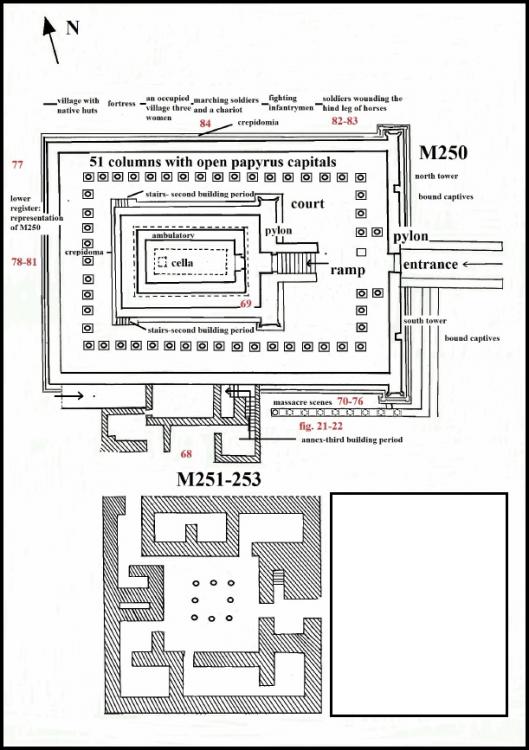

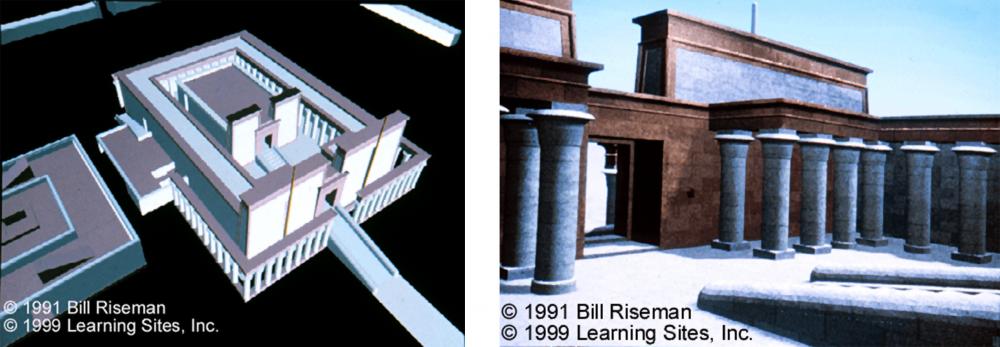

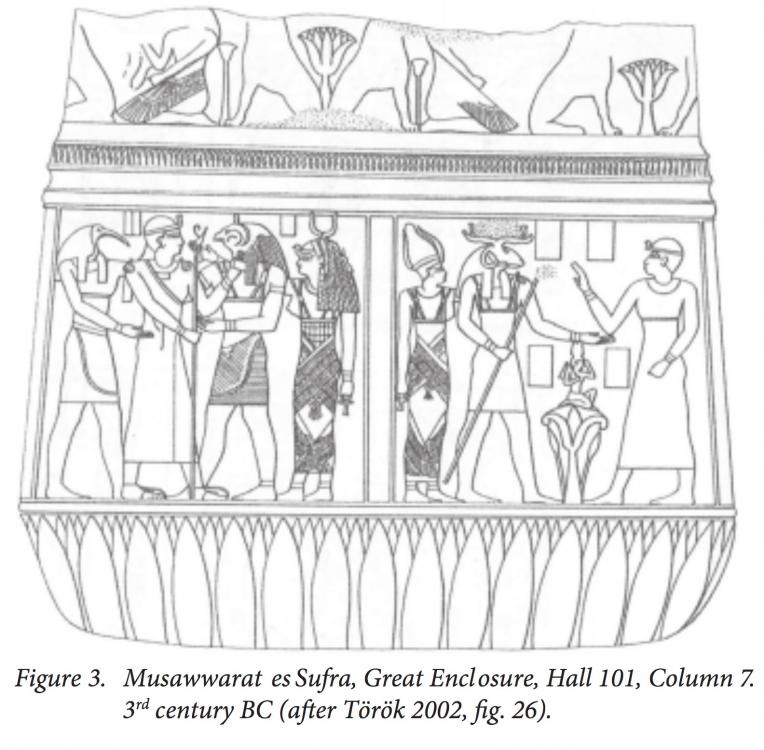
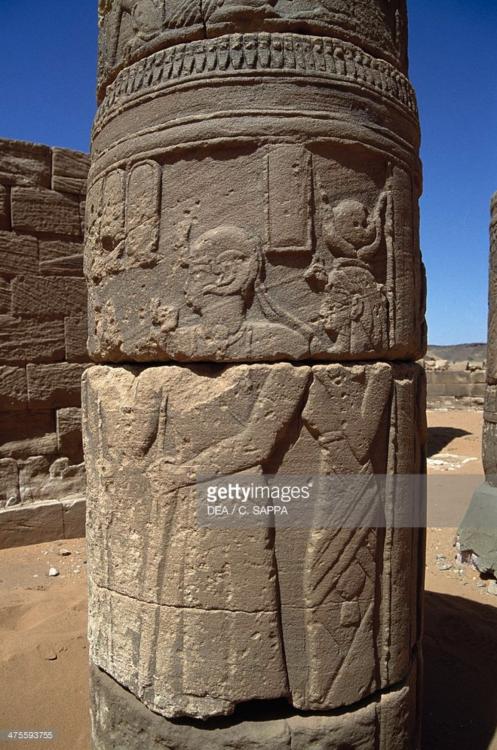
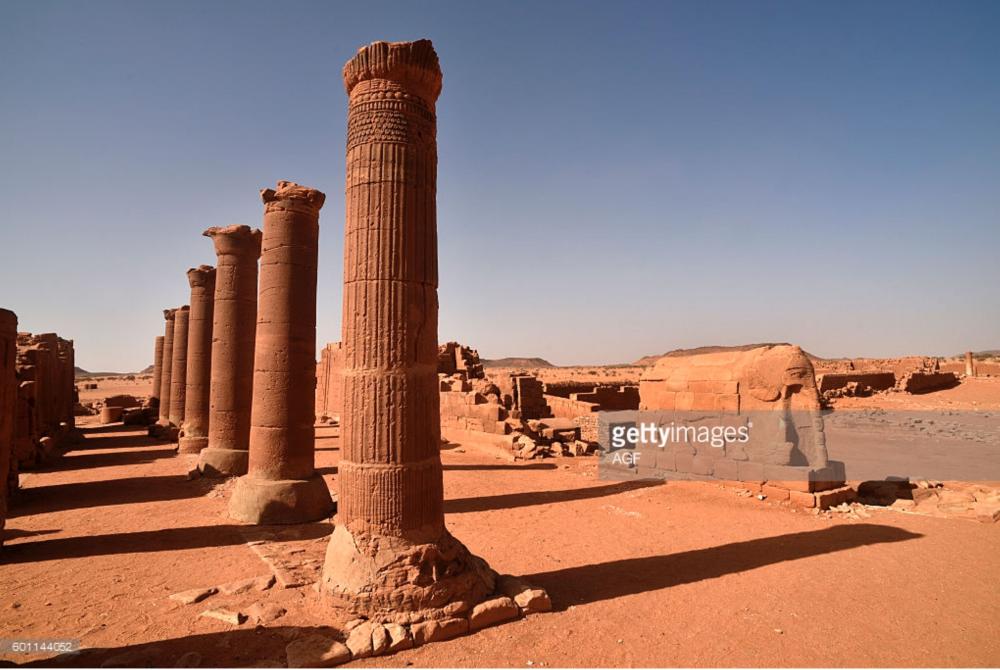
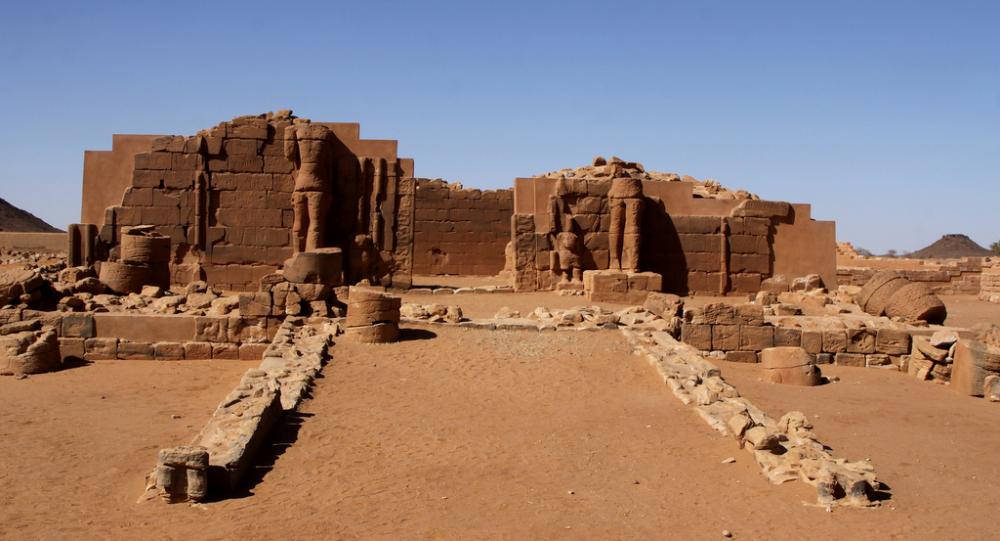
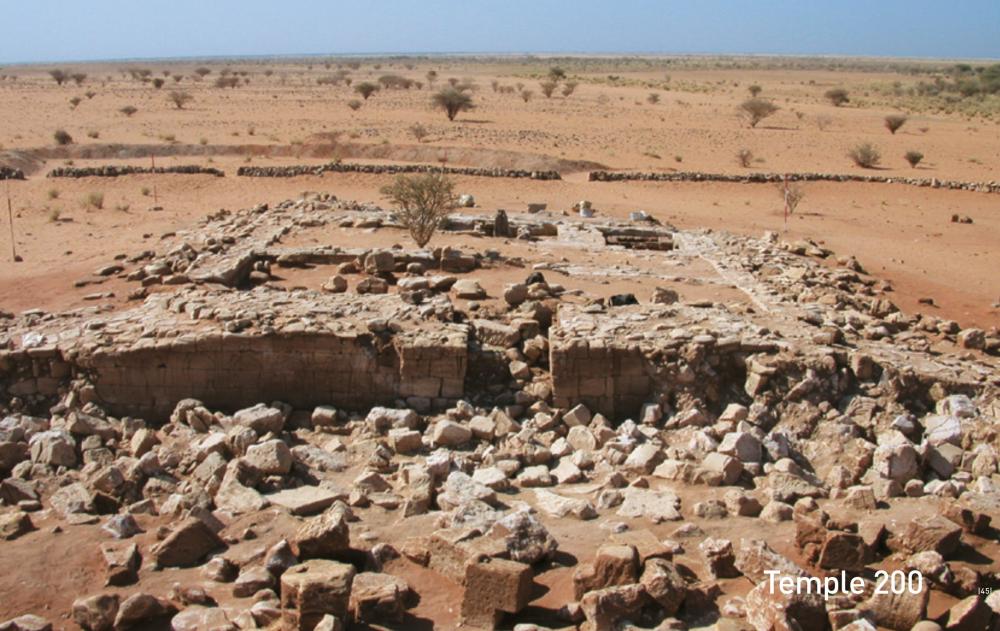
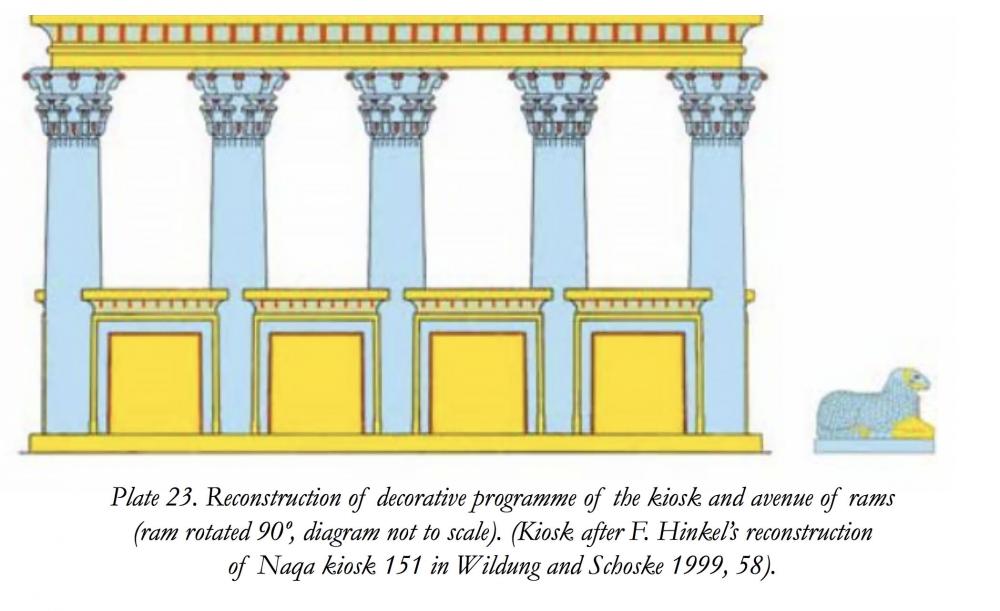
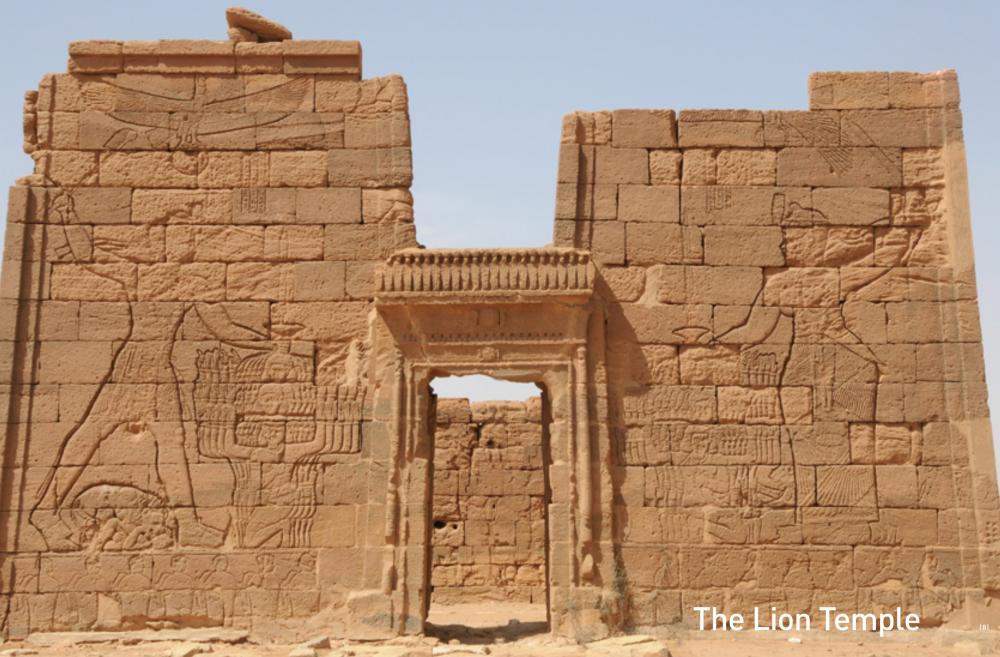

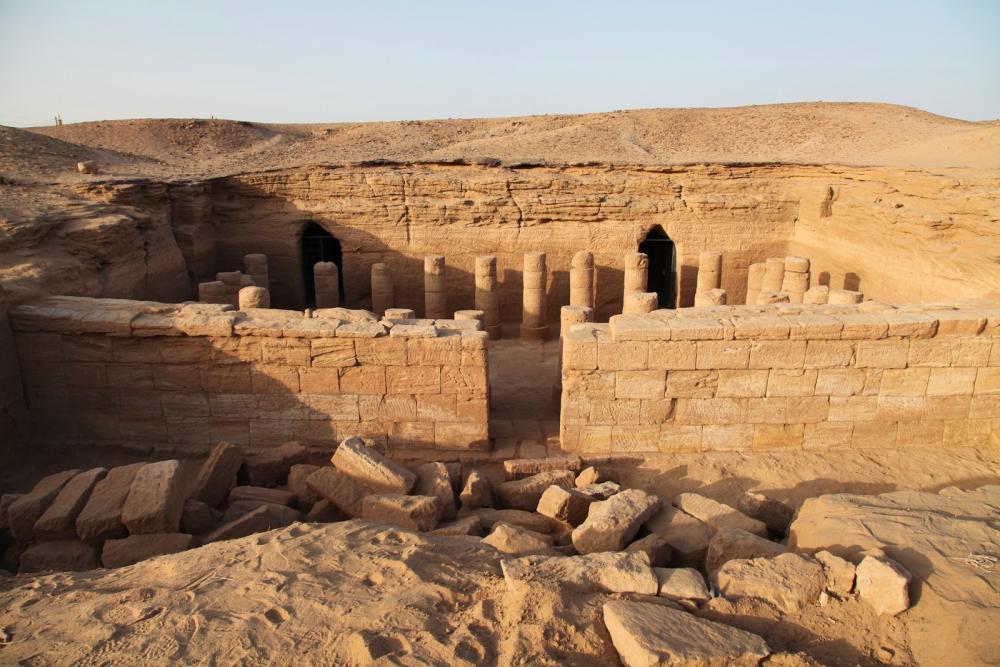
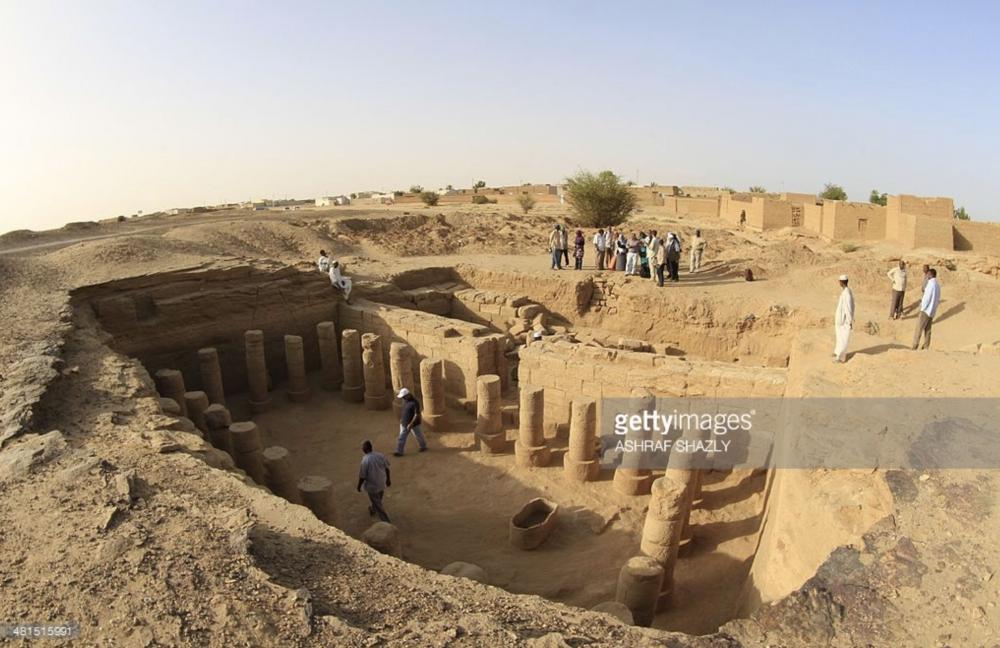
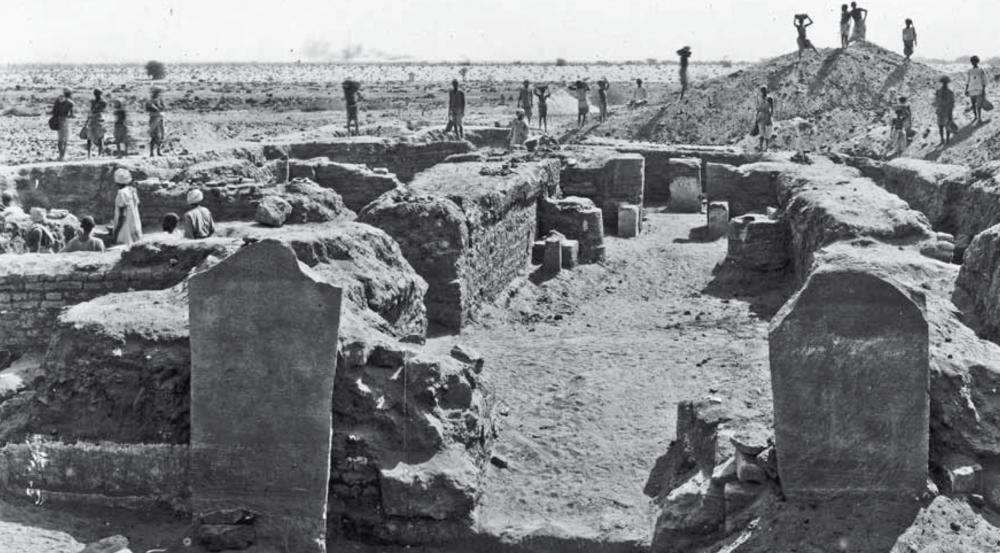
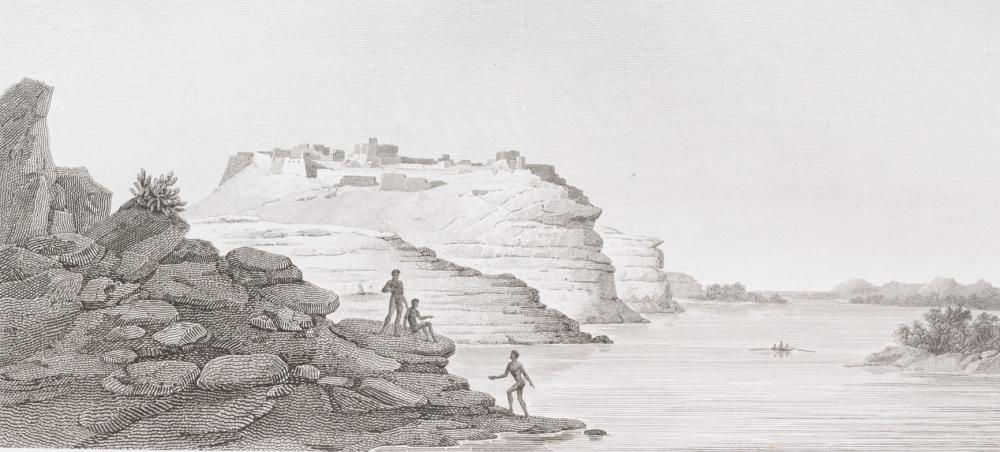
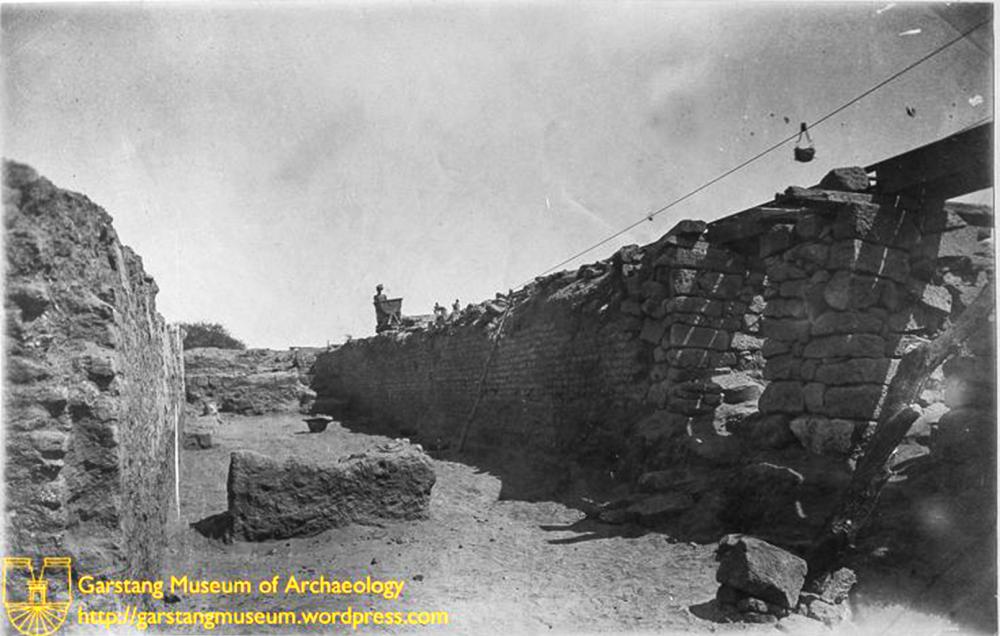
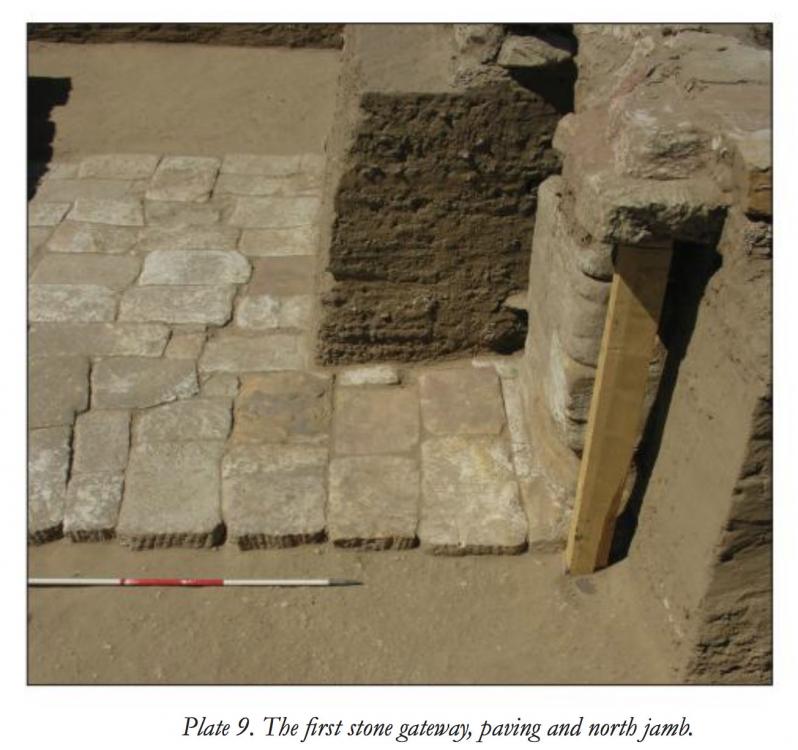
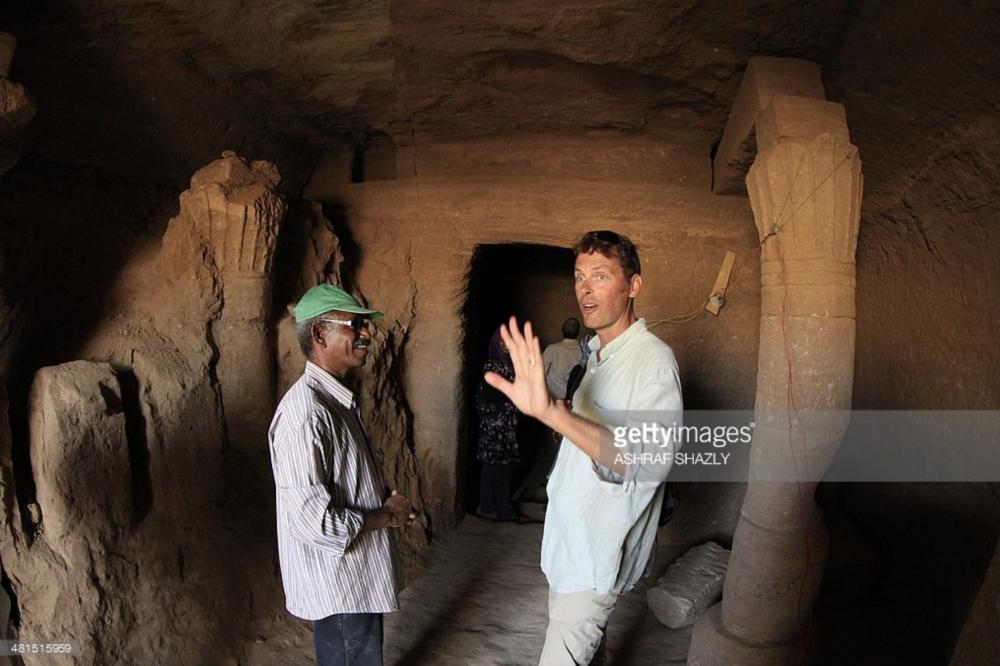
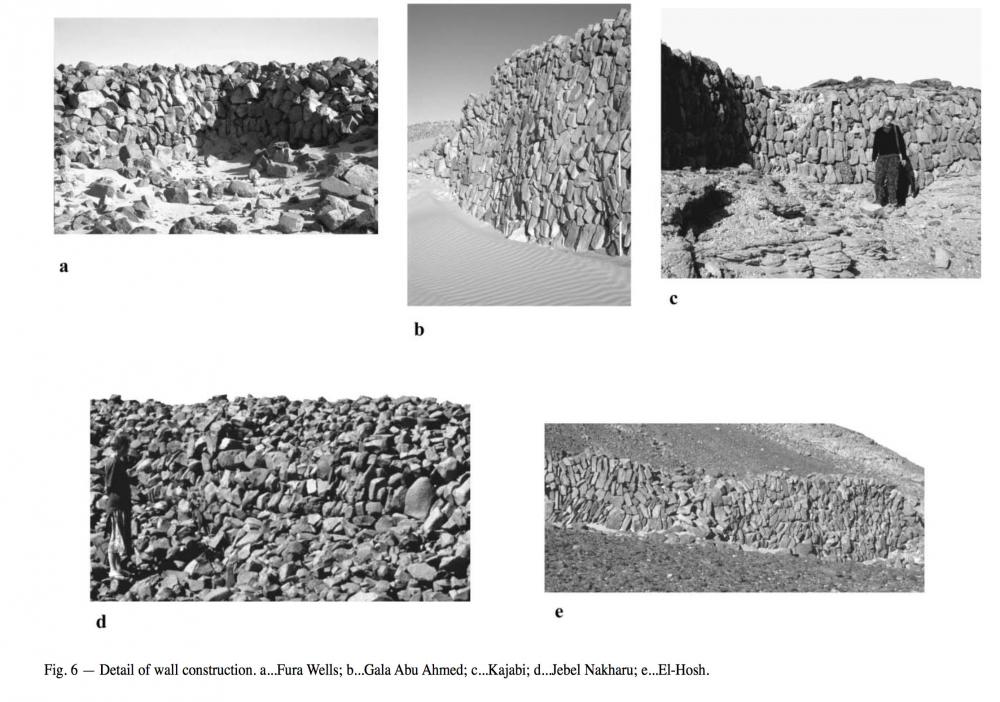
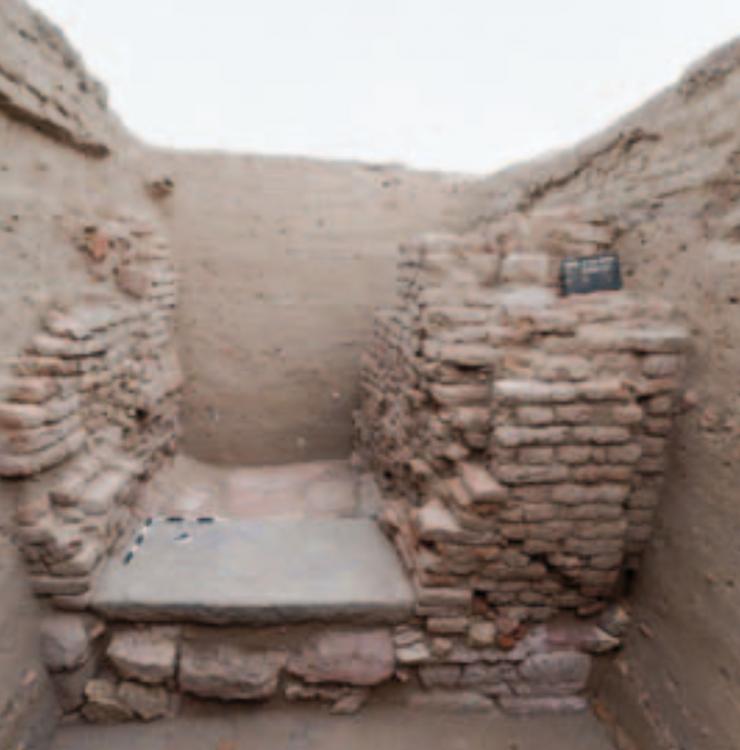
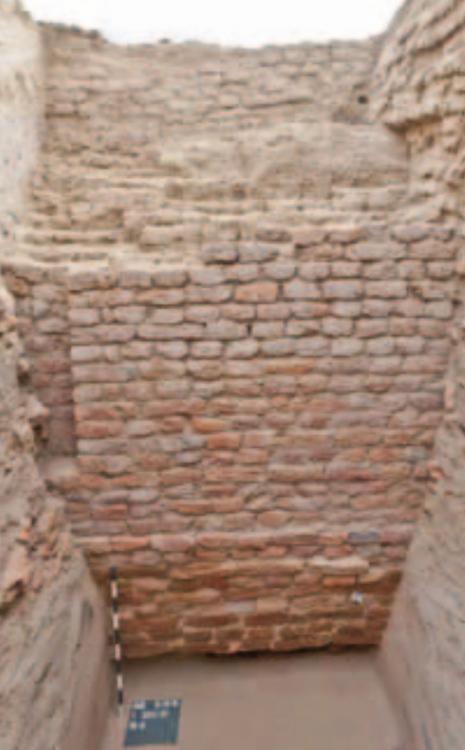
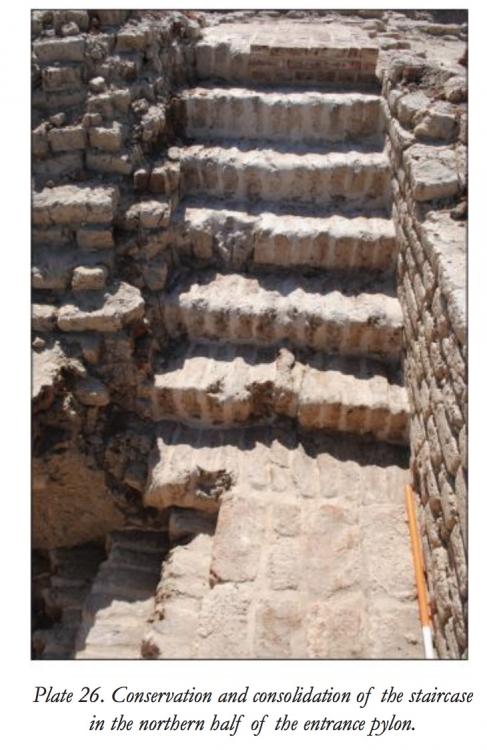
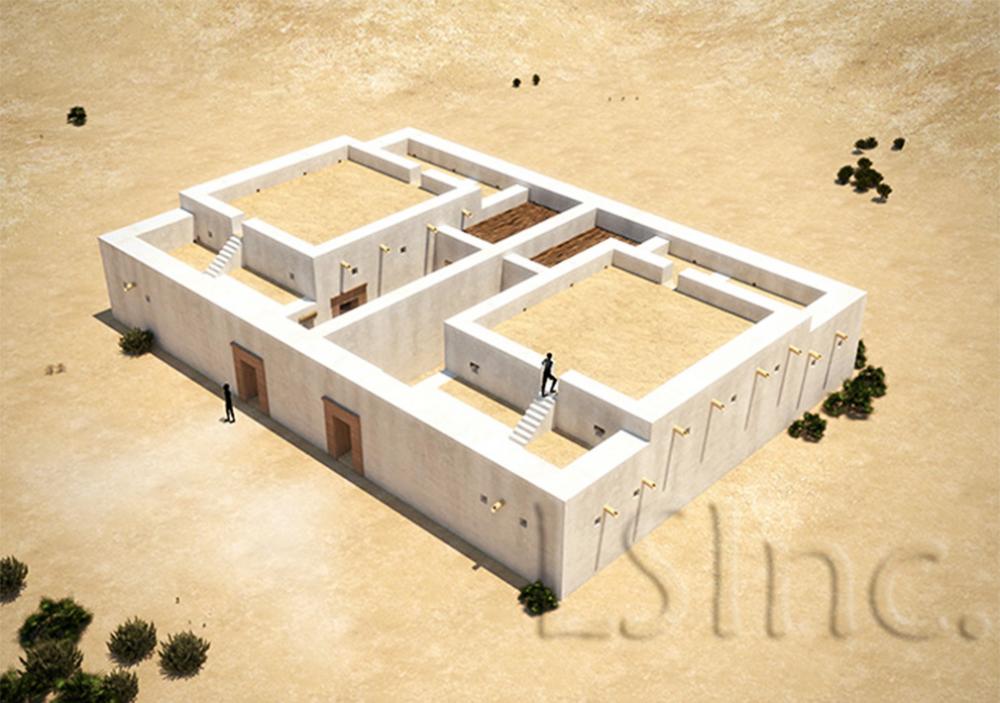
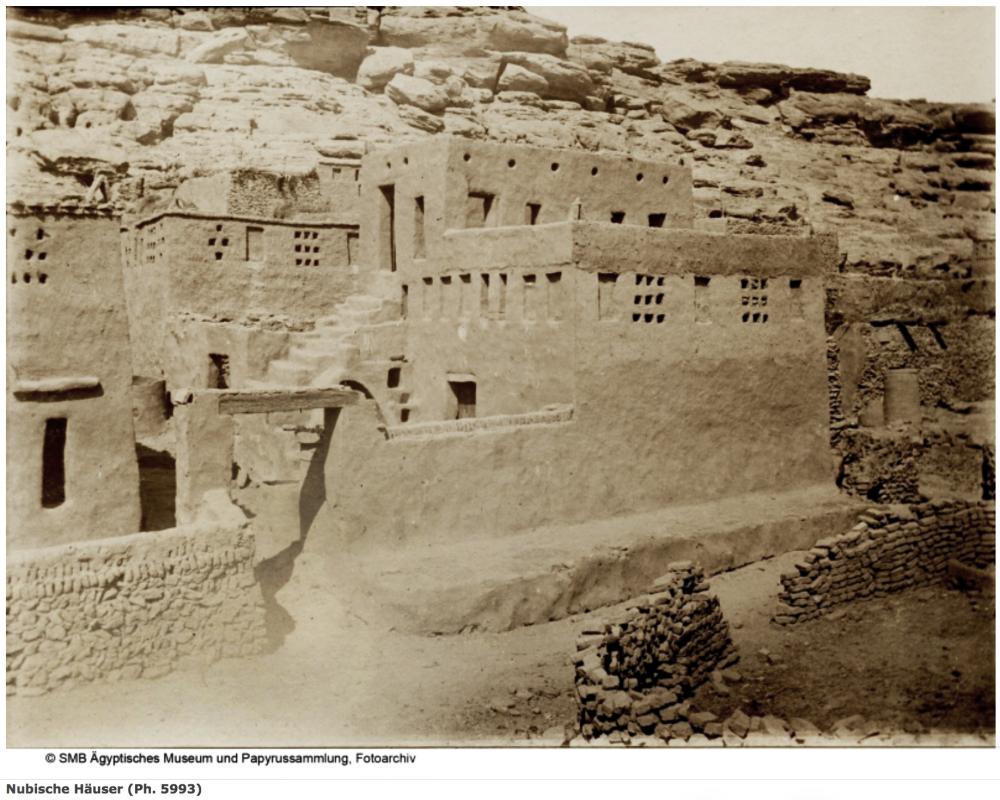
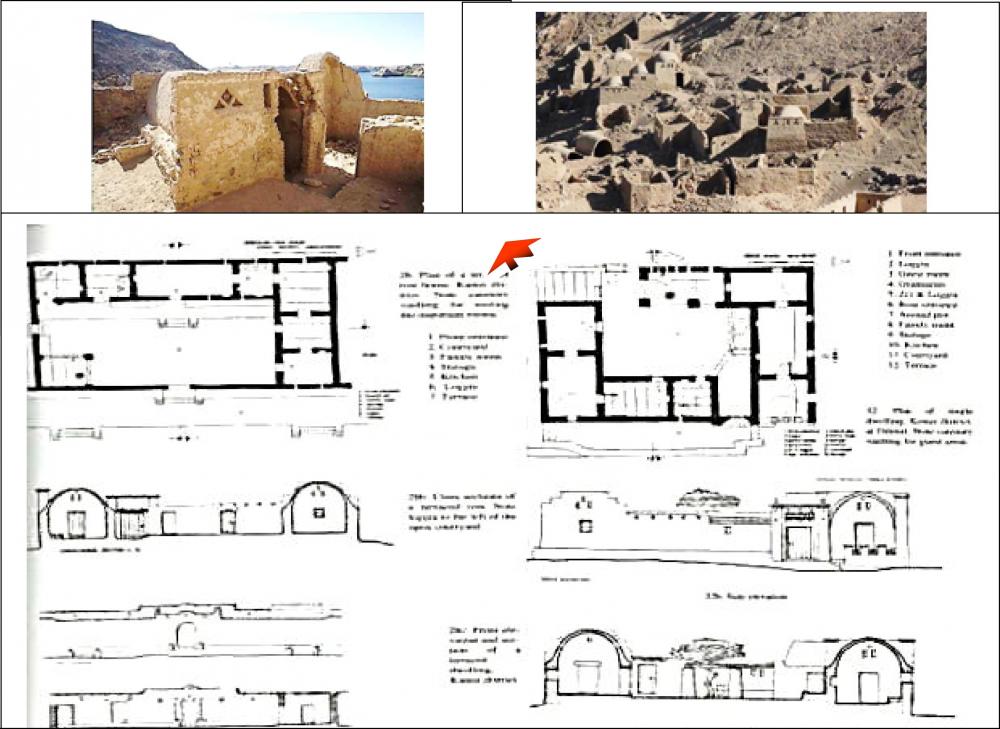
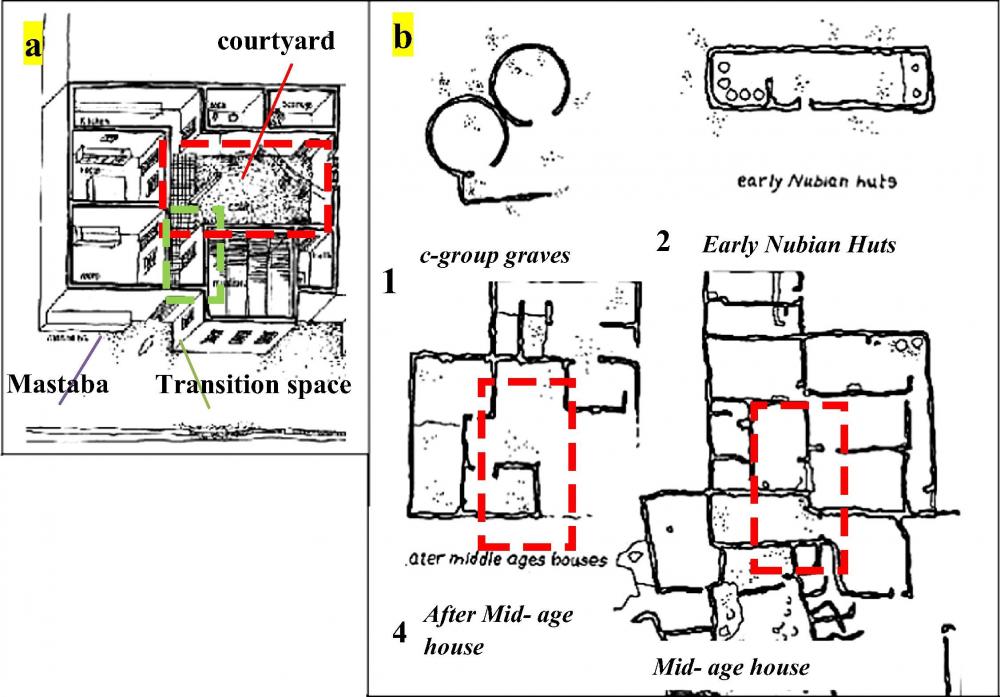
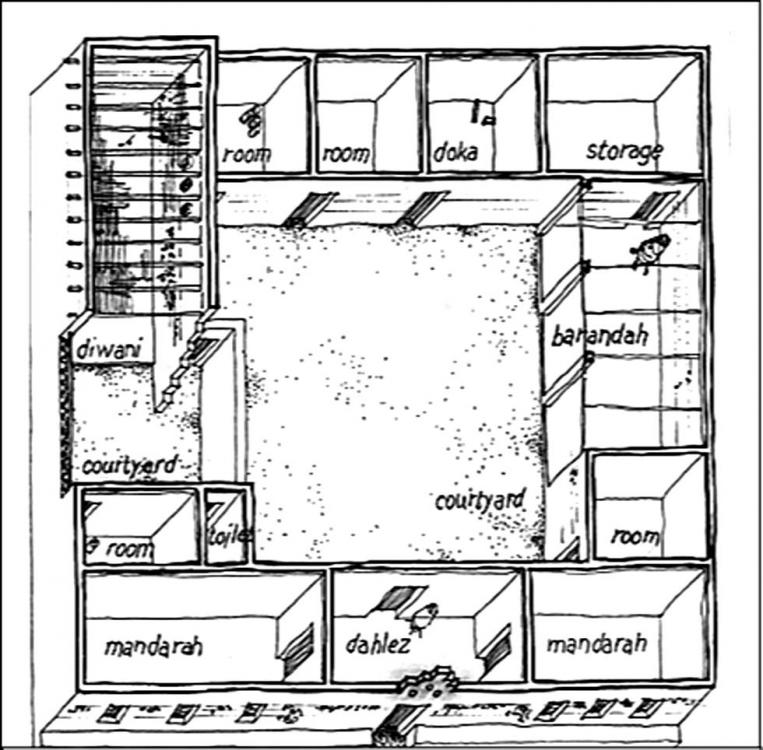
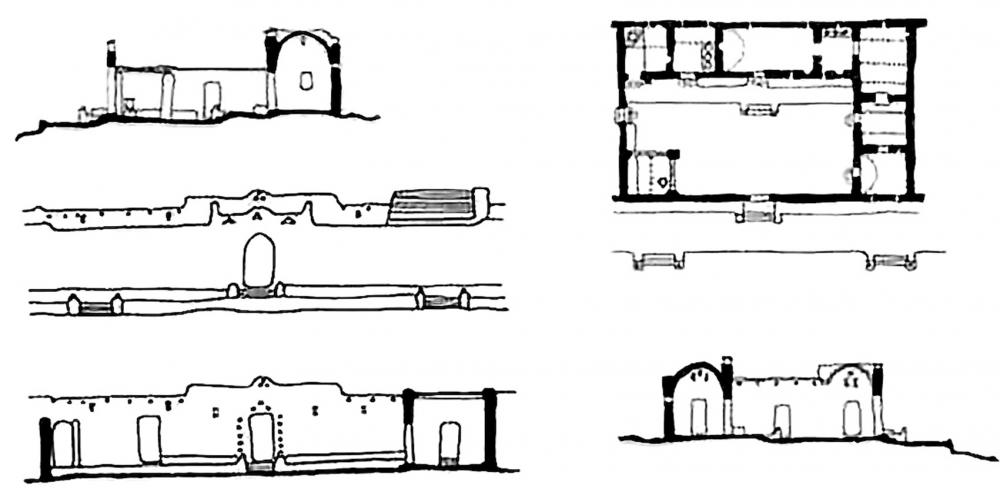
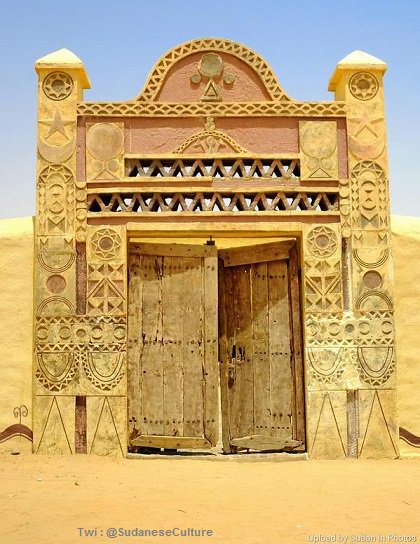
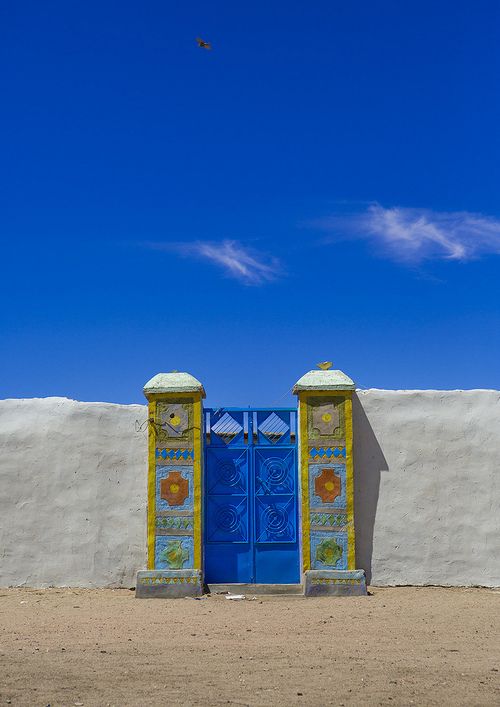
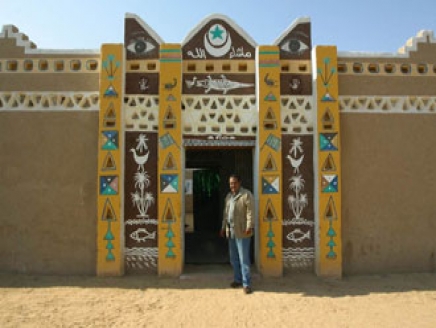
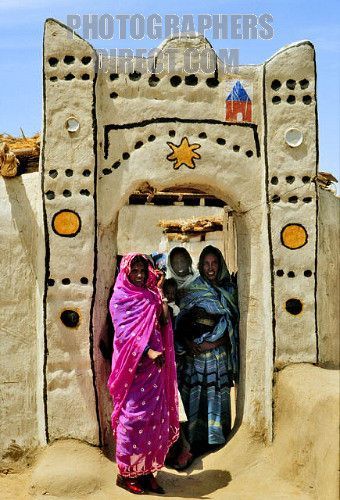
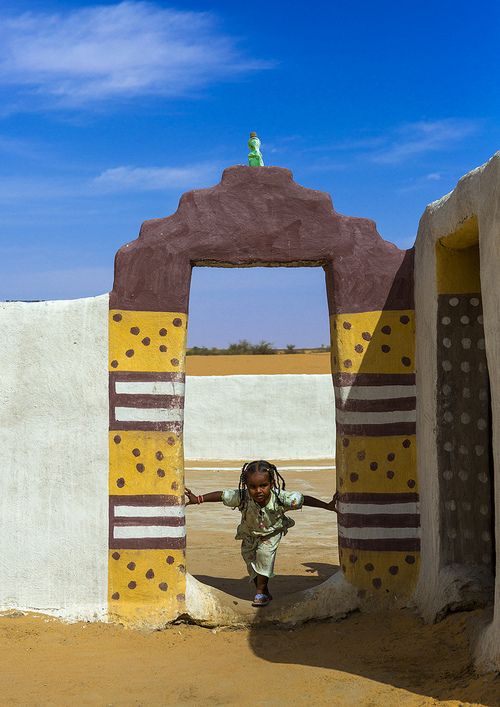
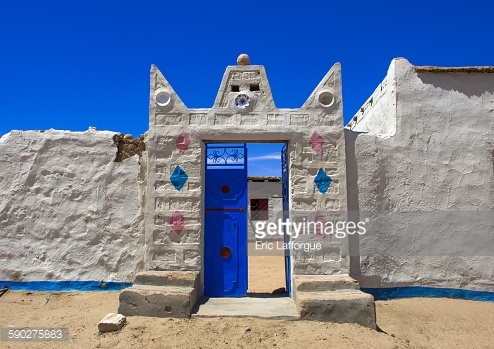
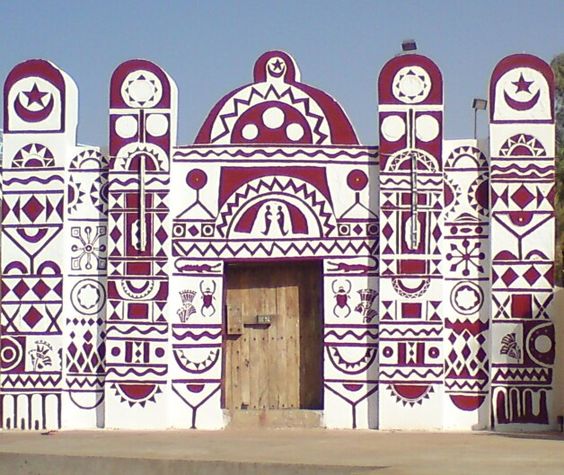
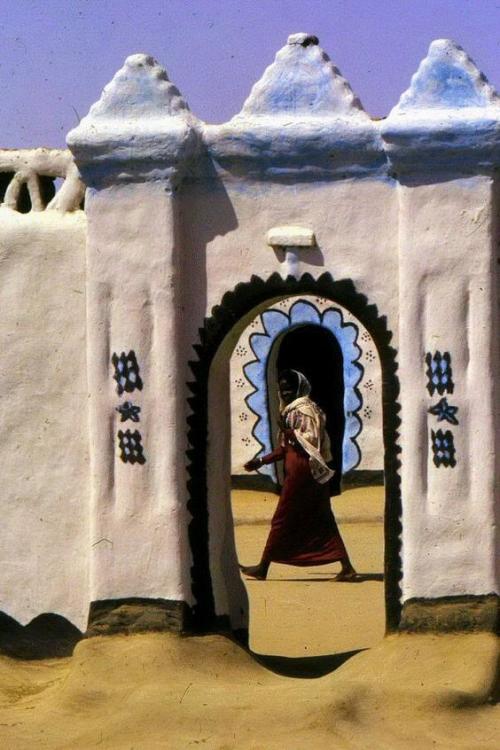
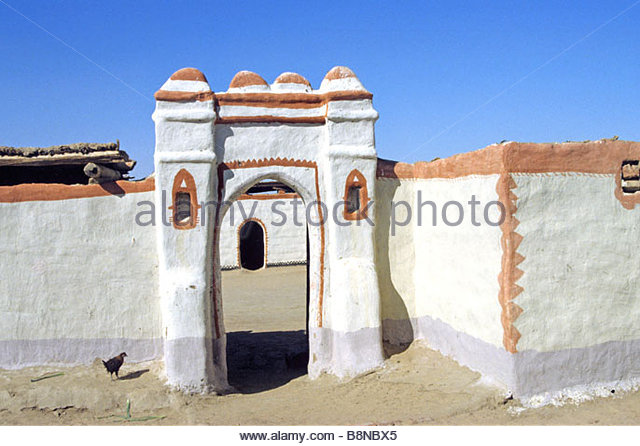
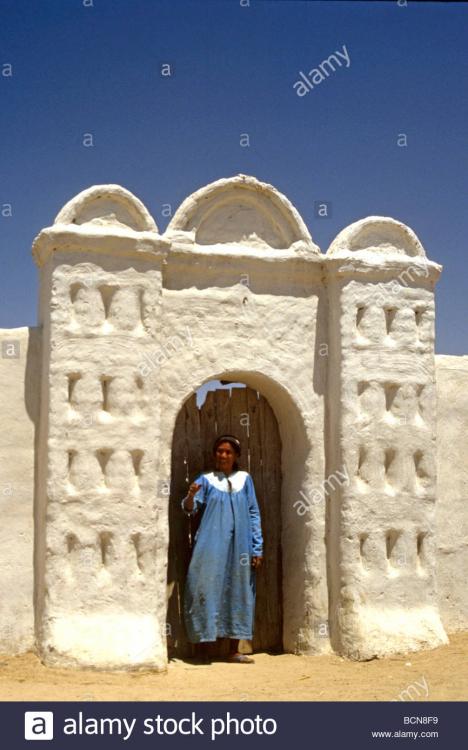
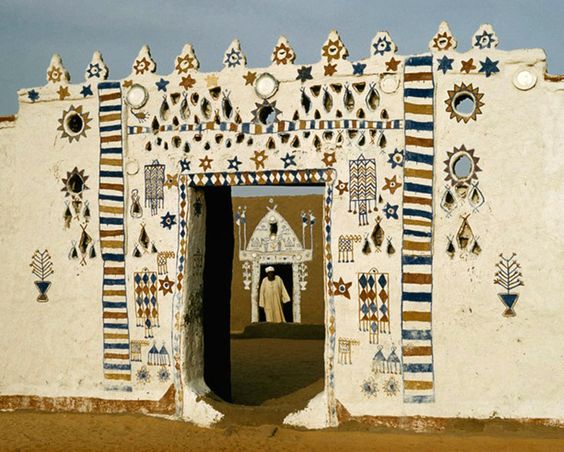
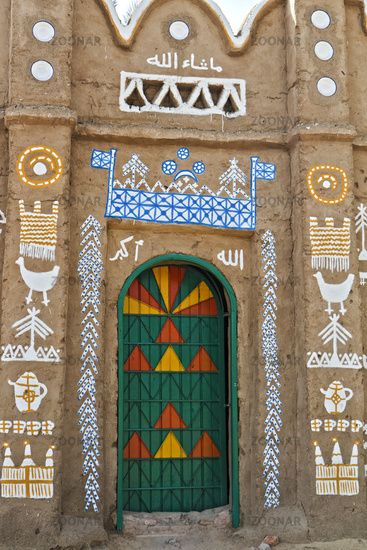

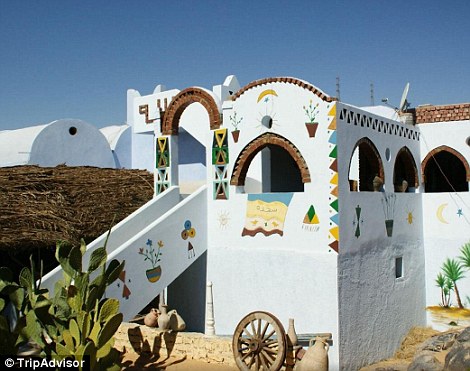
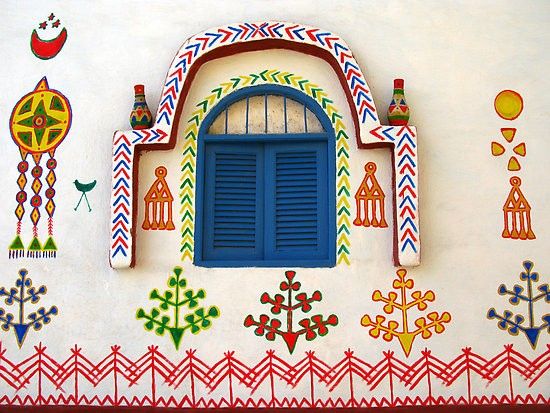
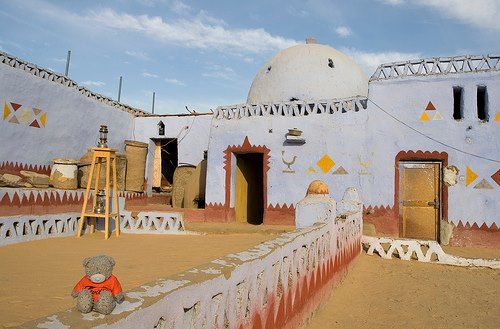
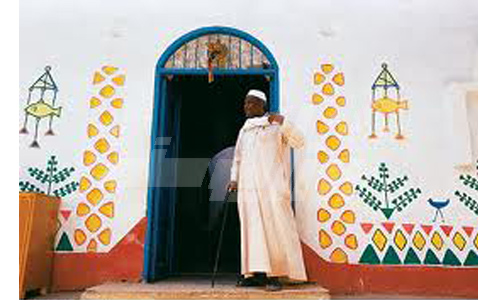
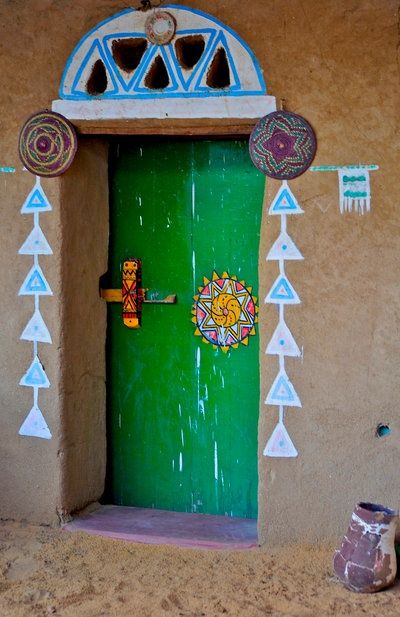
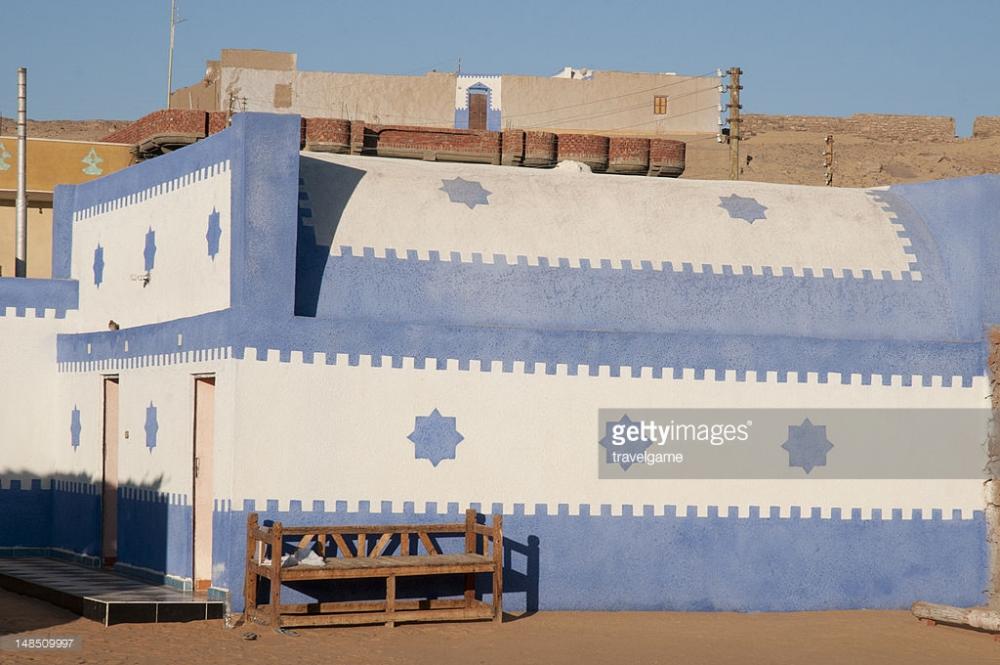
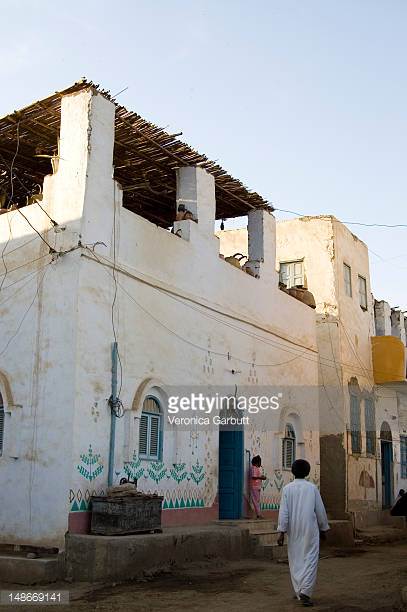
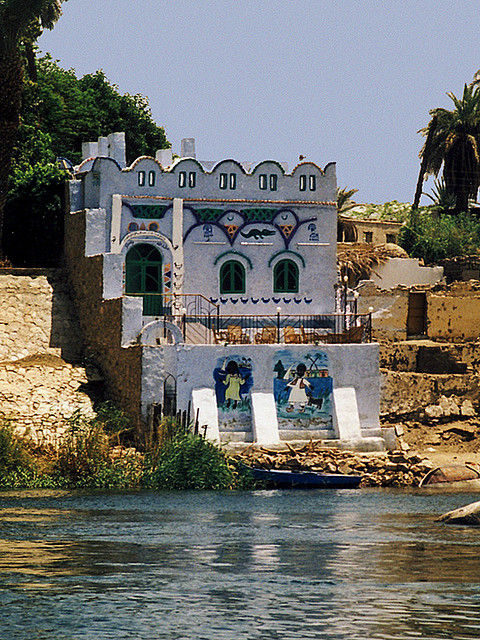
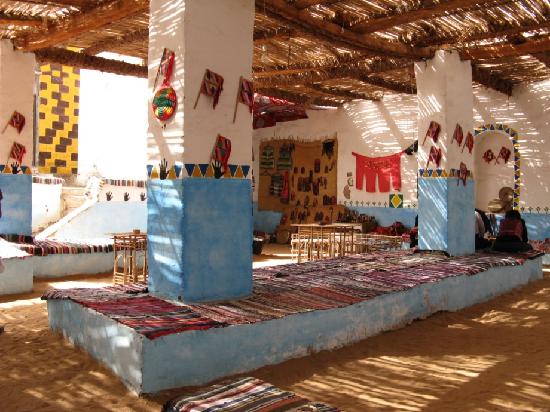
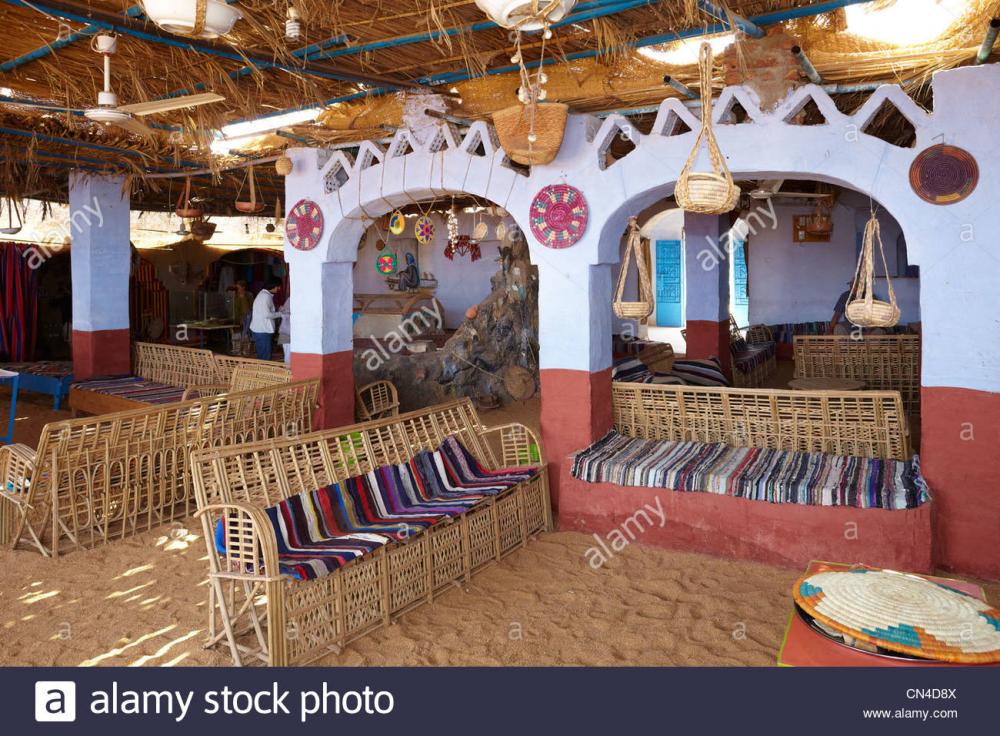
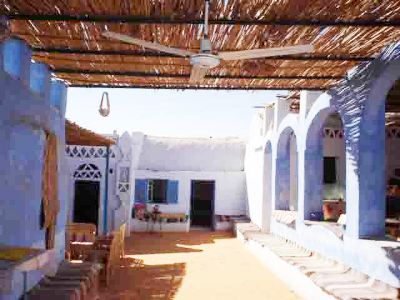
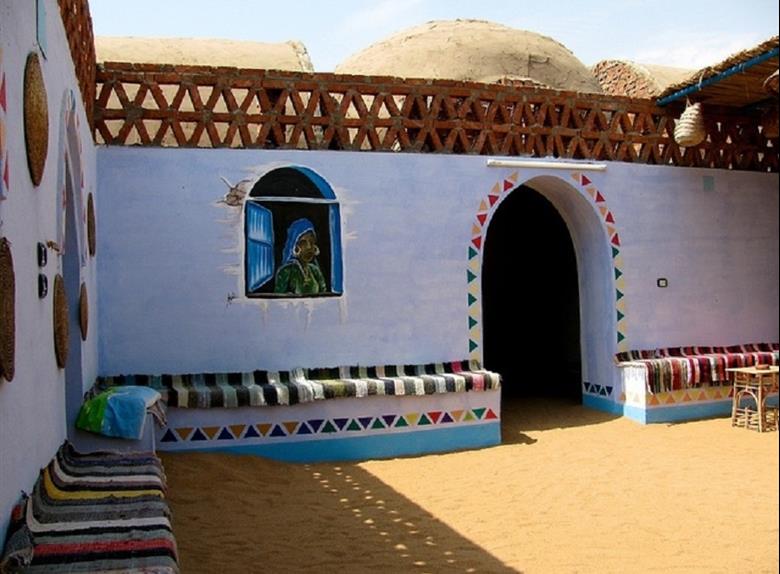
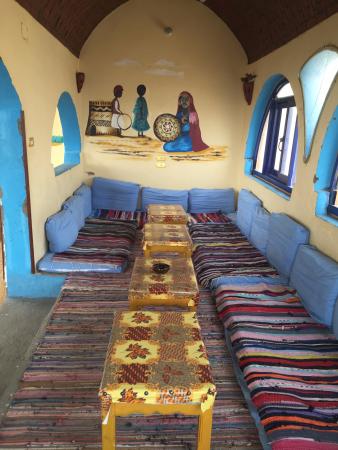
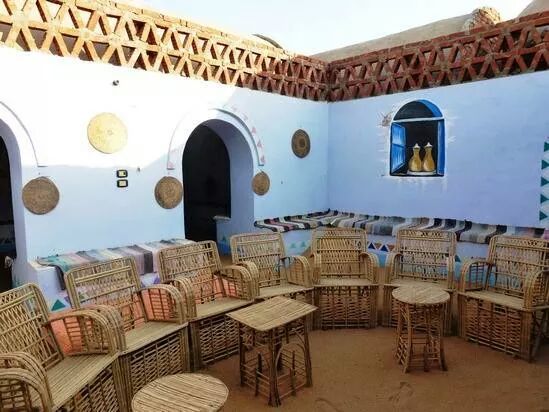
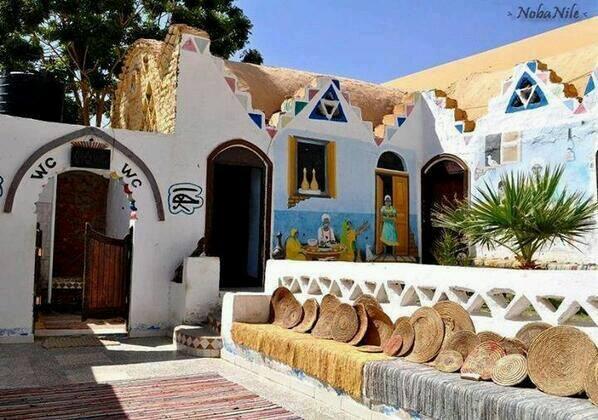
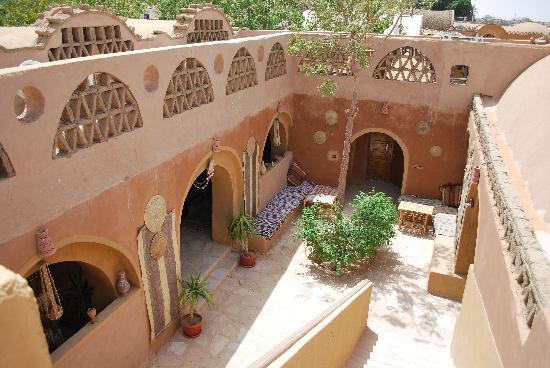
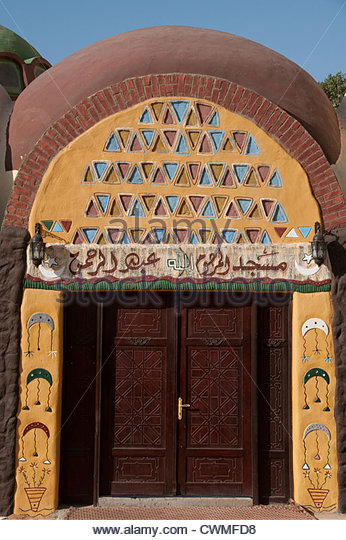
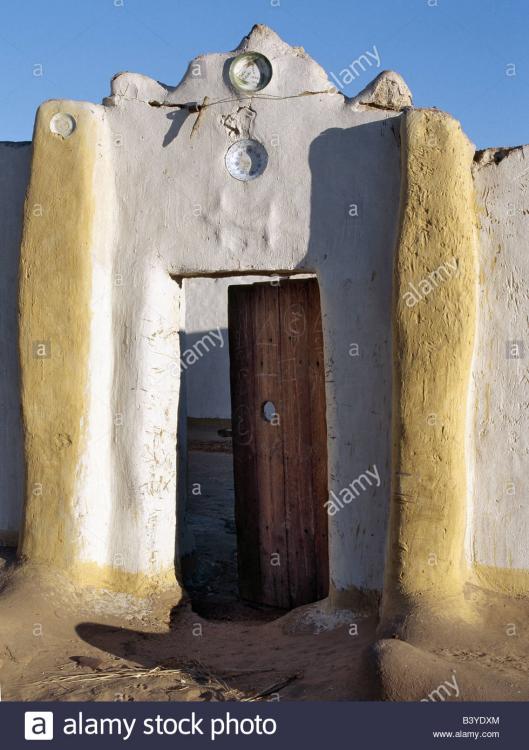
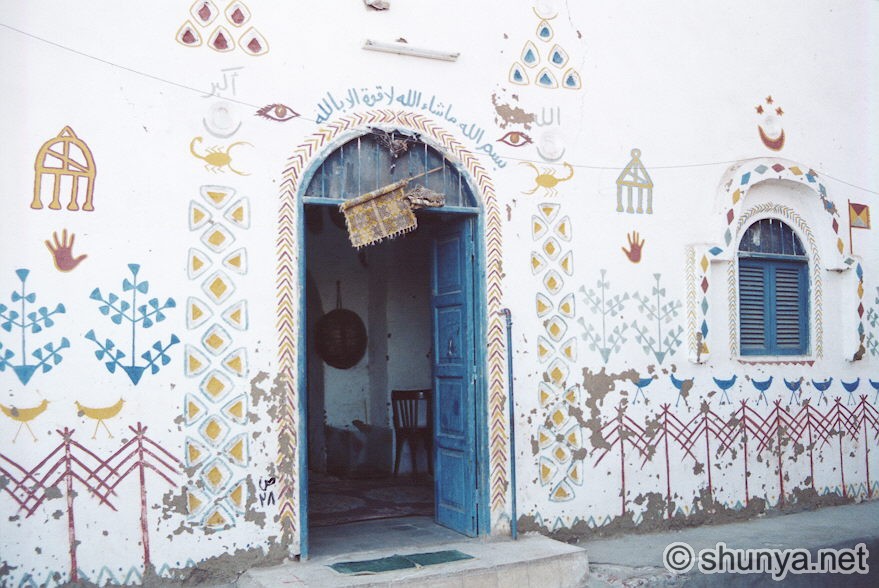
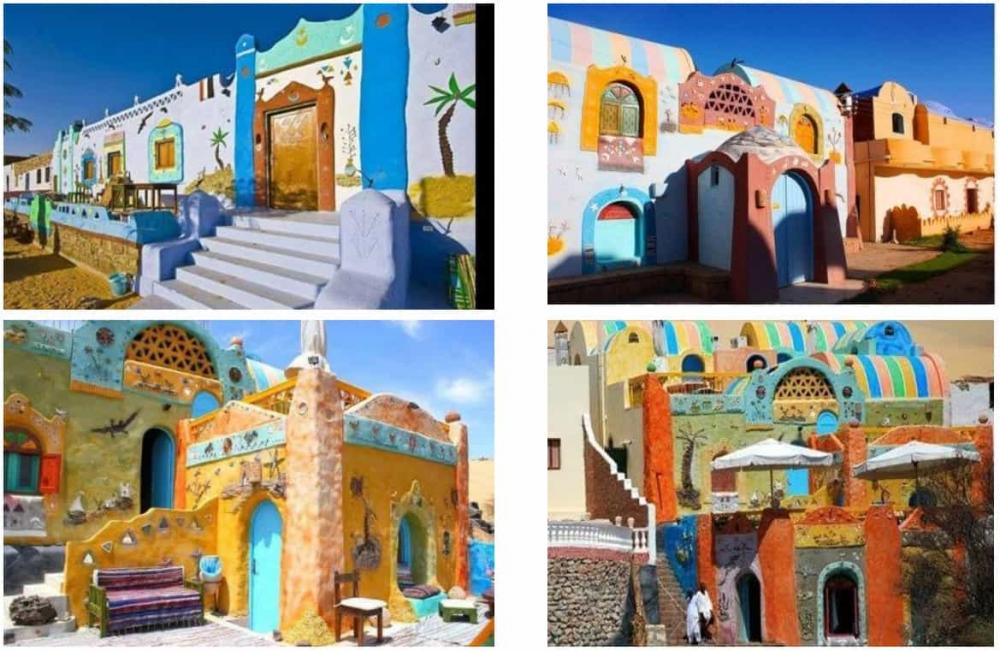
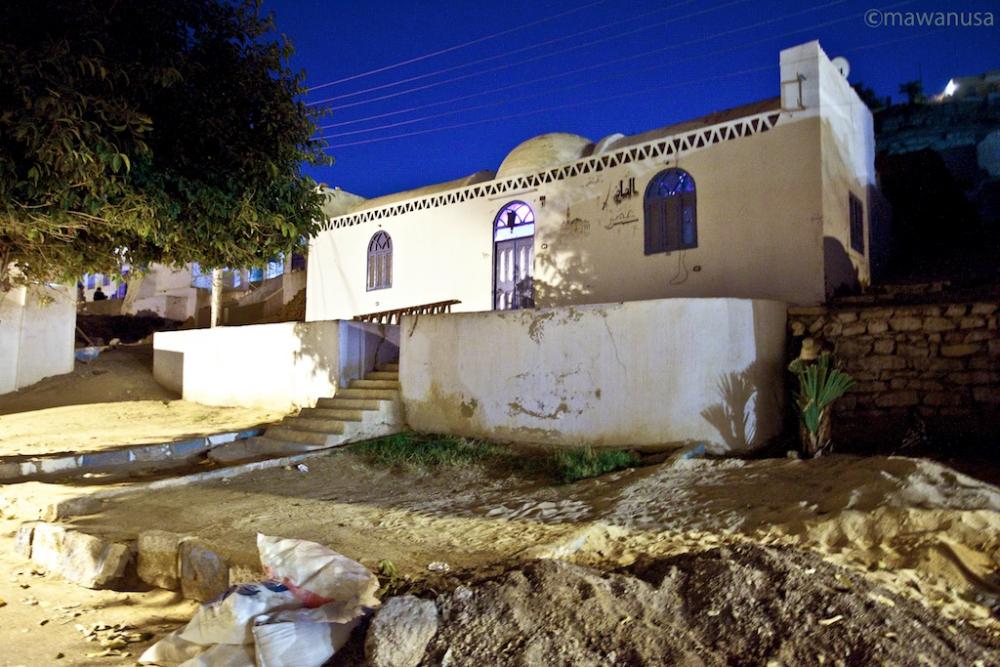
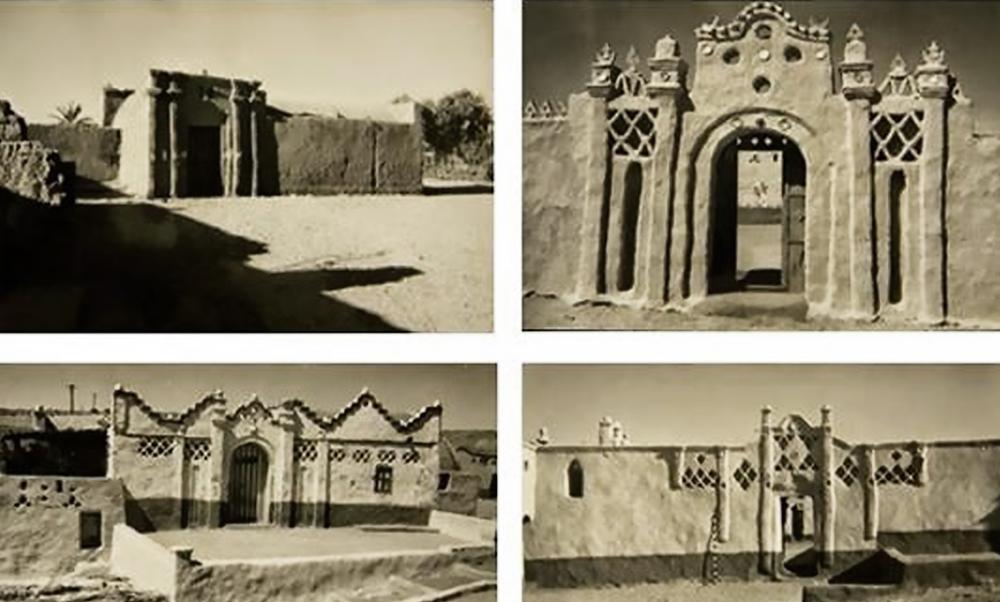
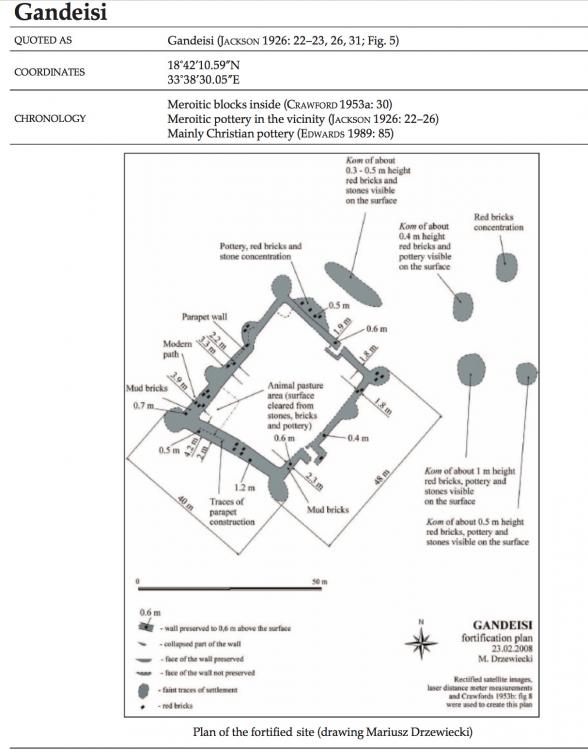
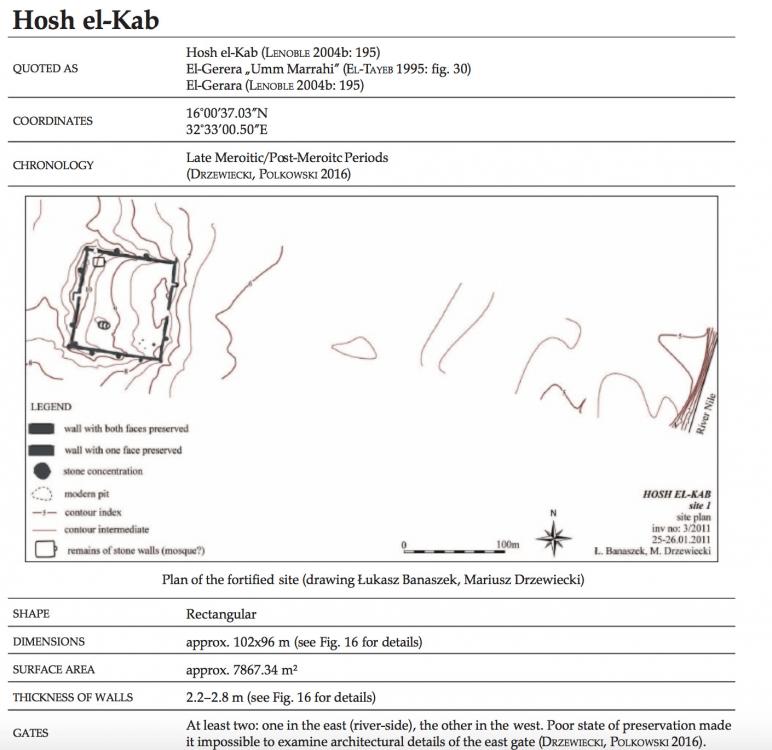
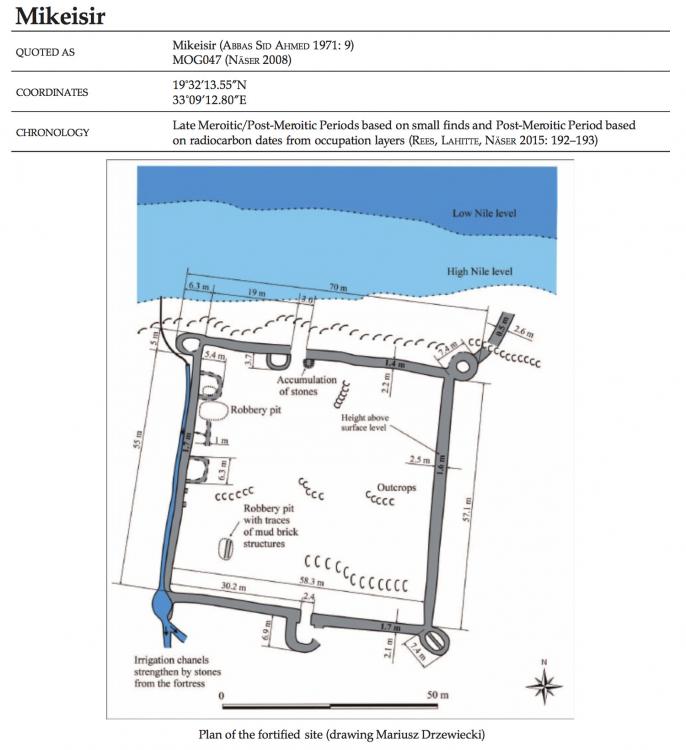
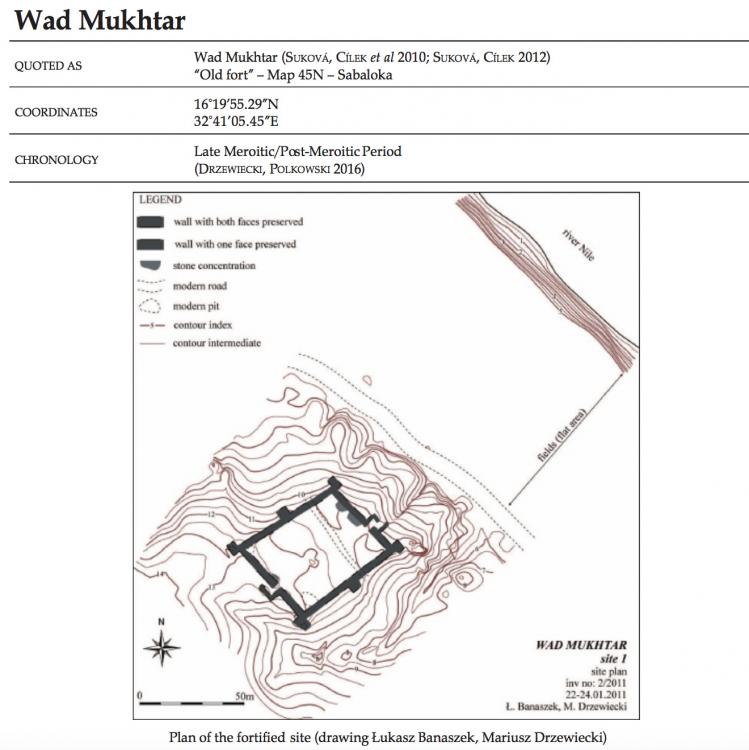
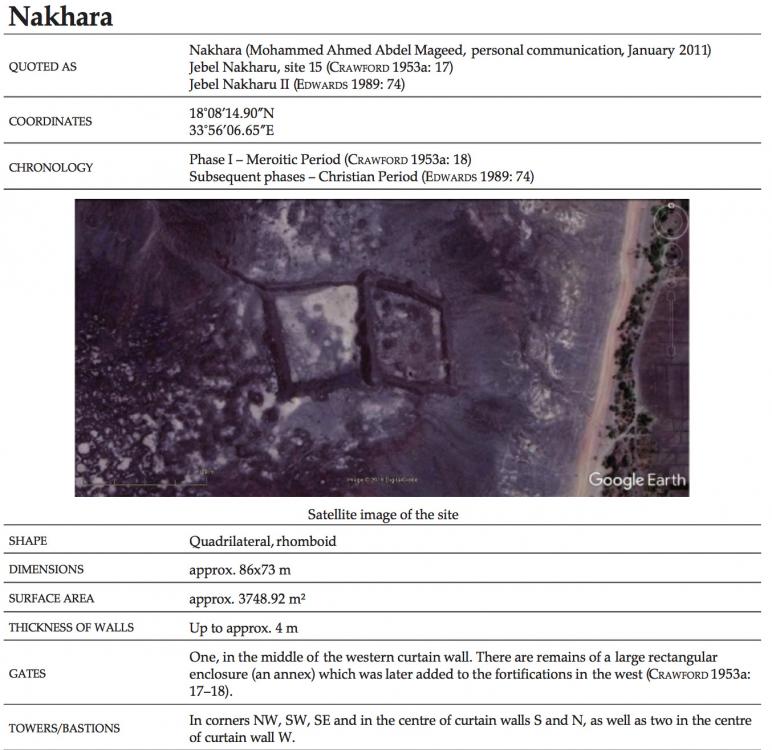
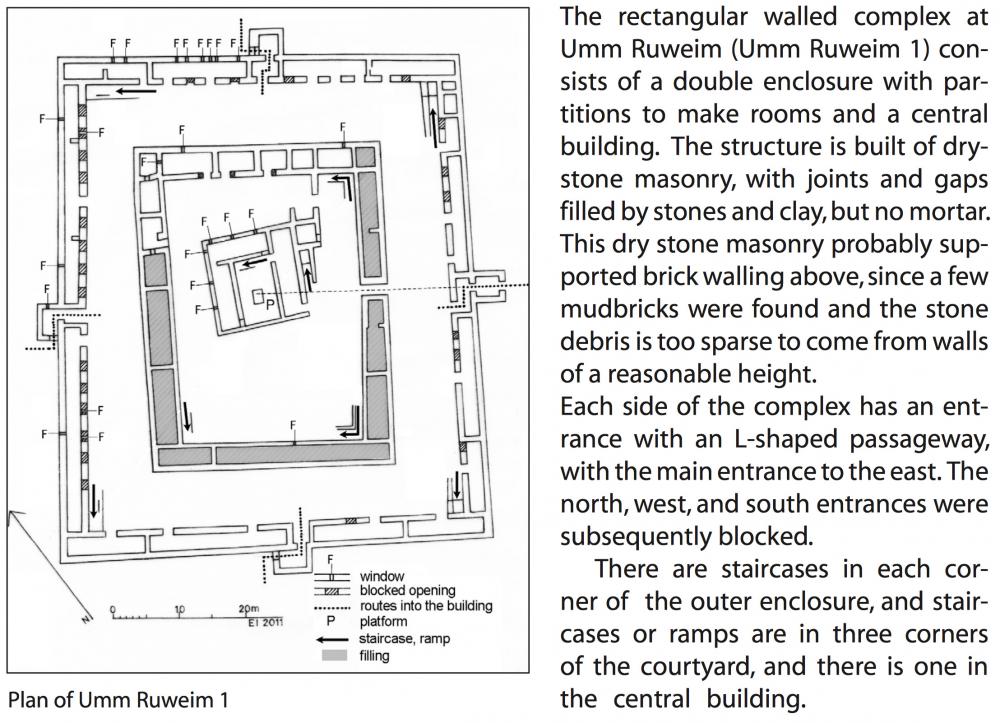
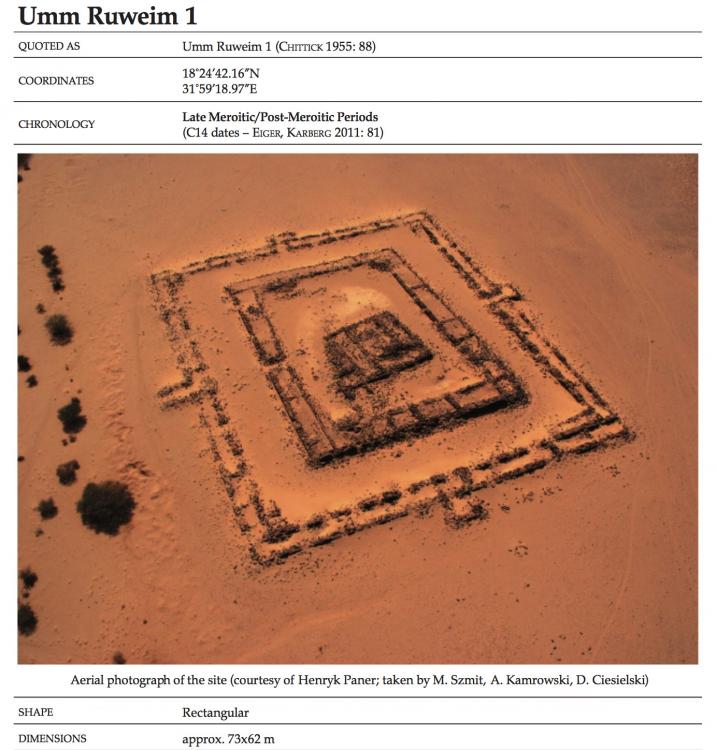
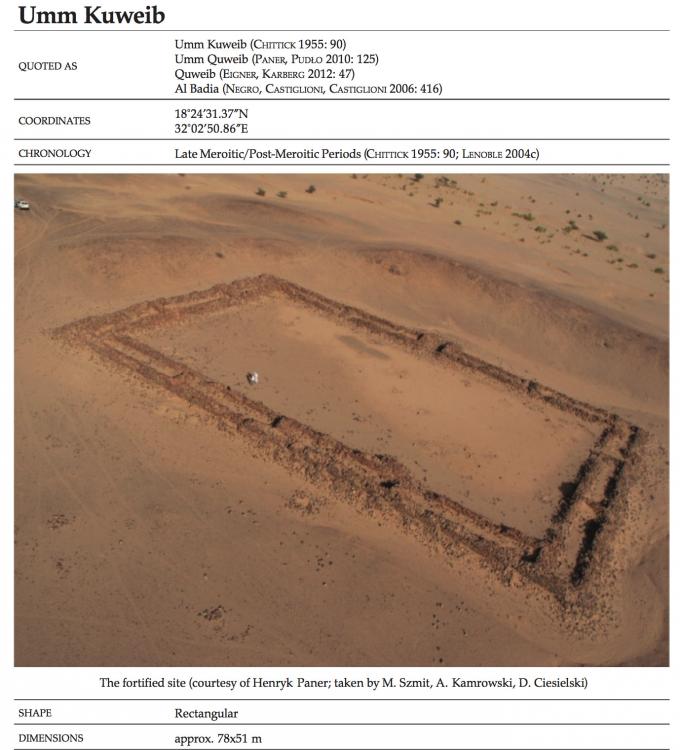
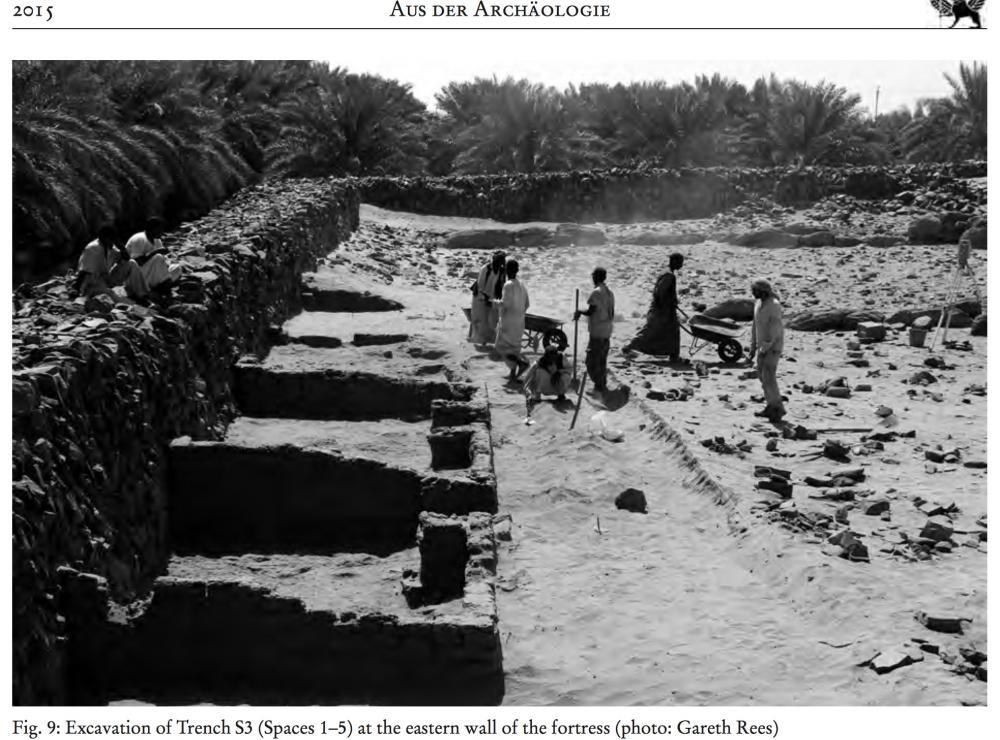
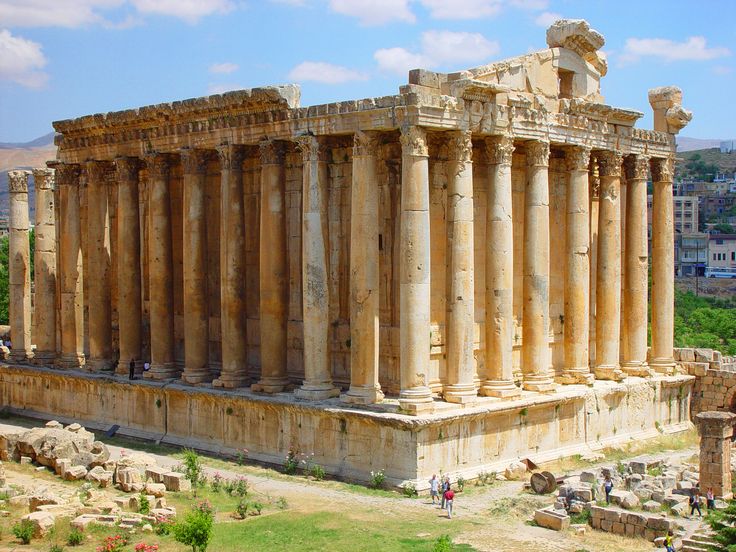
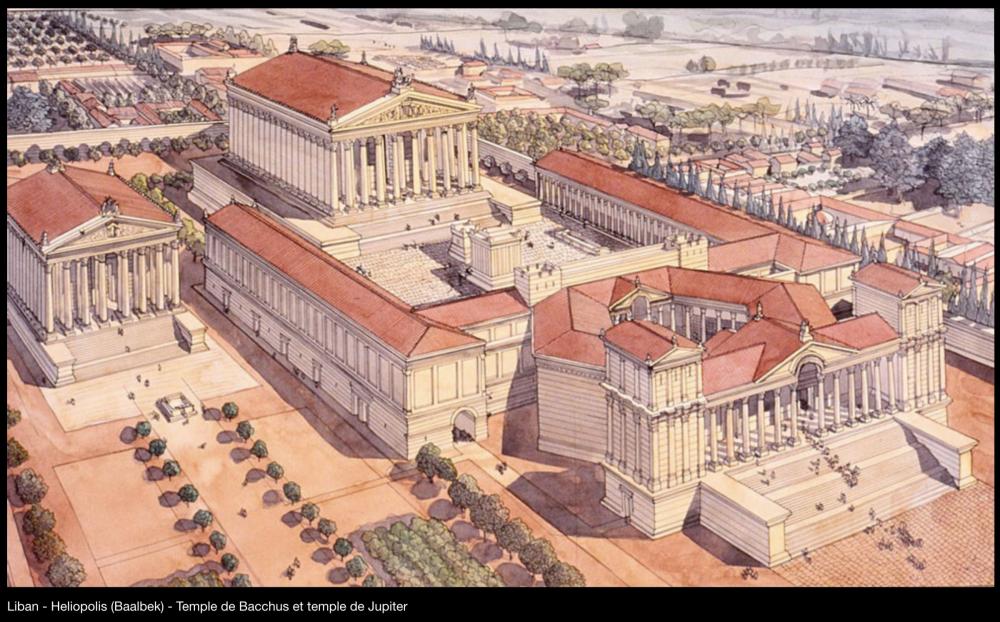
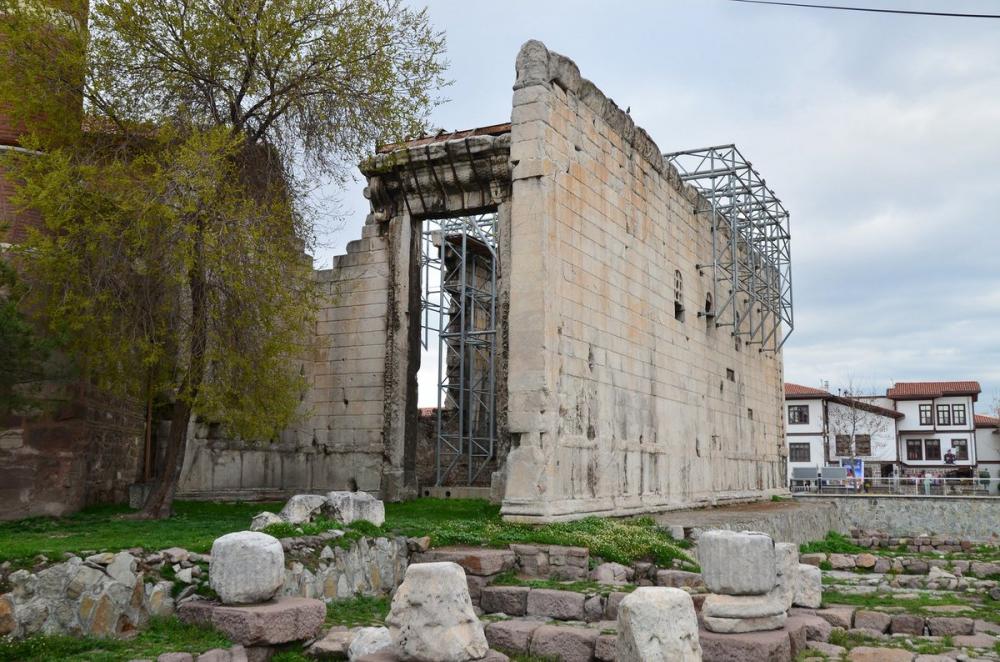
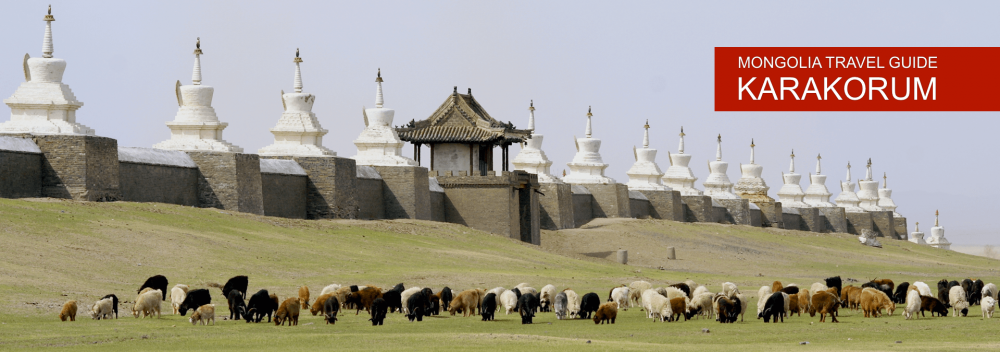
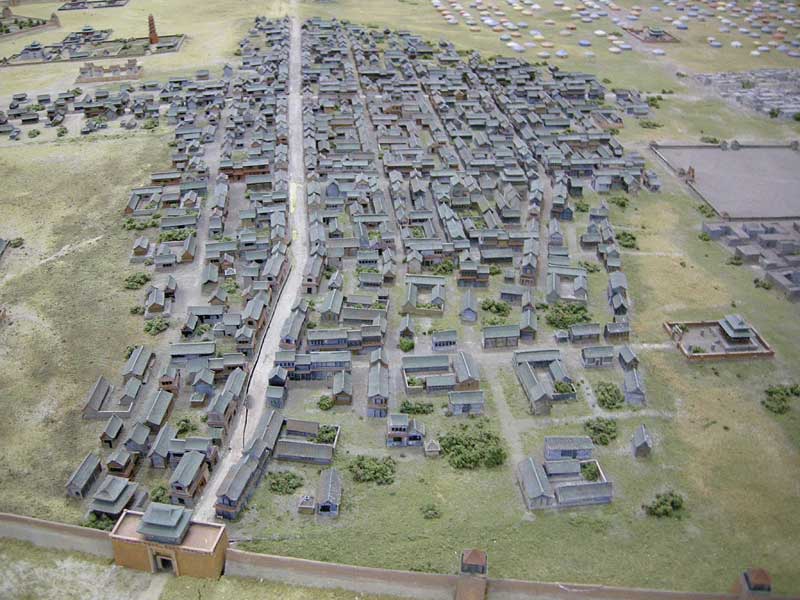
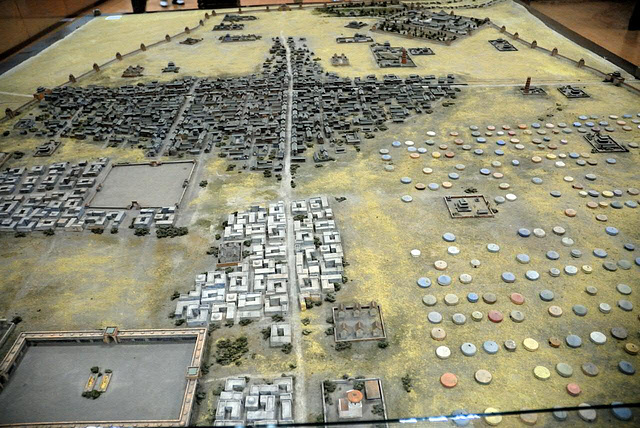
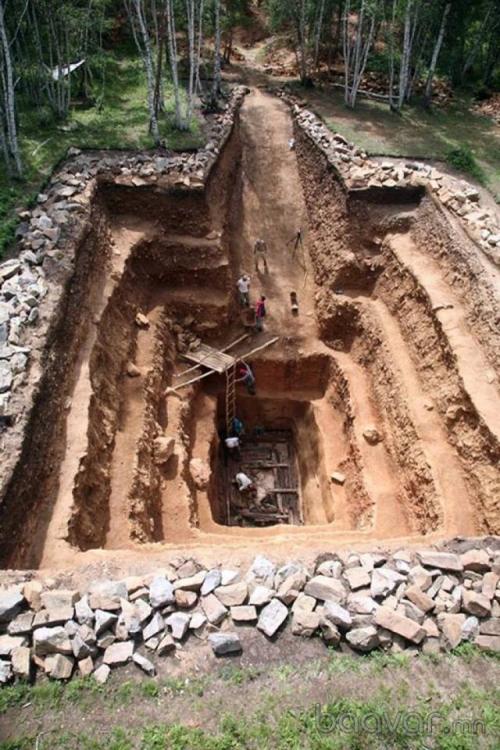

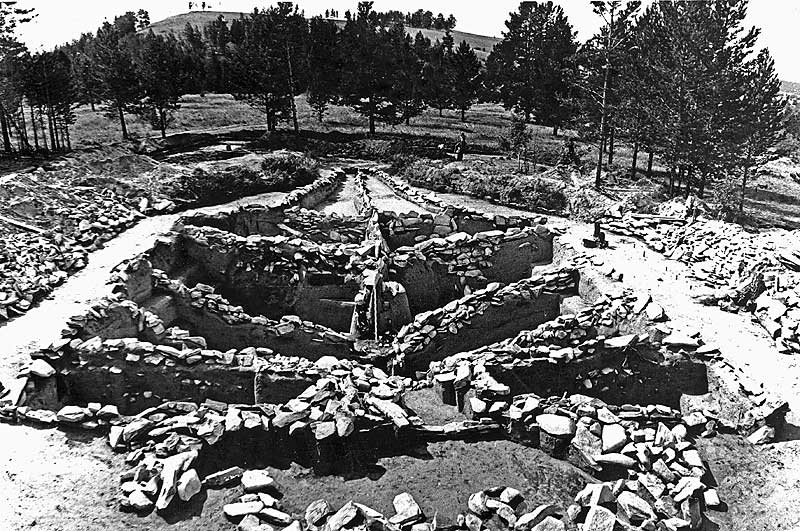
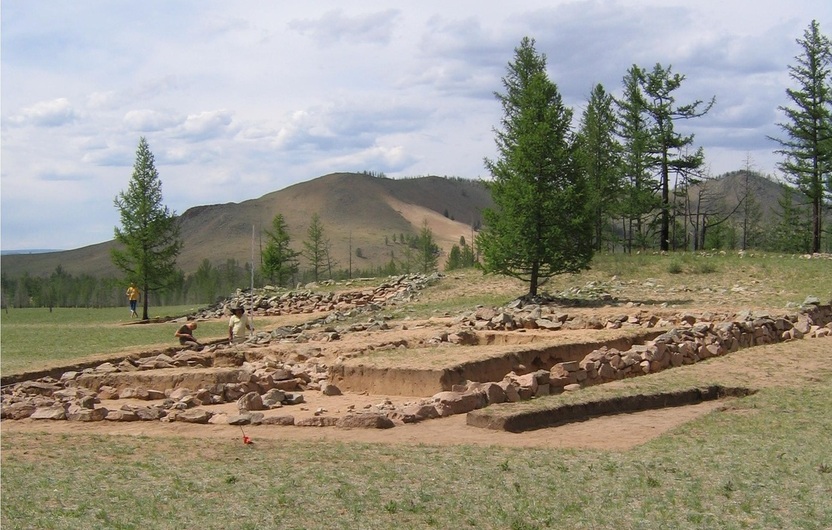
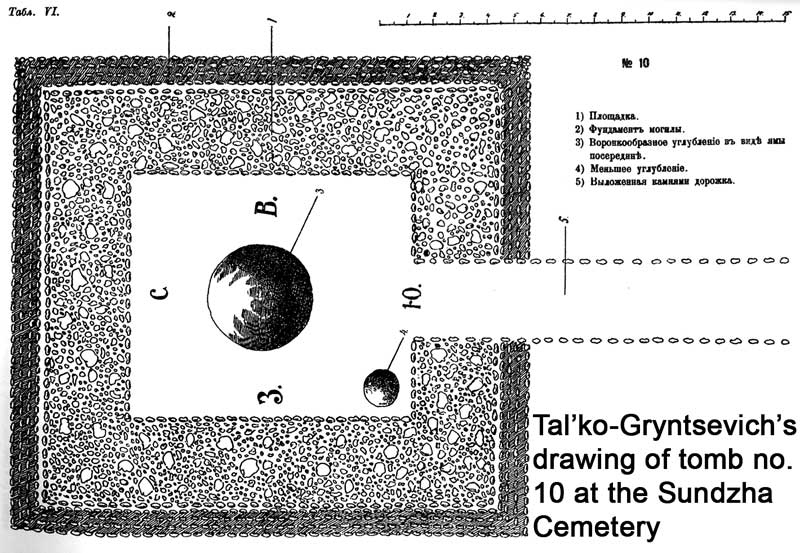
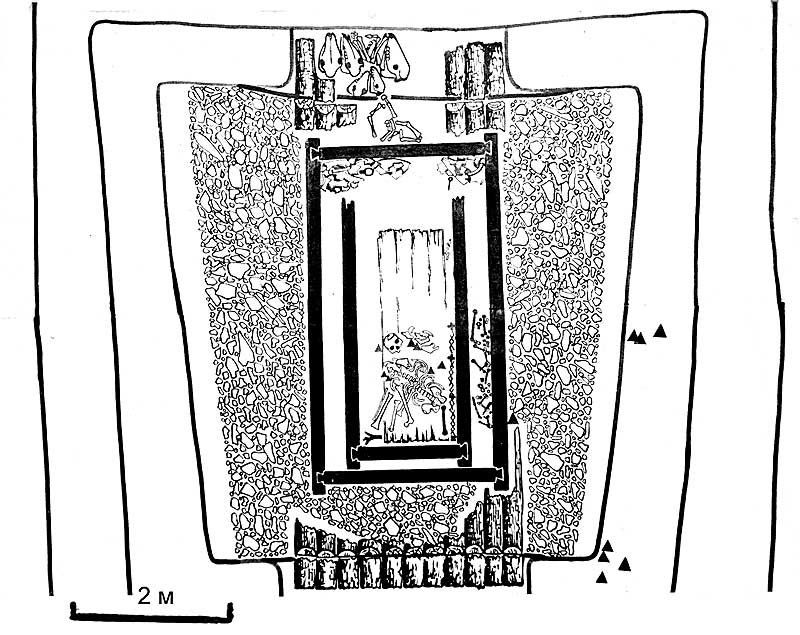
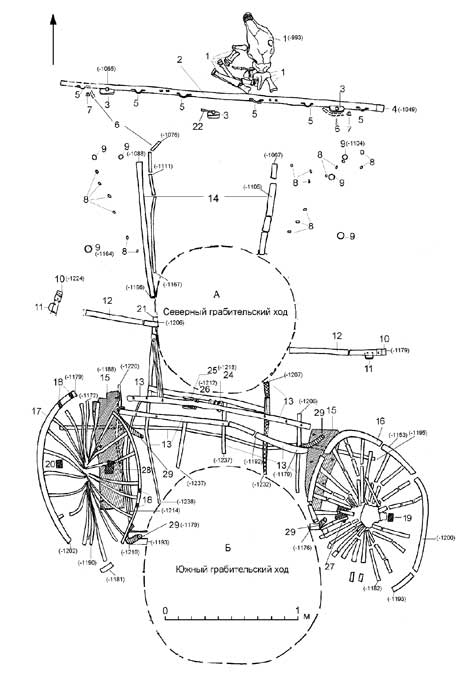
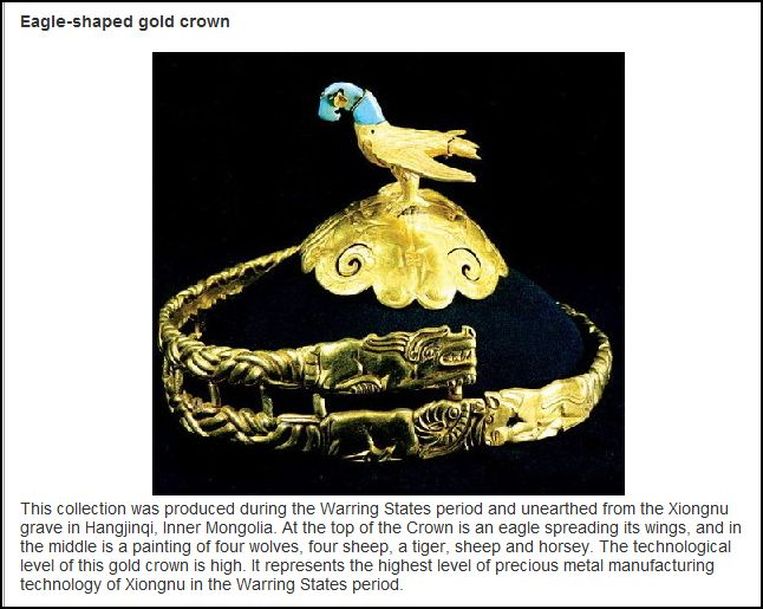
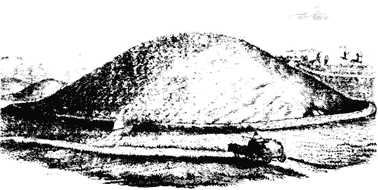



.thumb.jpg.04928aeabd7ea5fc969ee157a5bfd354.jpg)

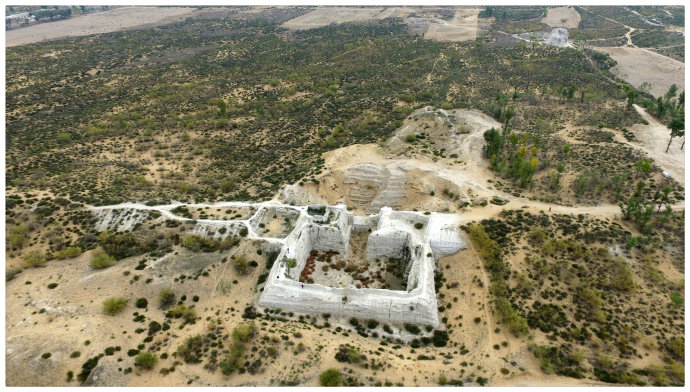
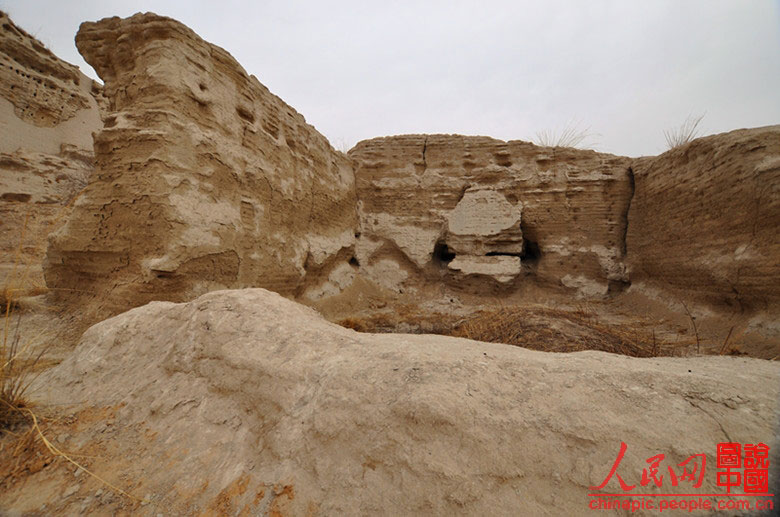
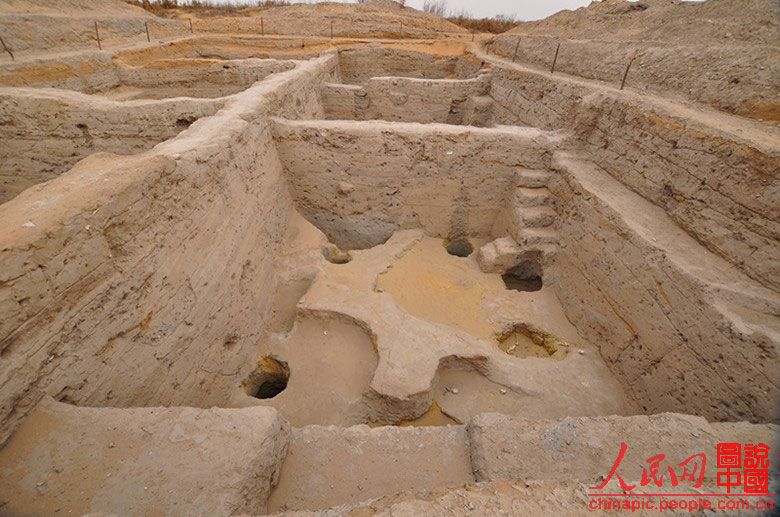
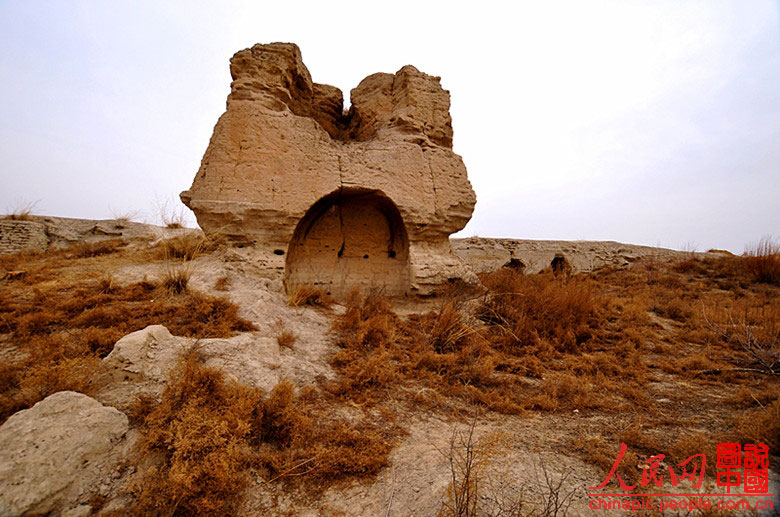
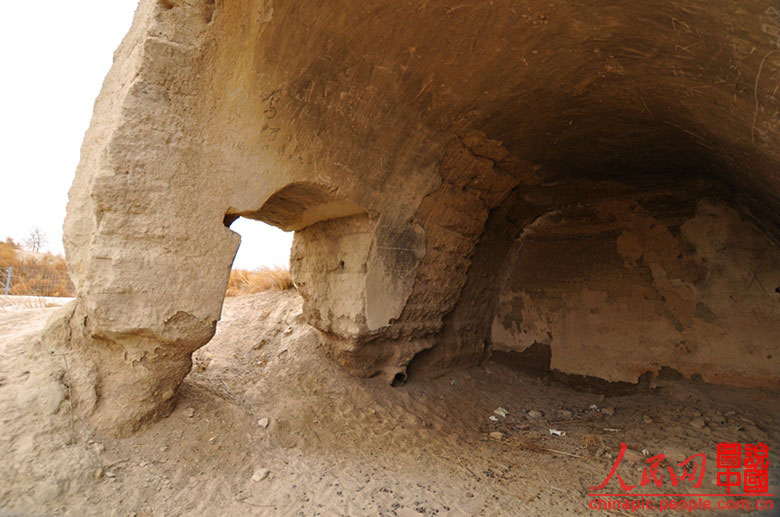

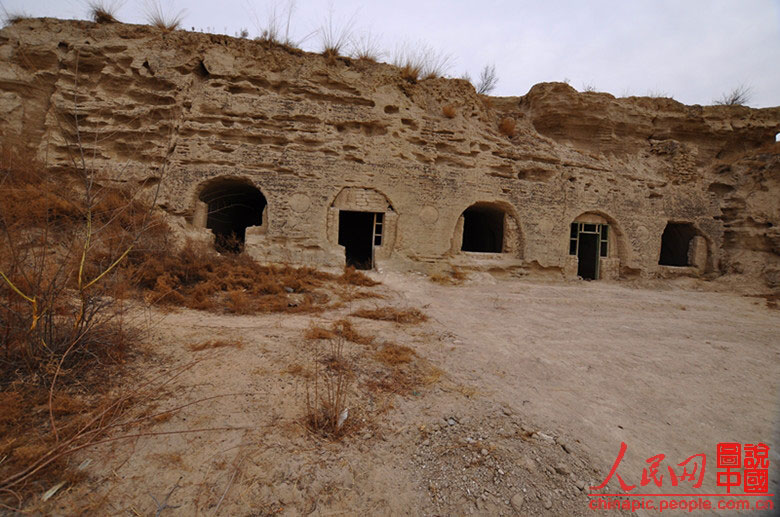
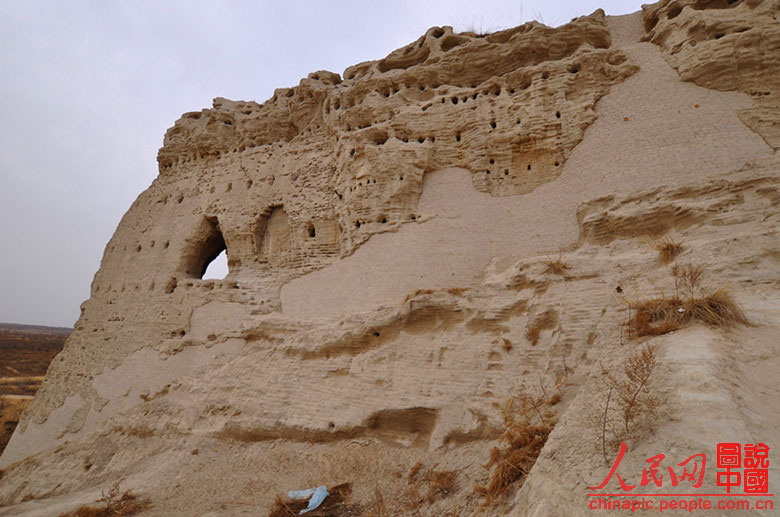
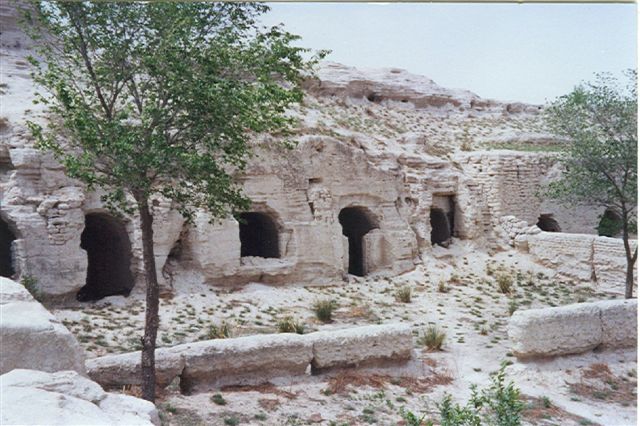
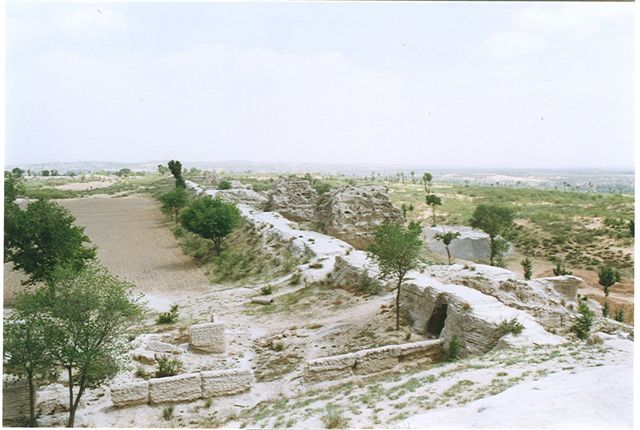
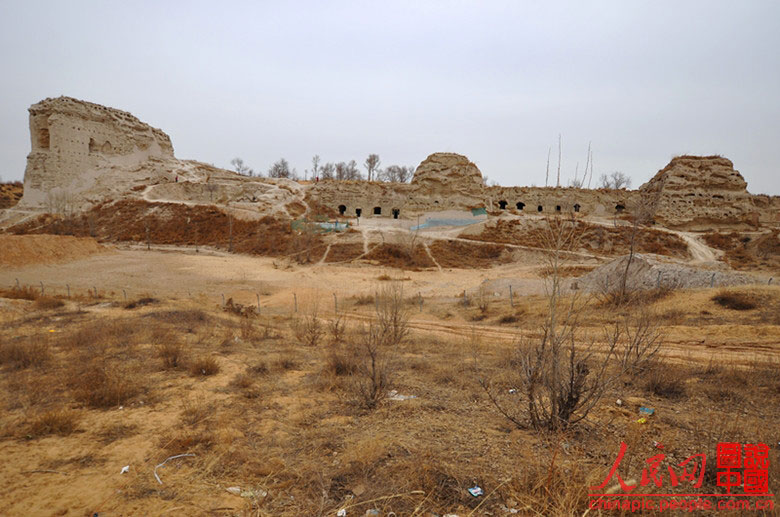
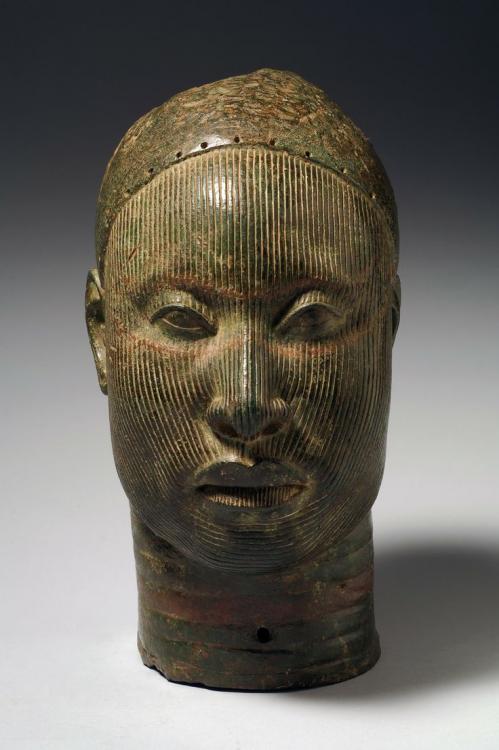
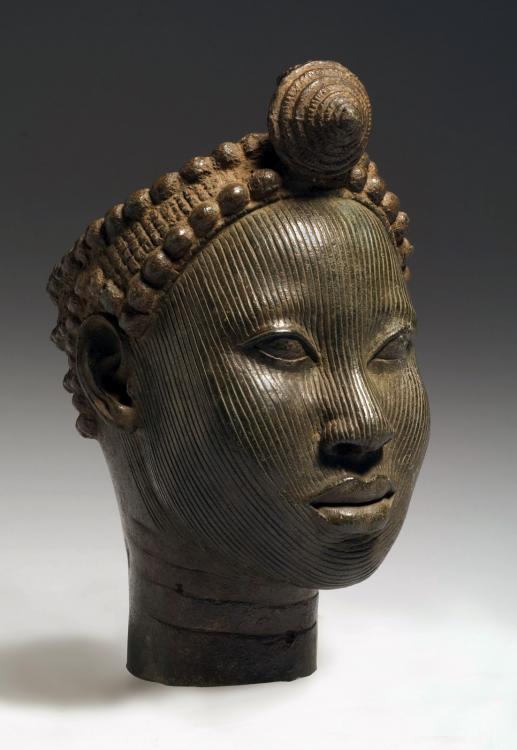
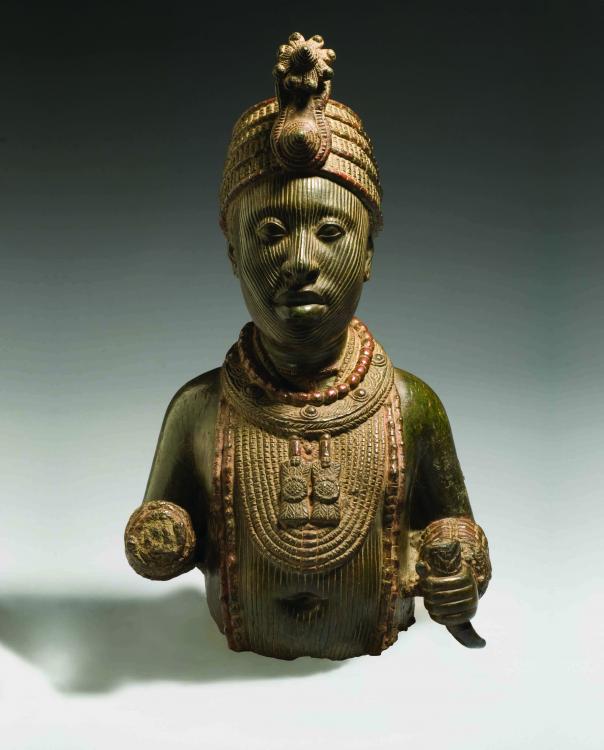
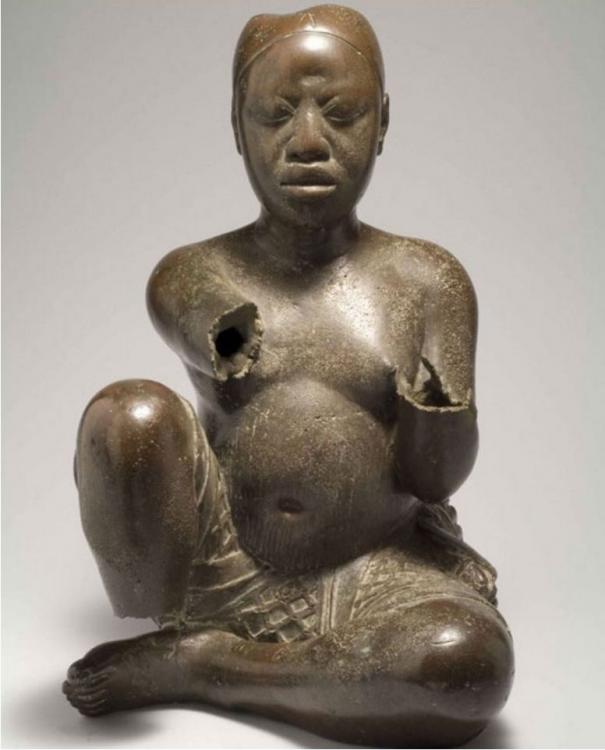
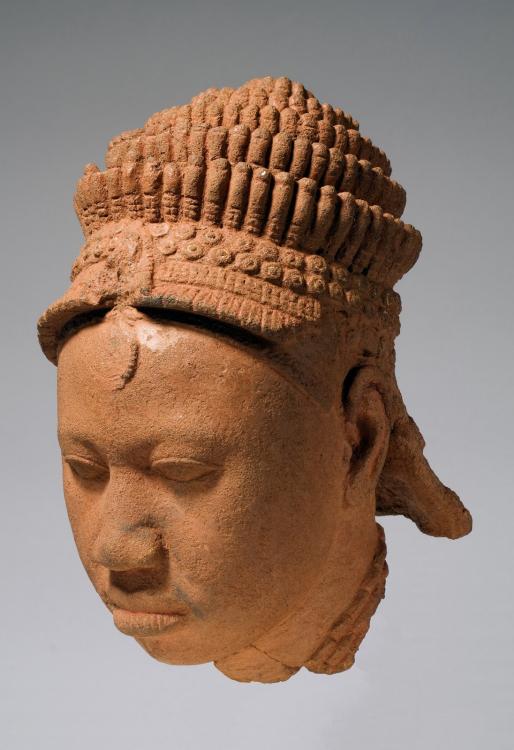
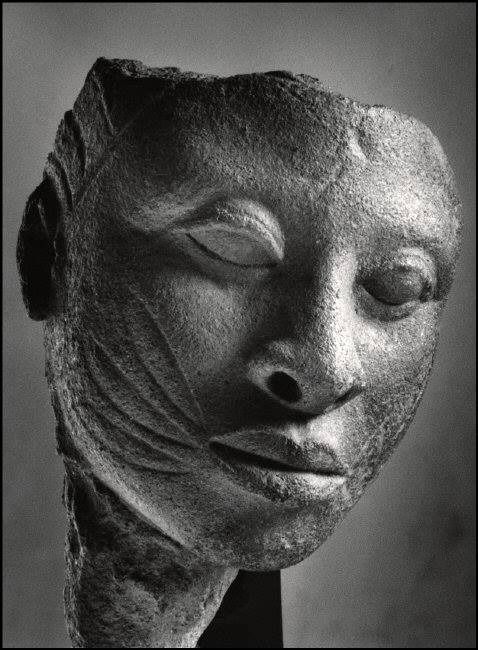
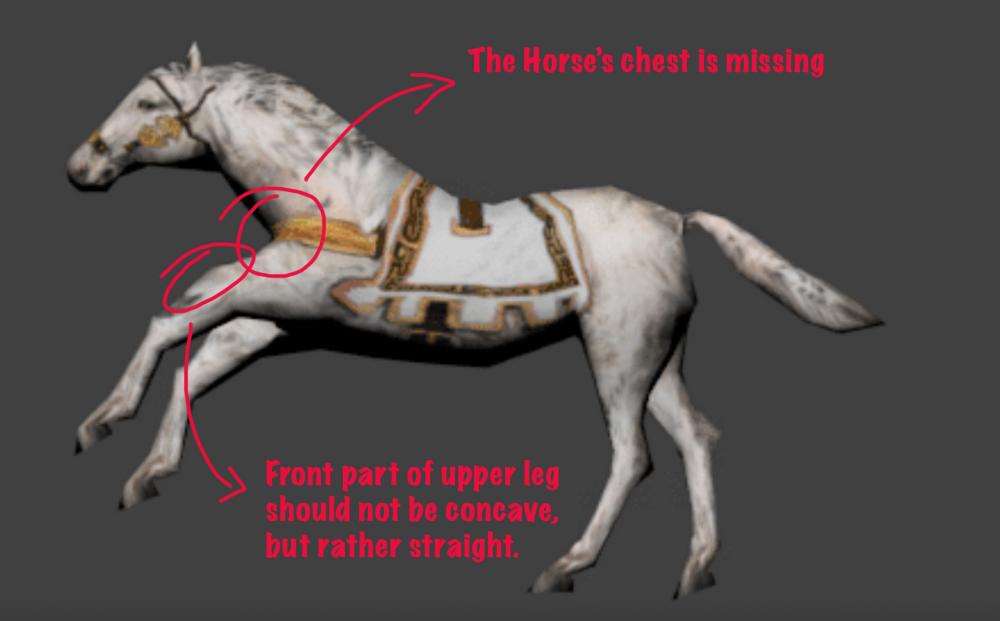
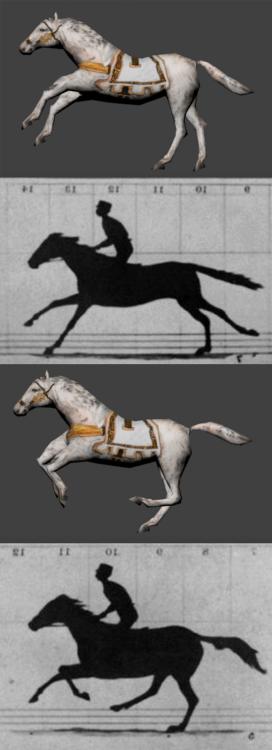
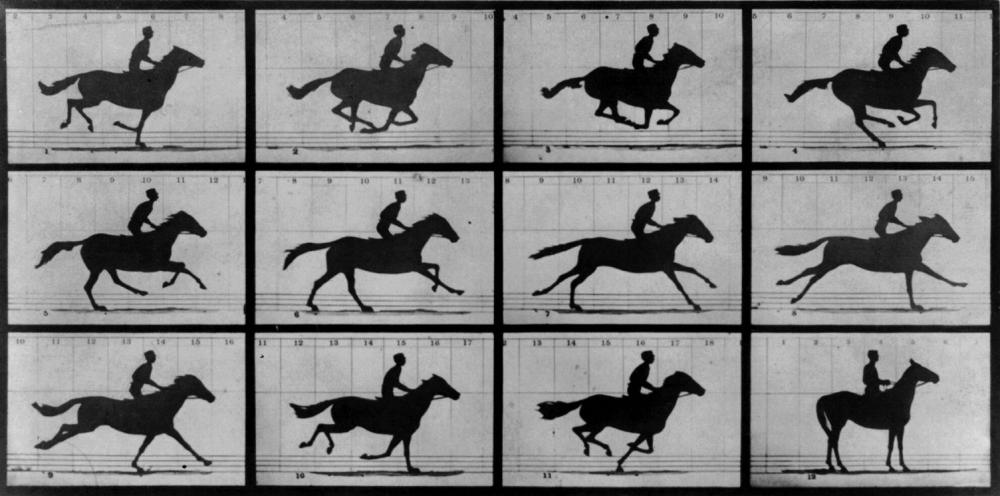
===[COMMITTED]=== Horse Update
in Completed Art Tasks
Posted
Yes, much better!